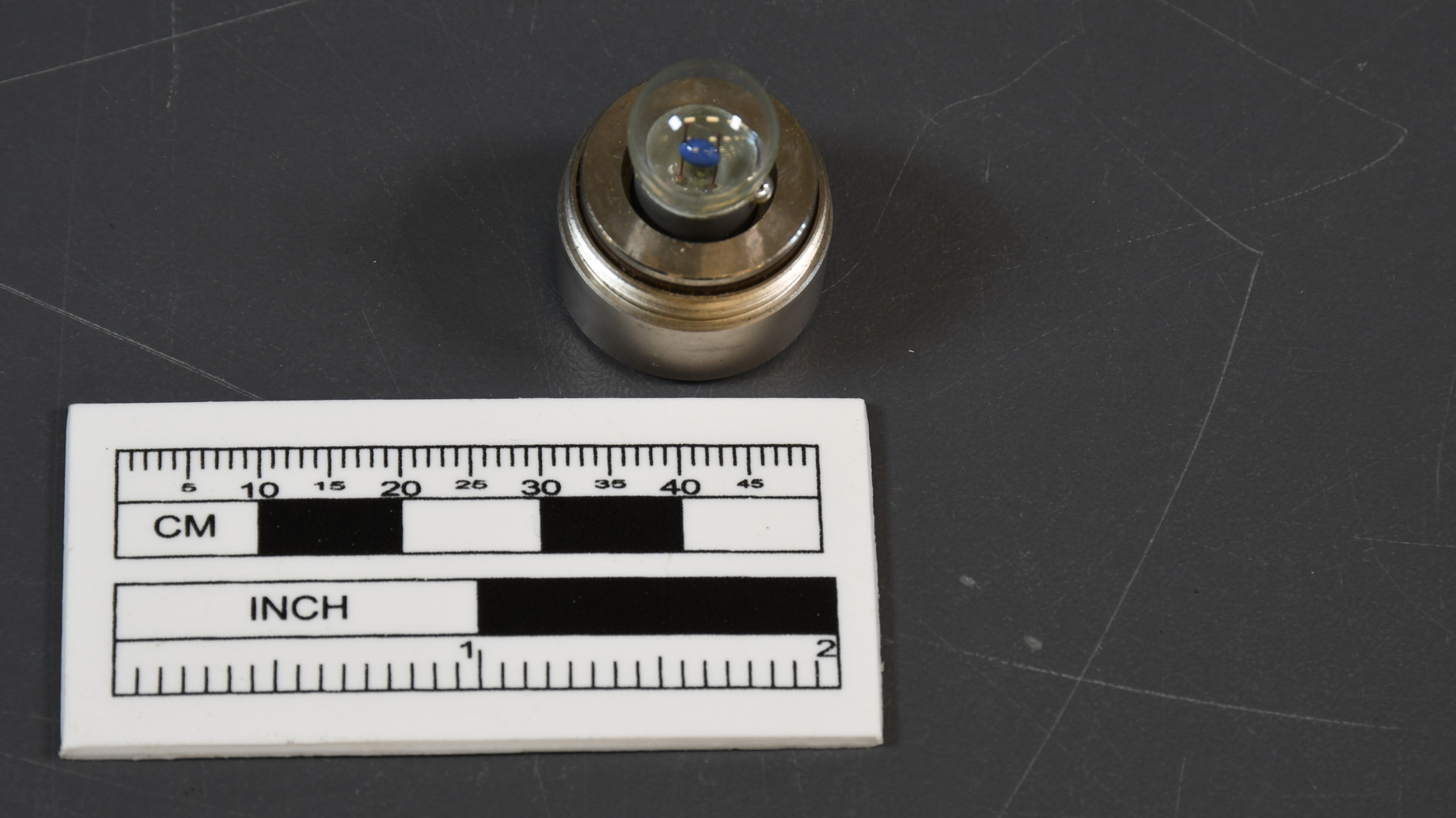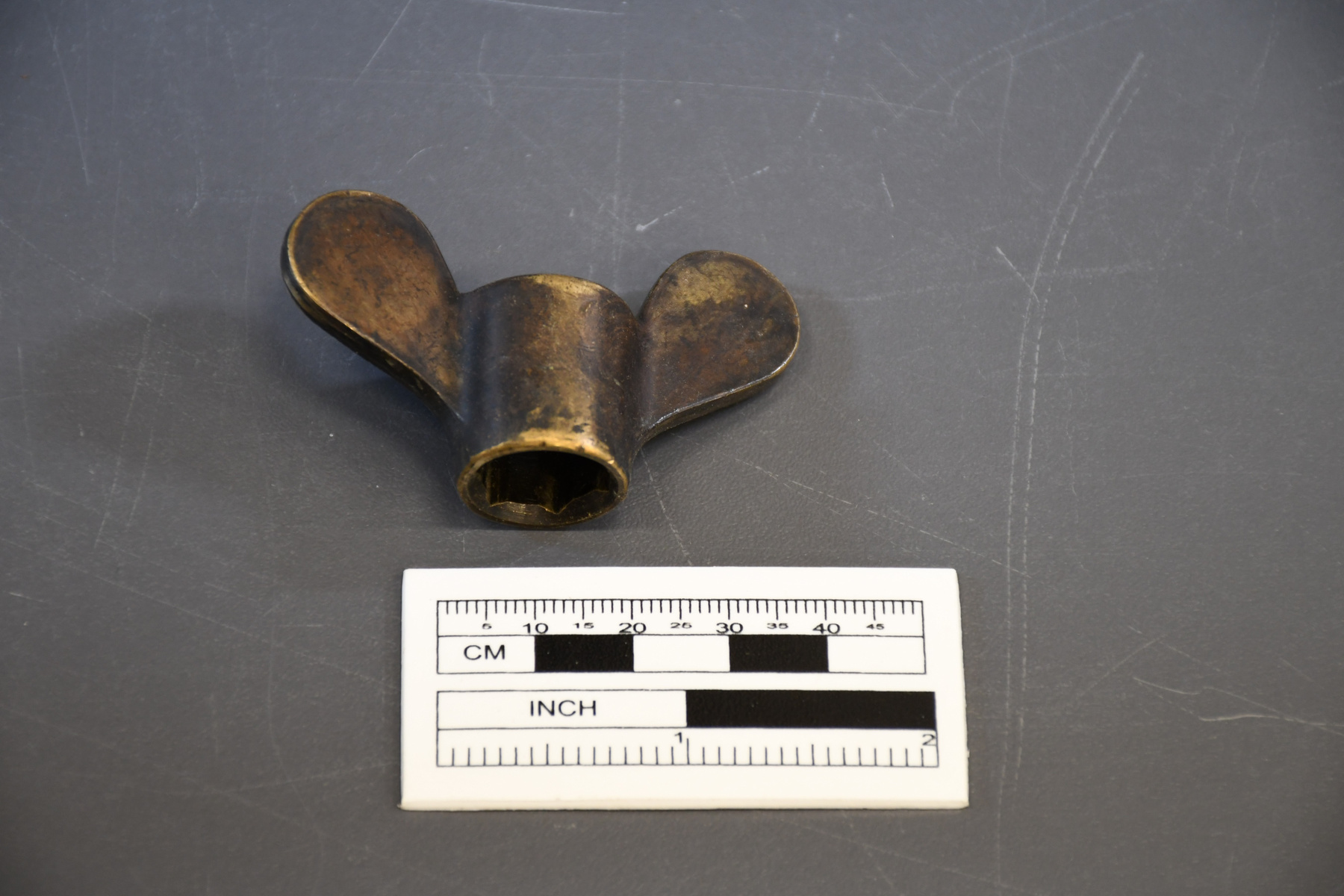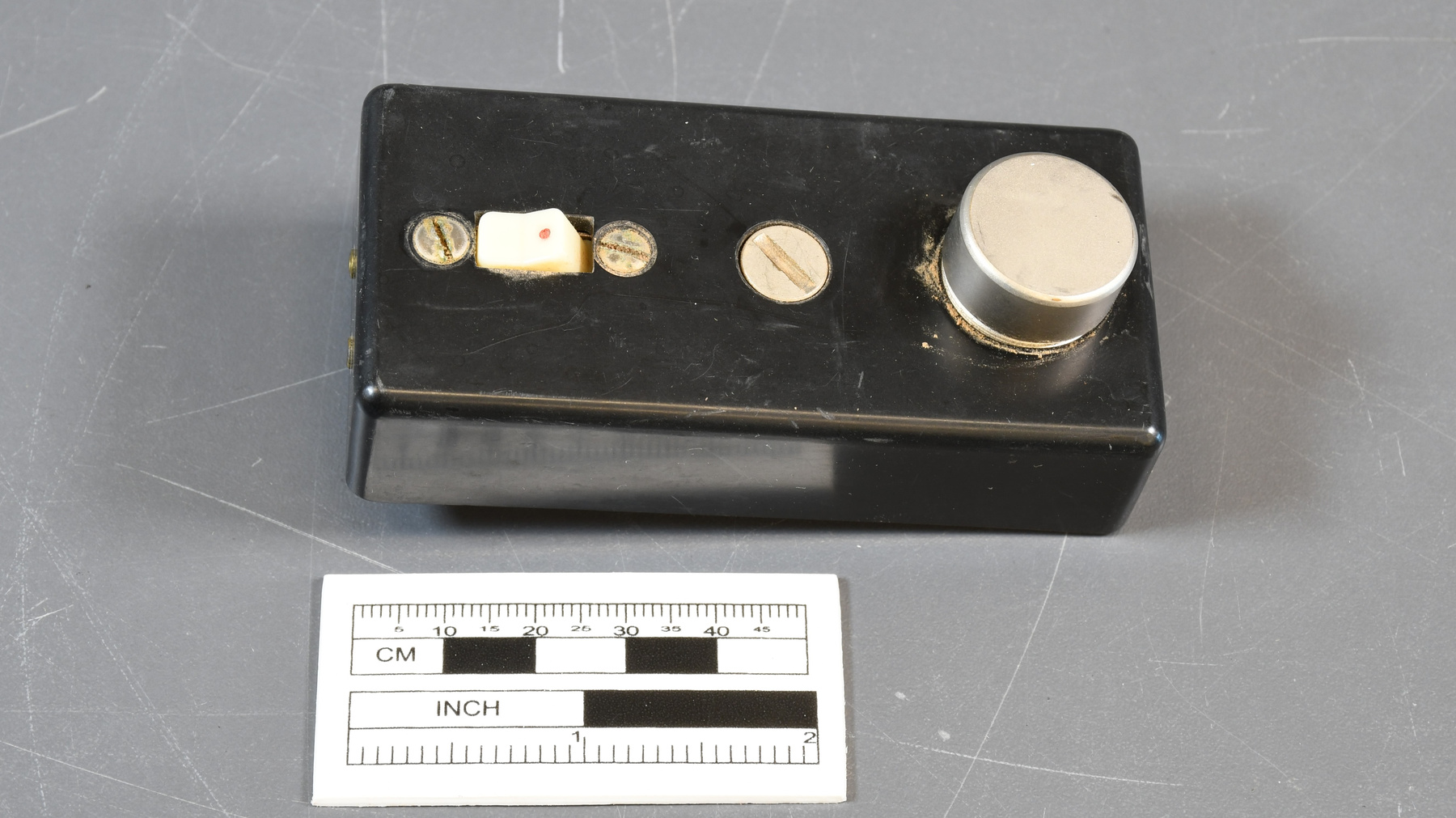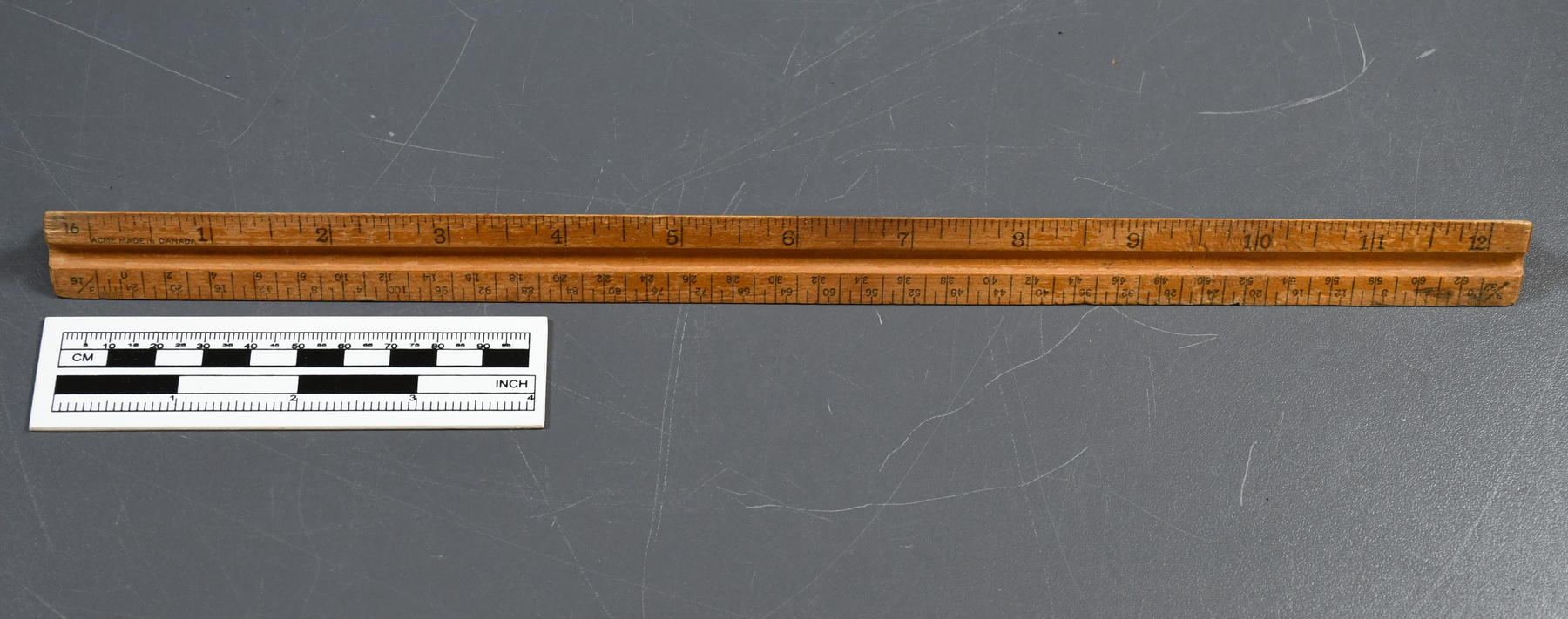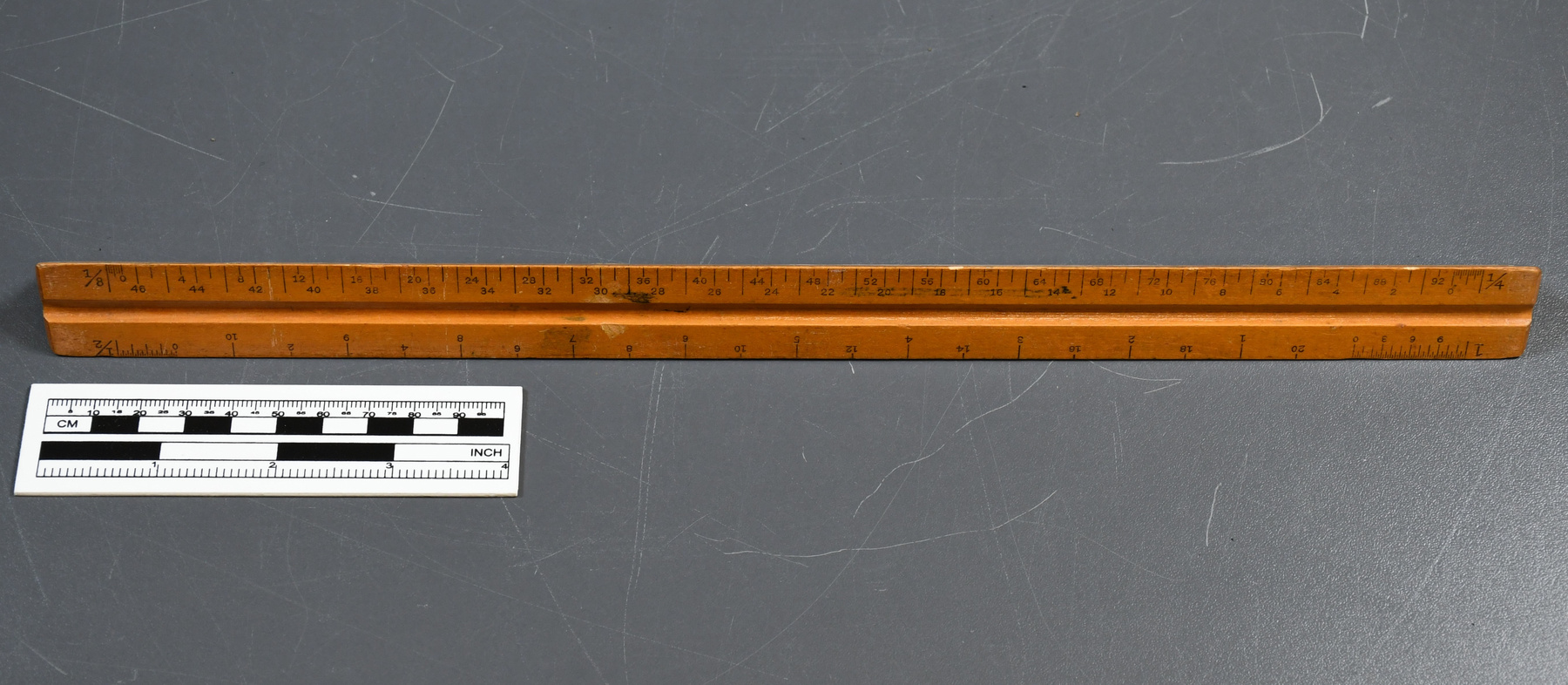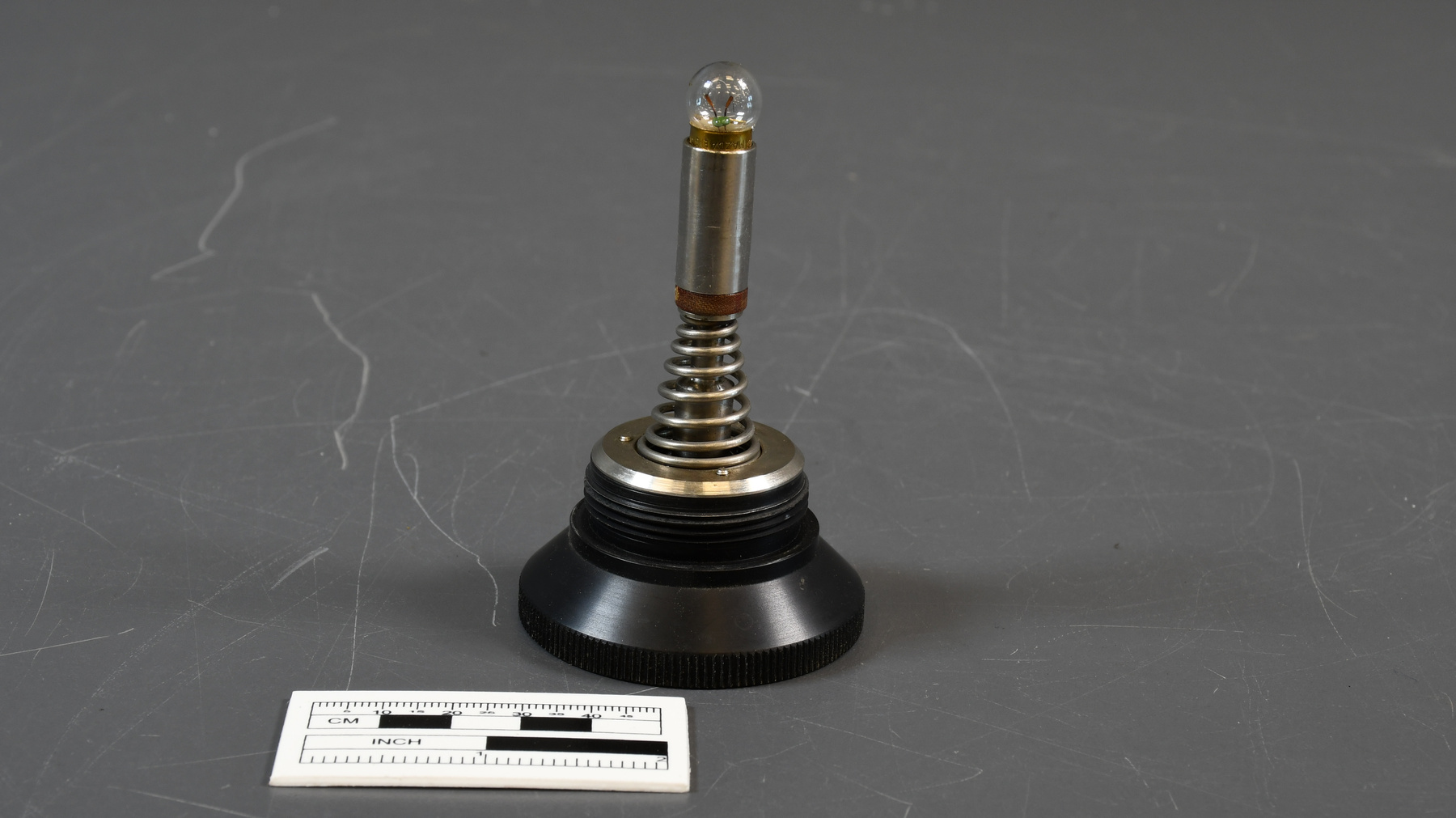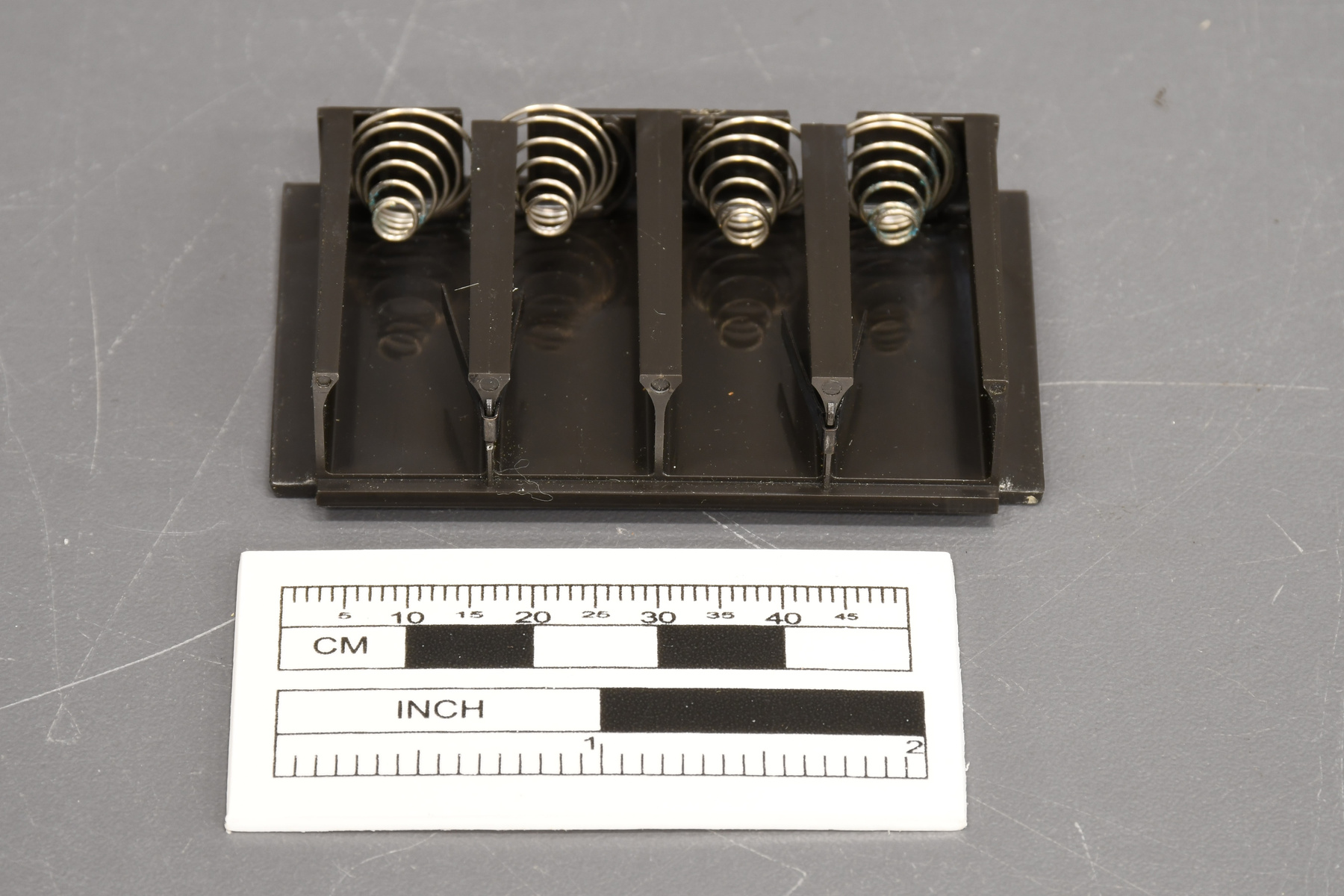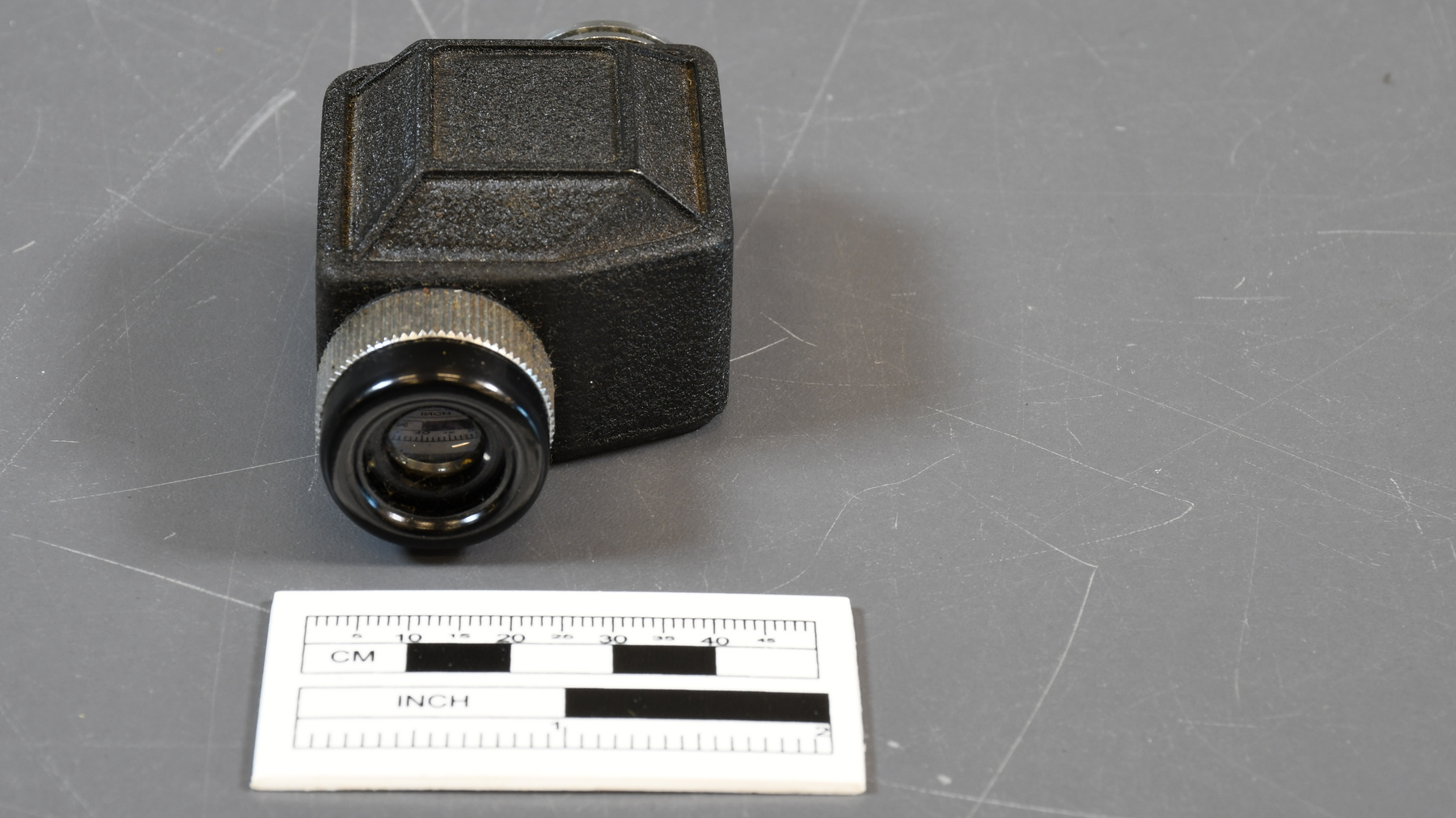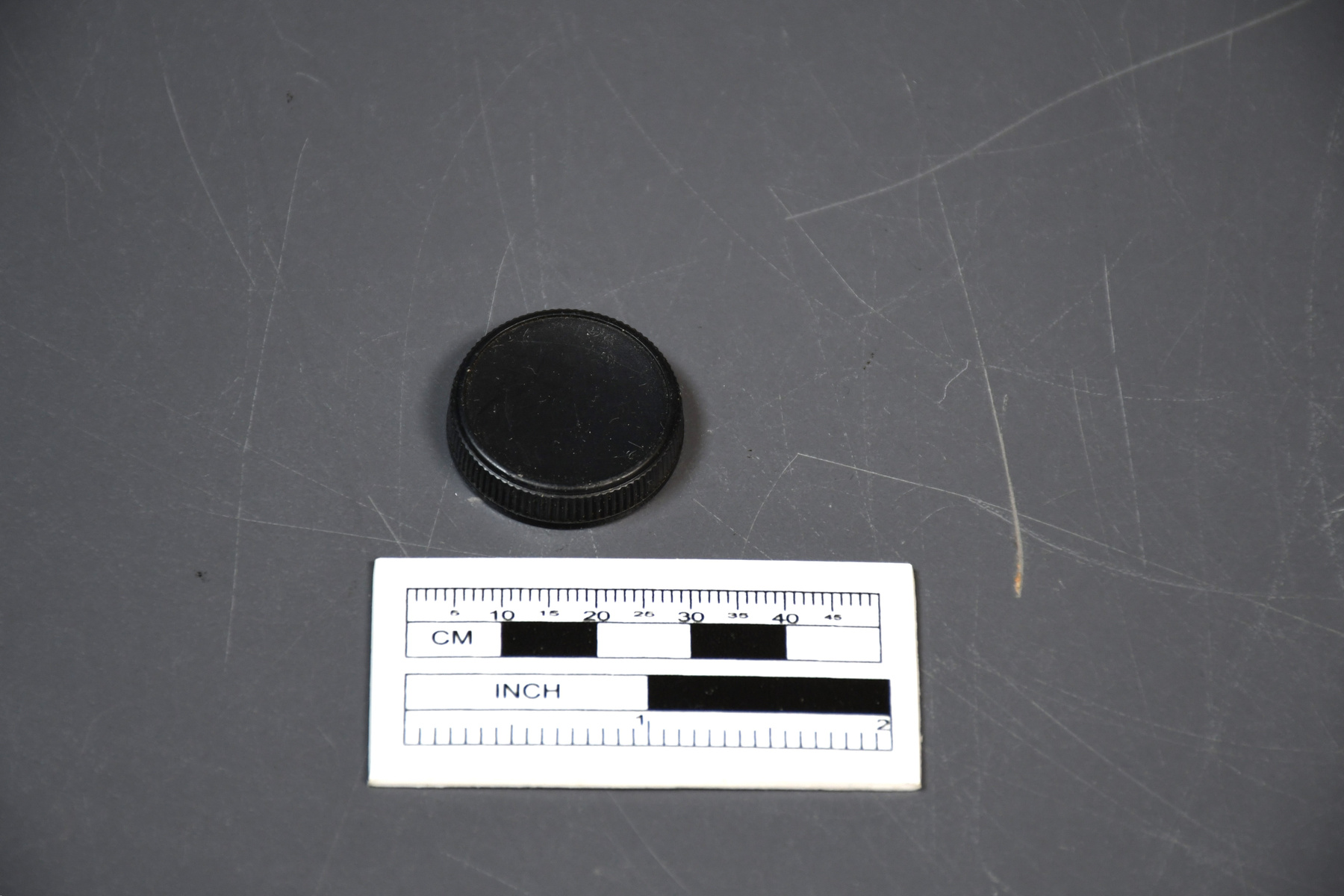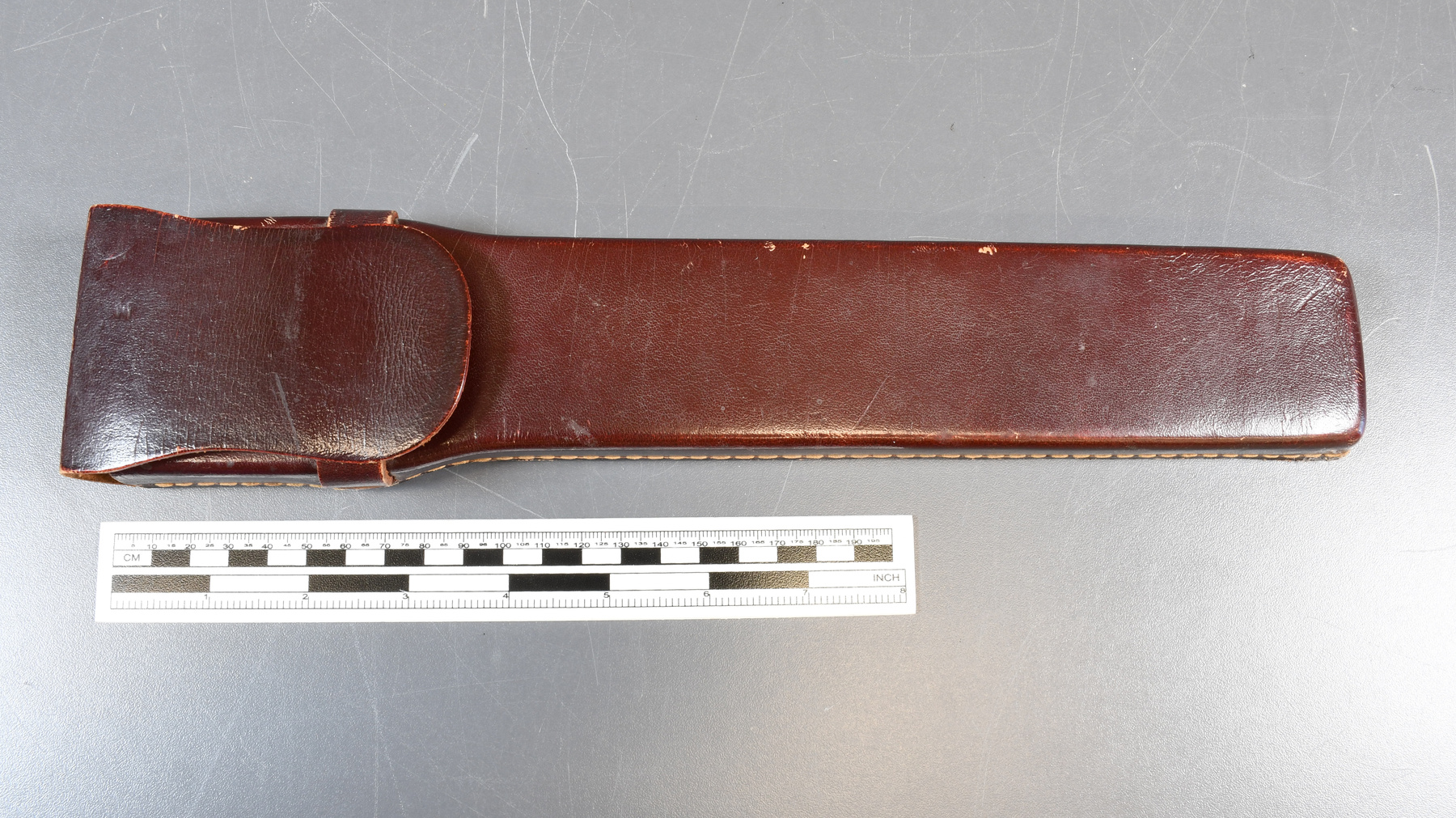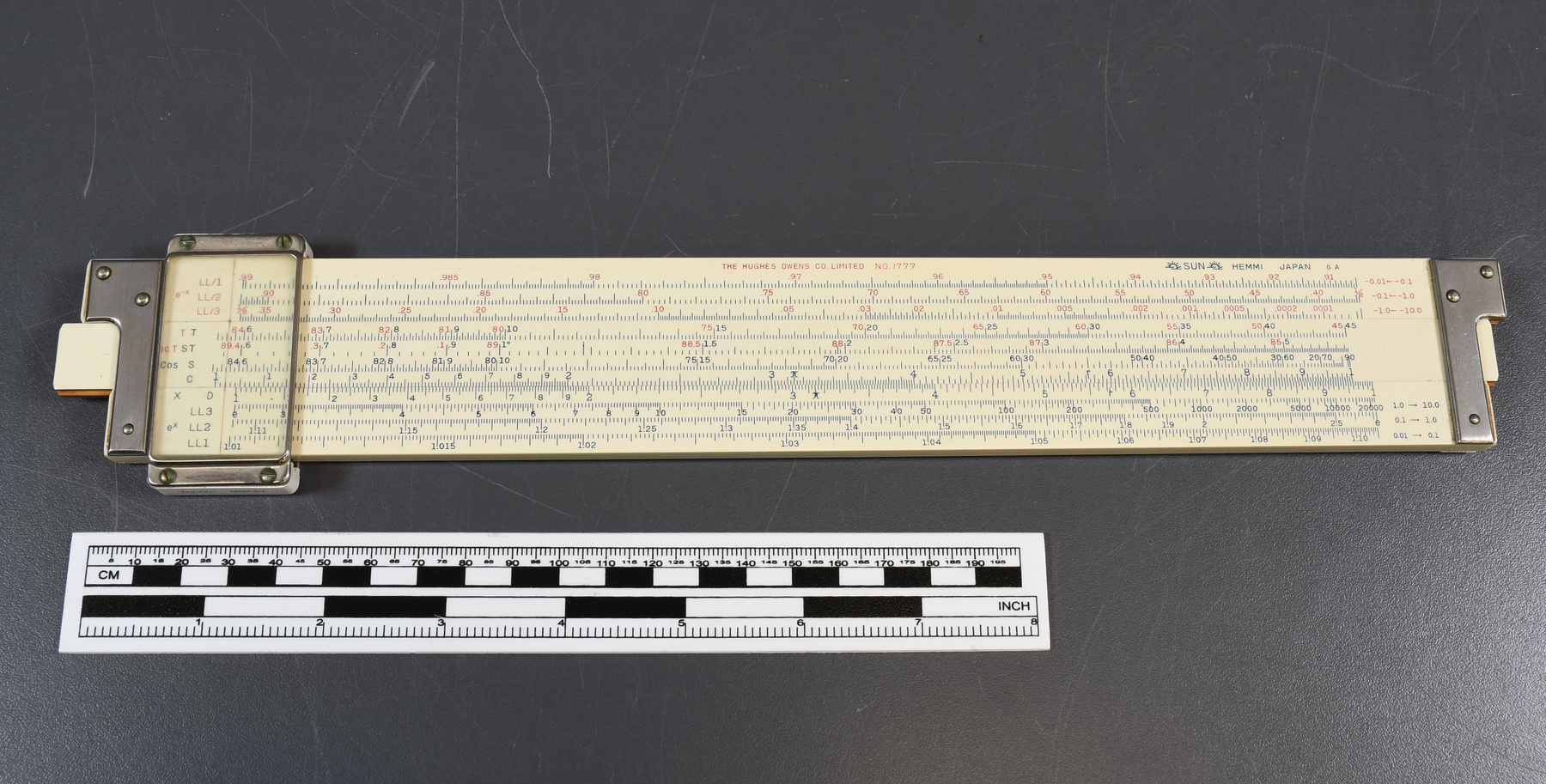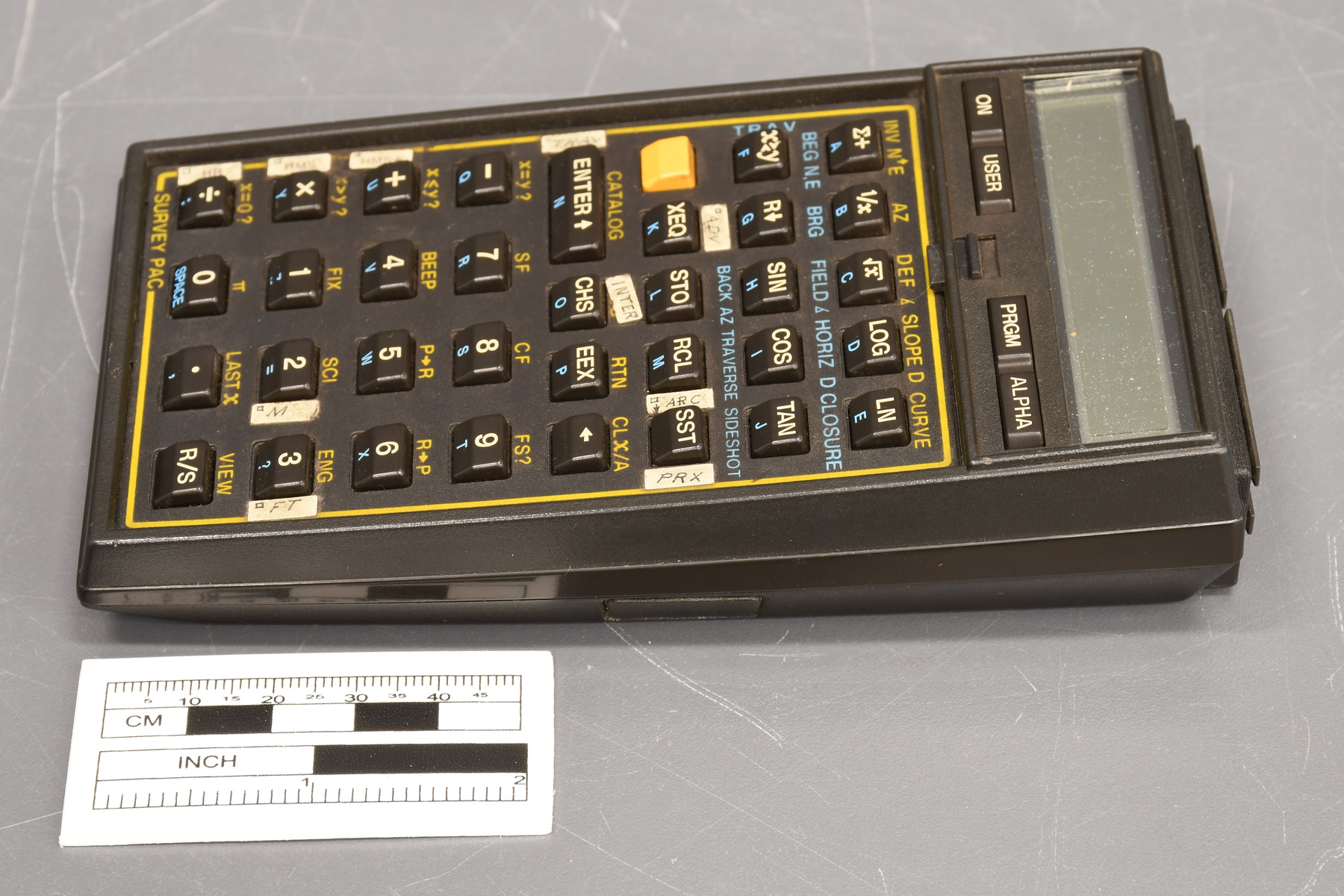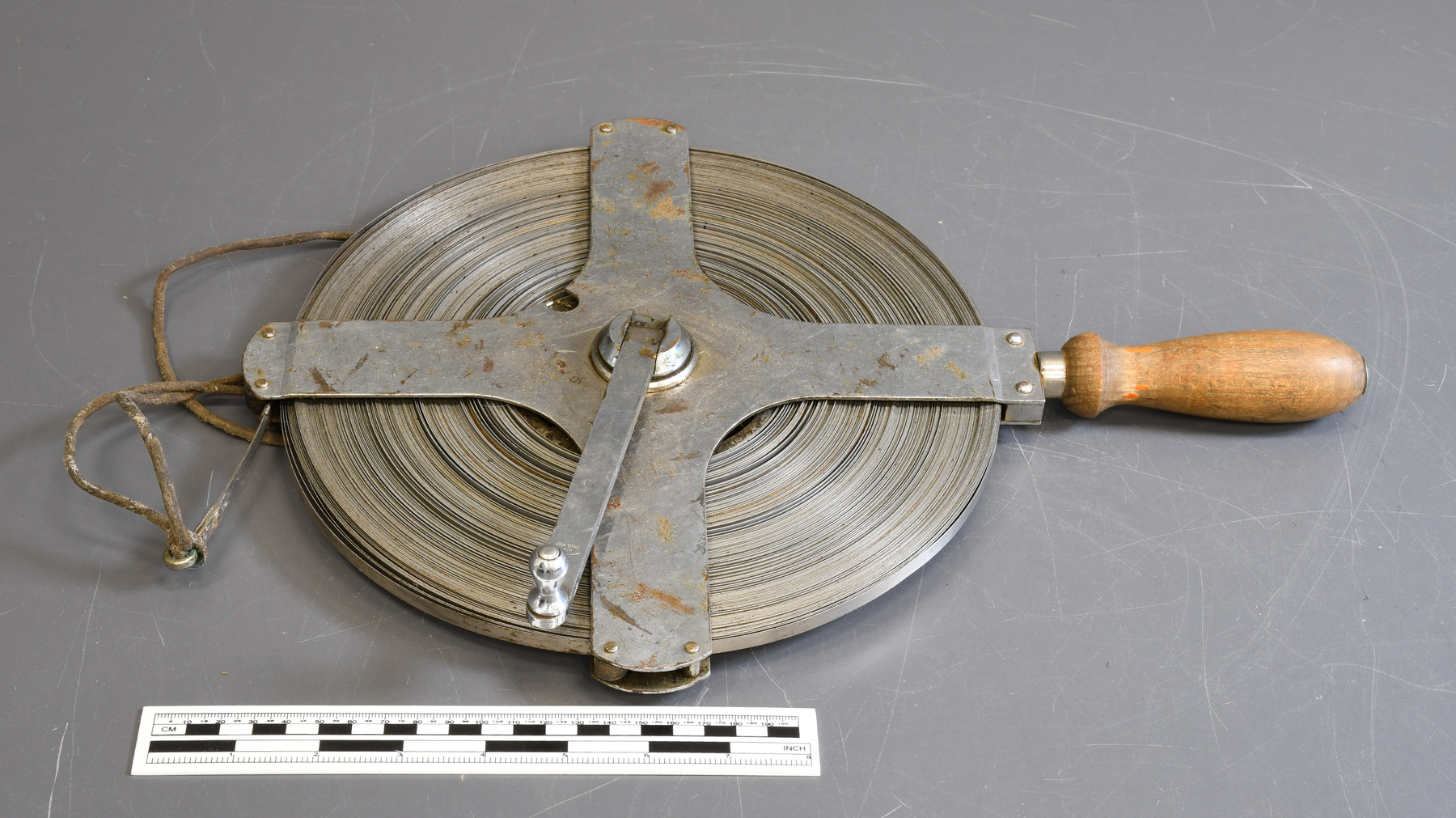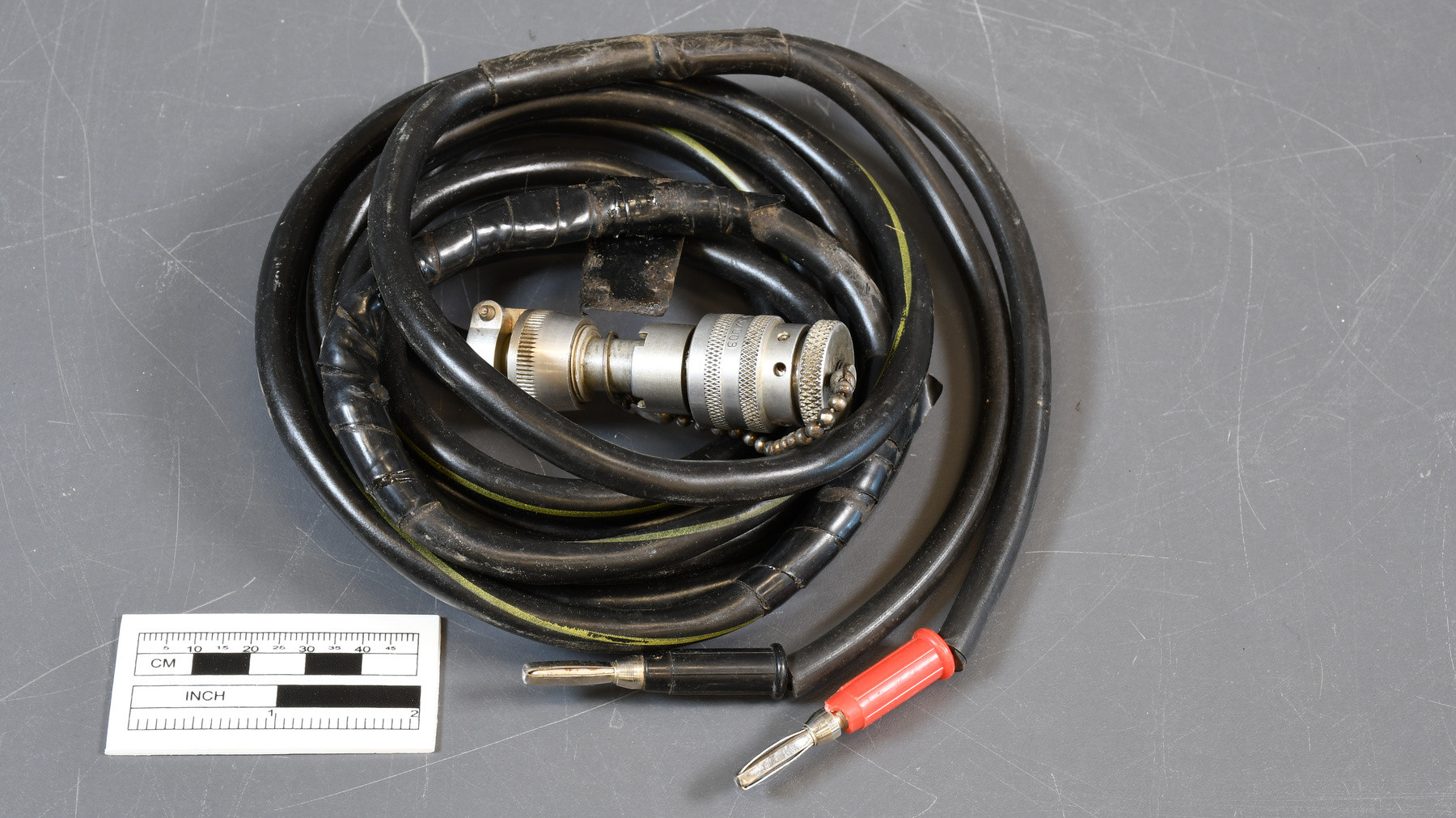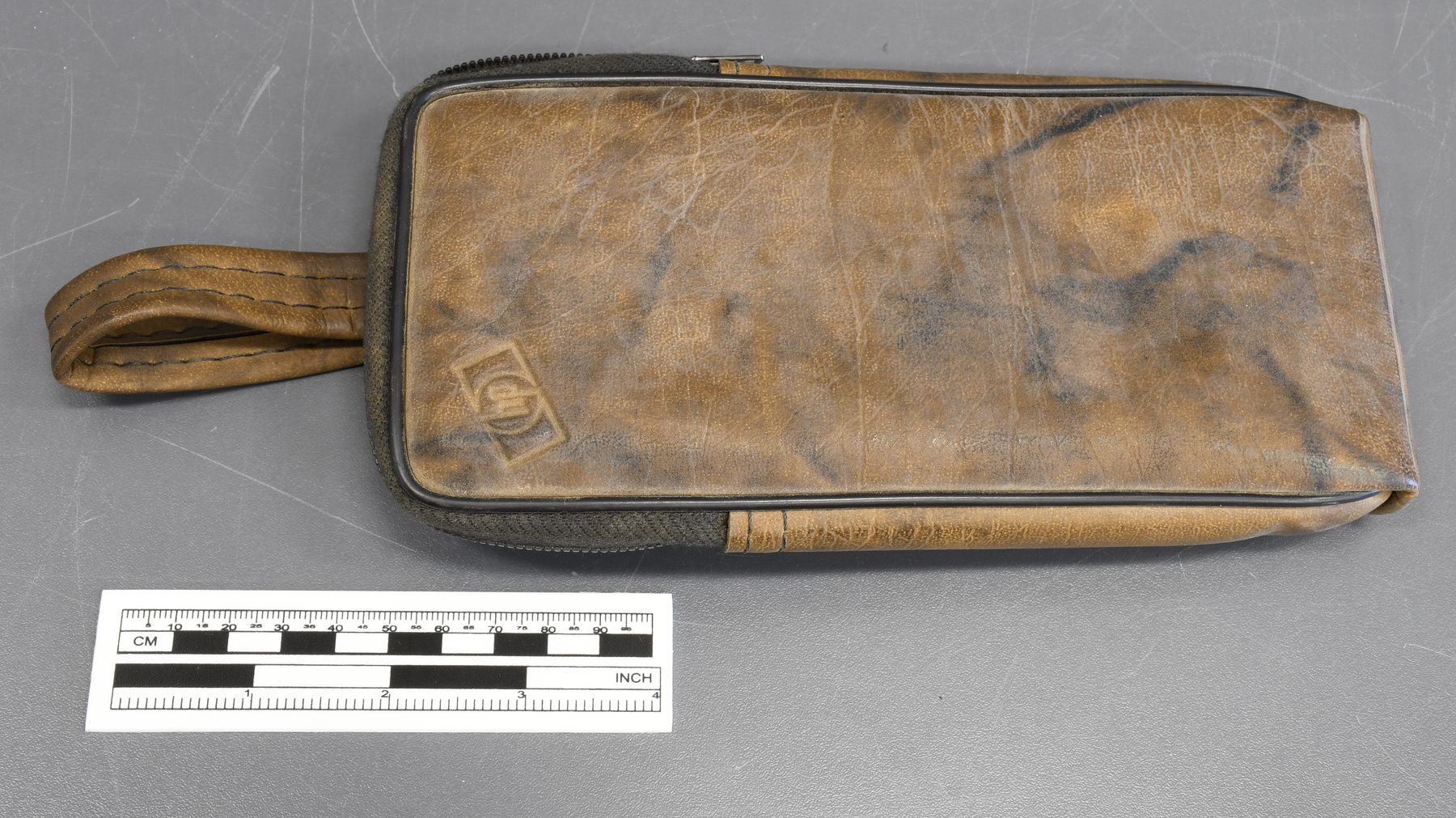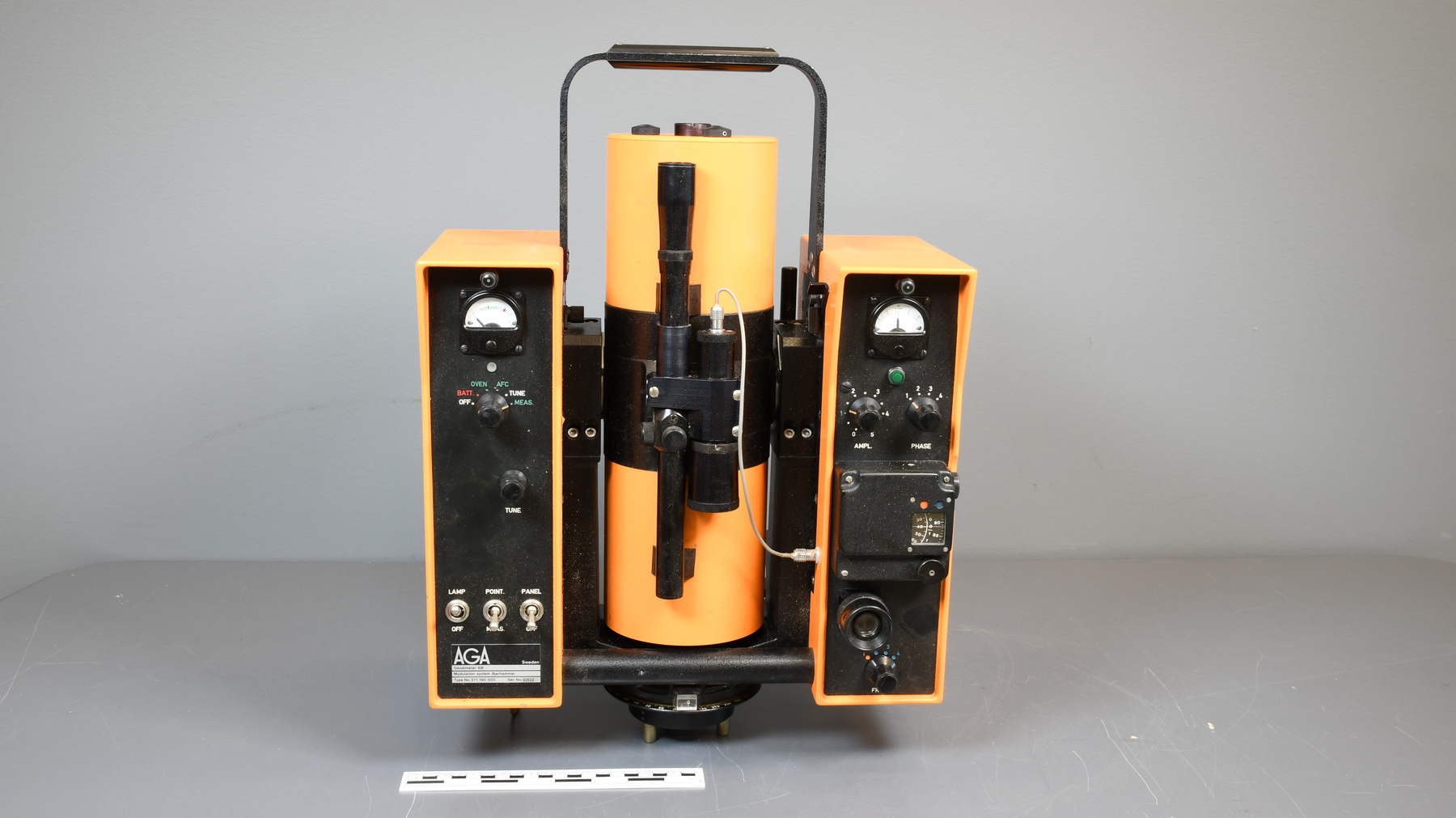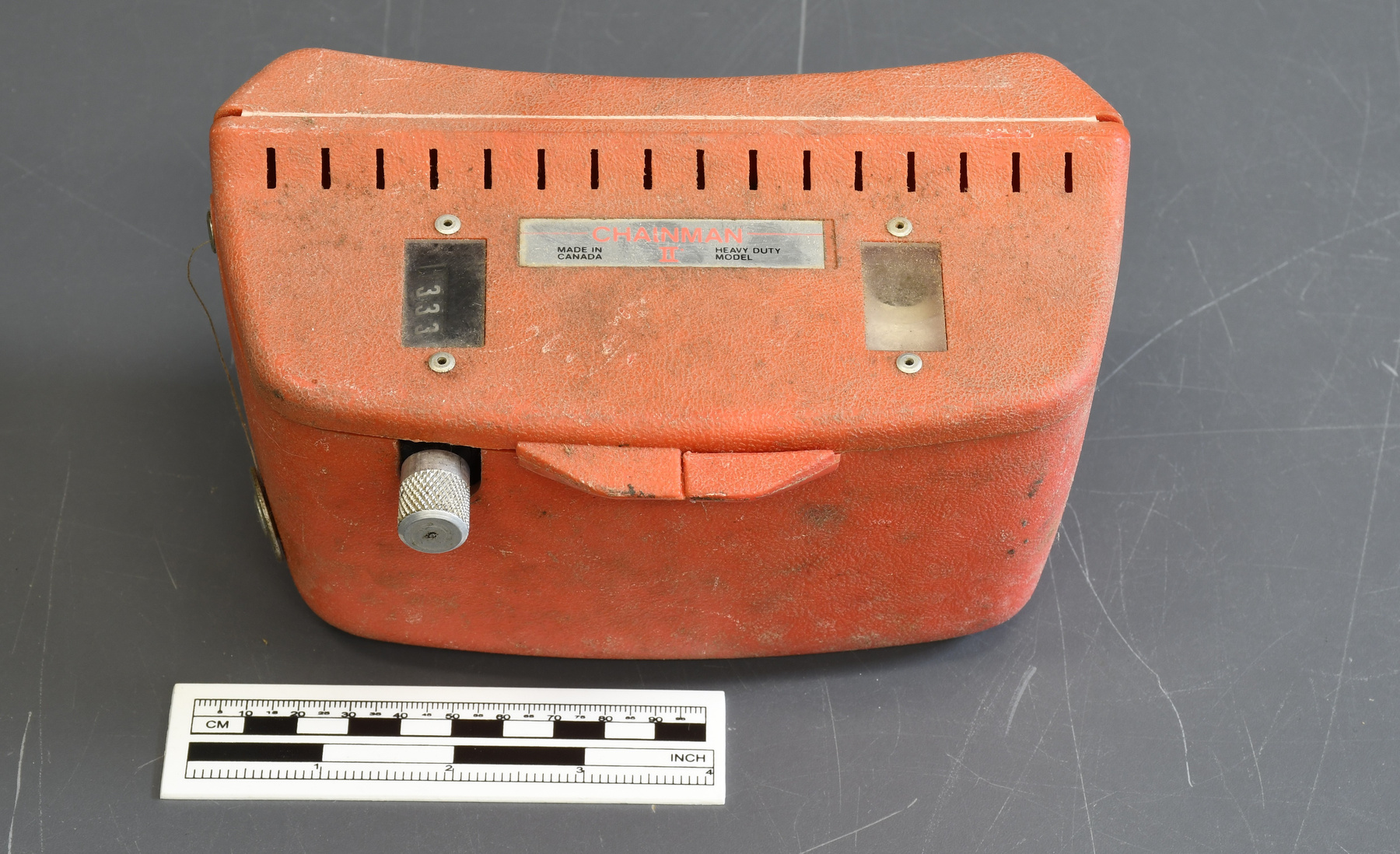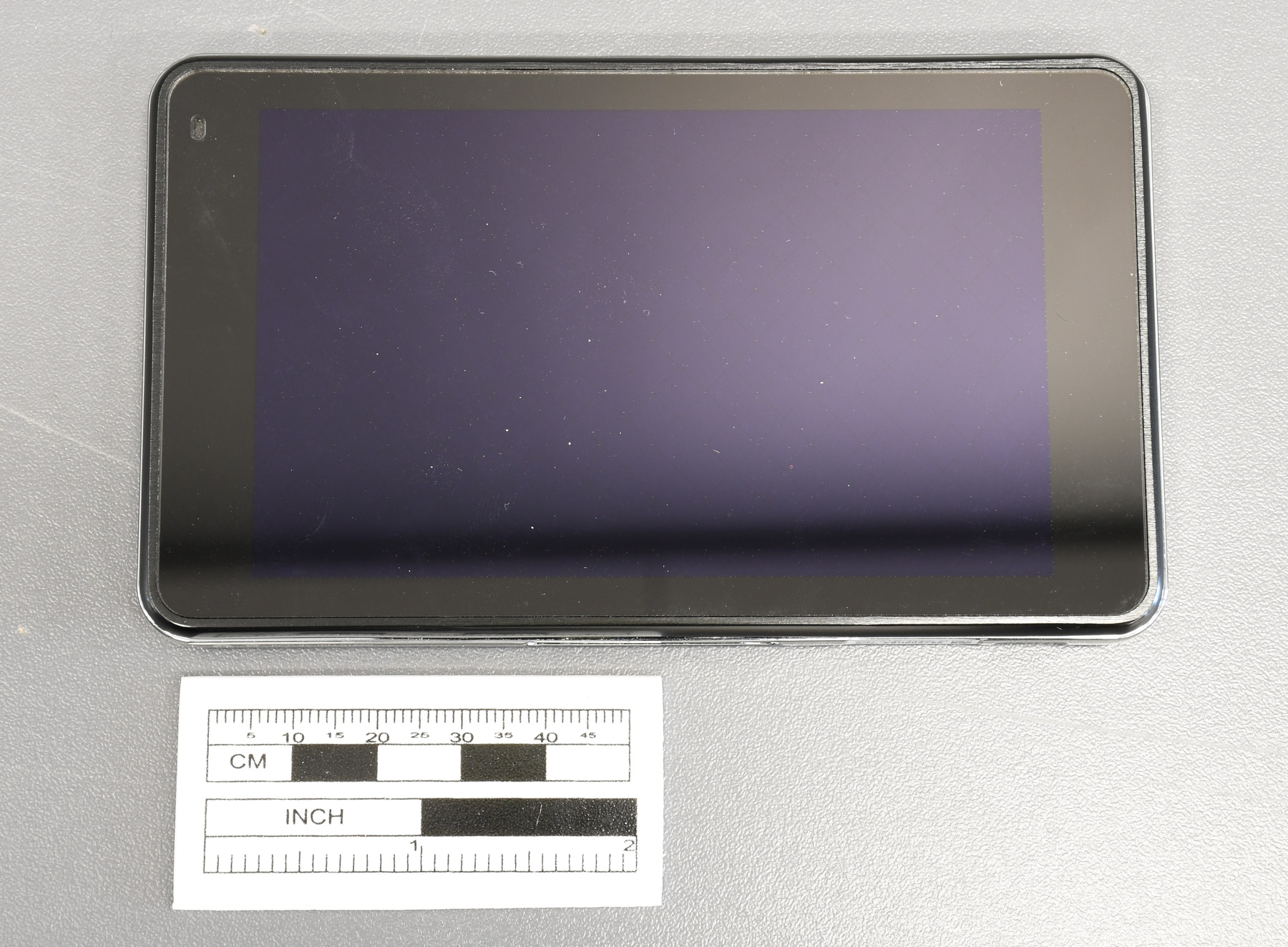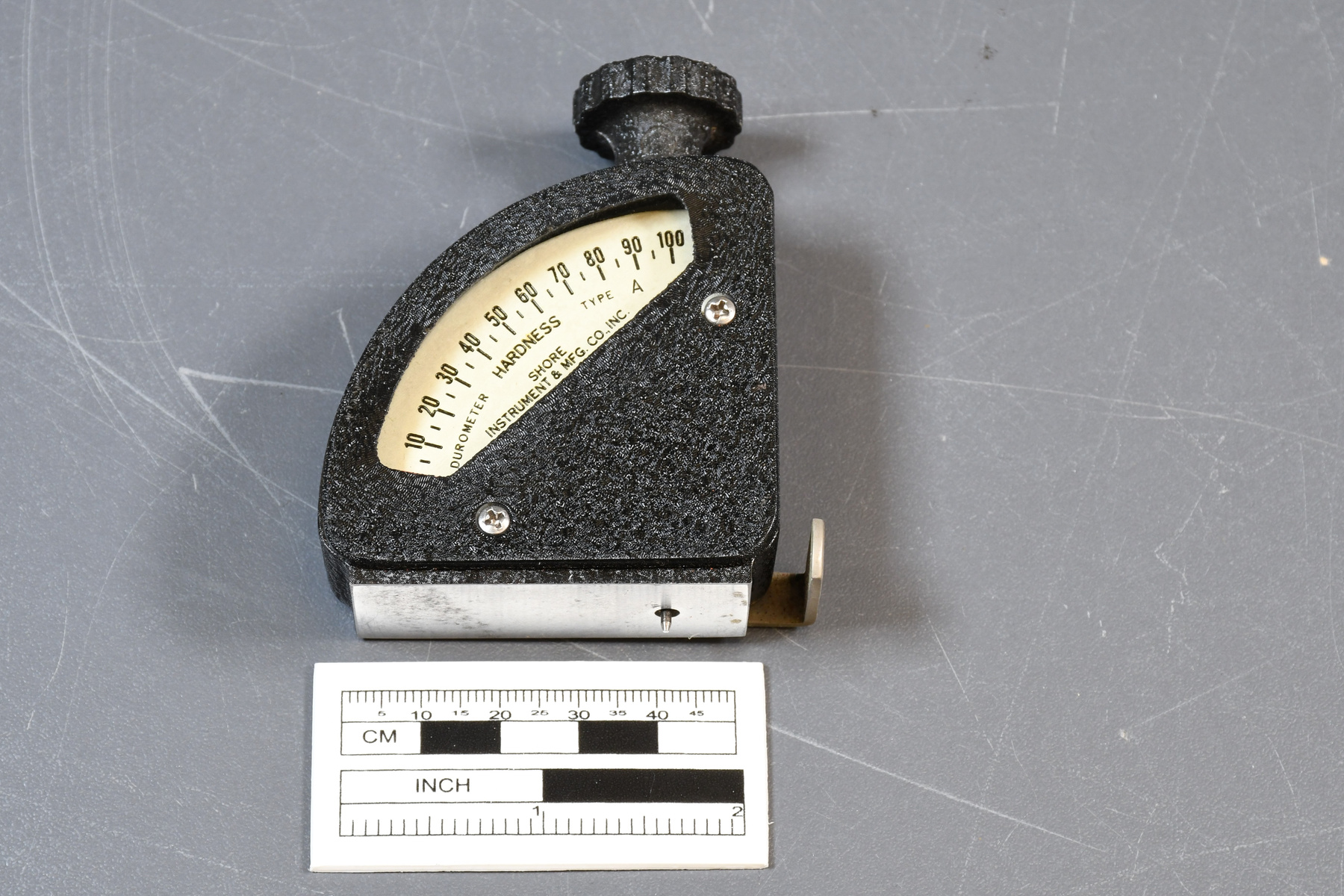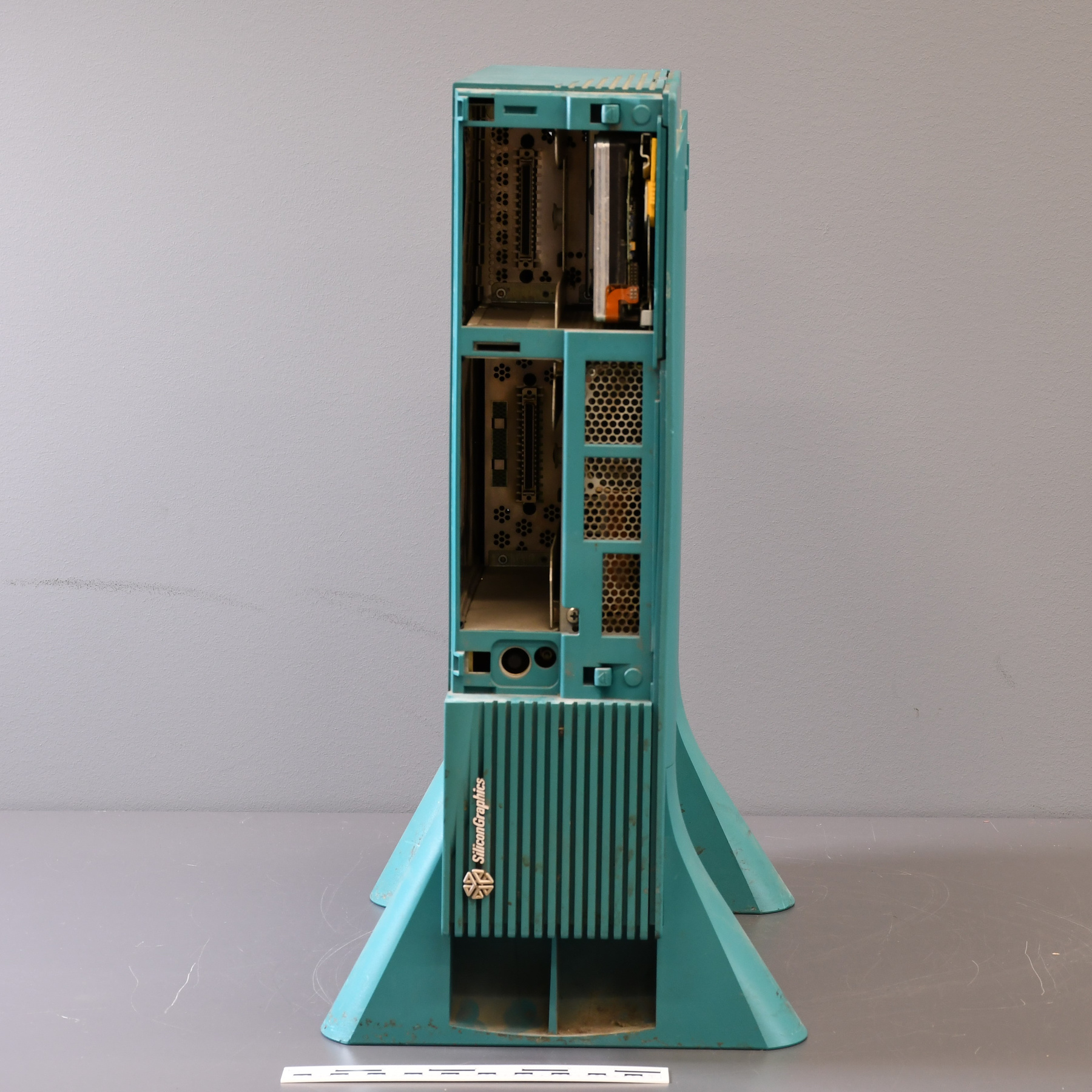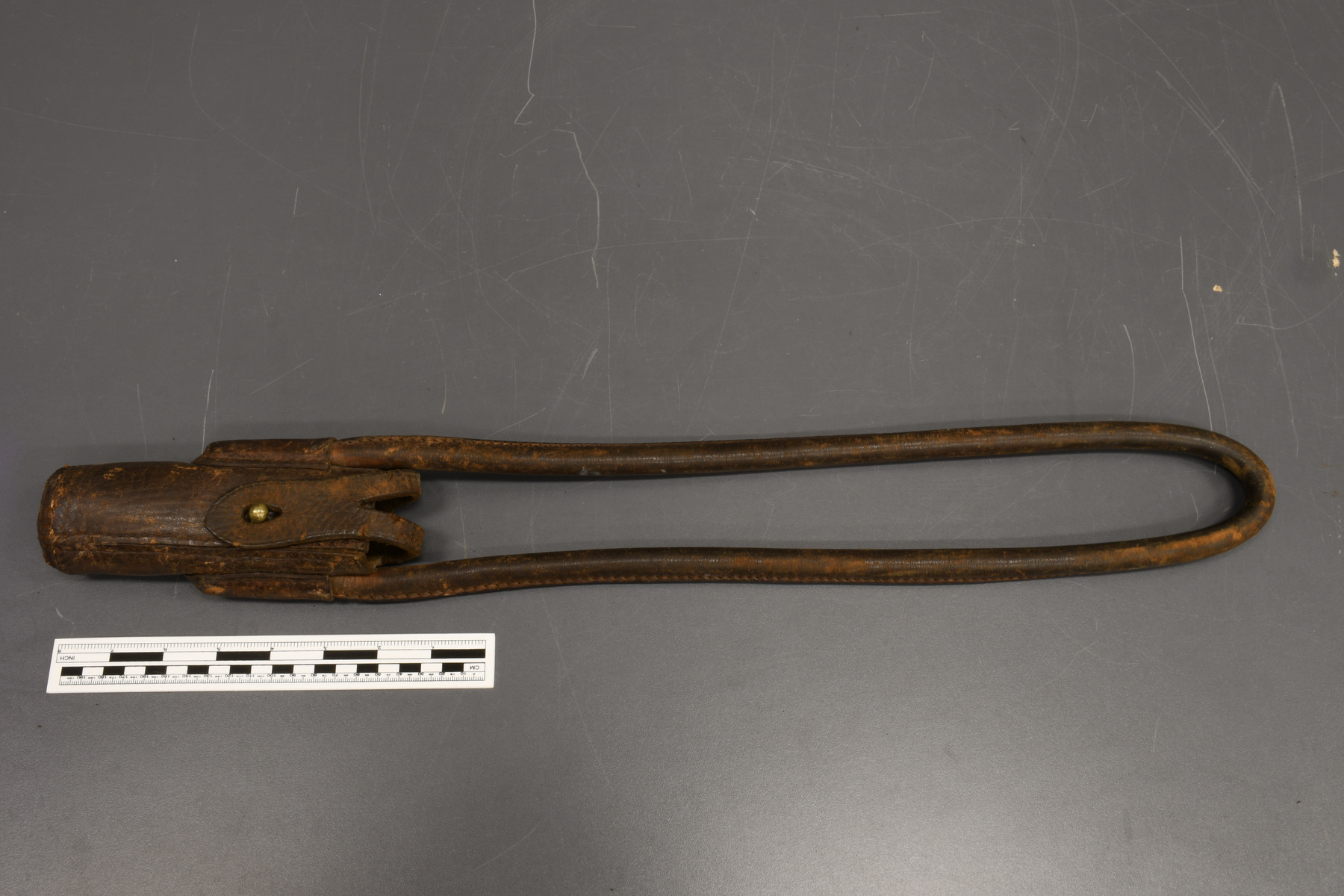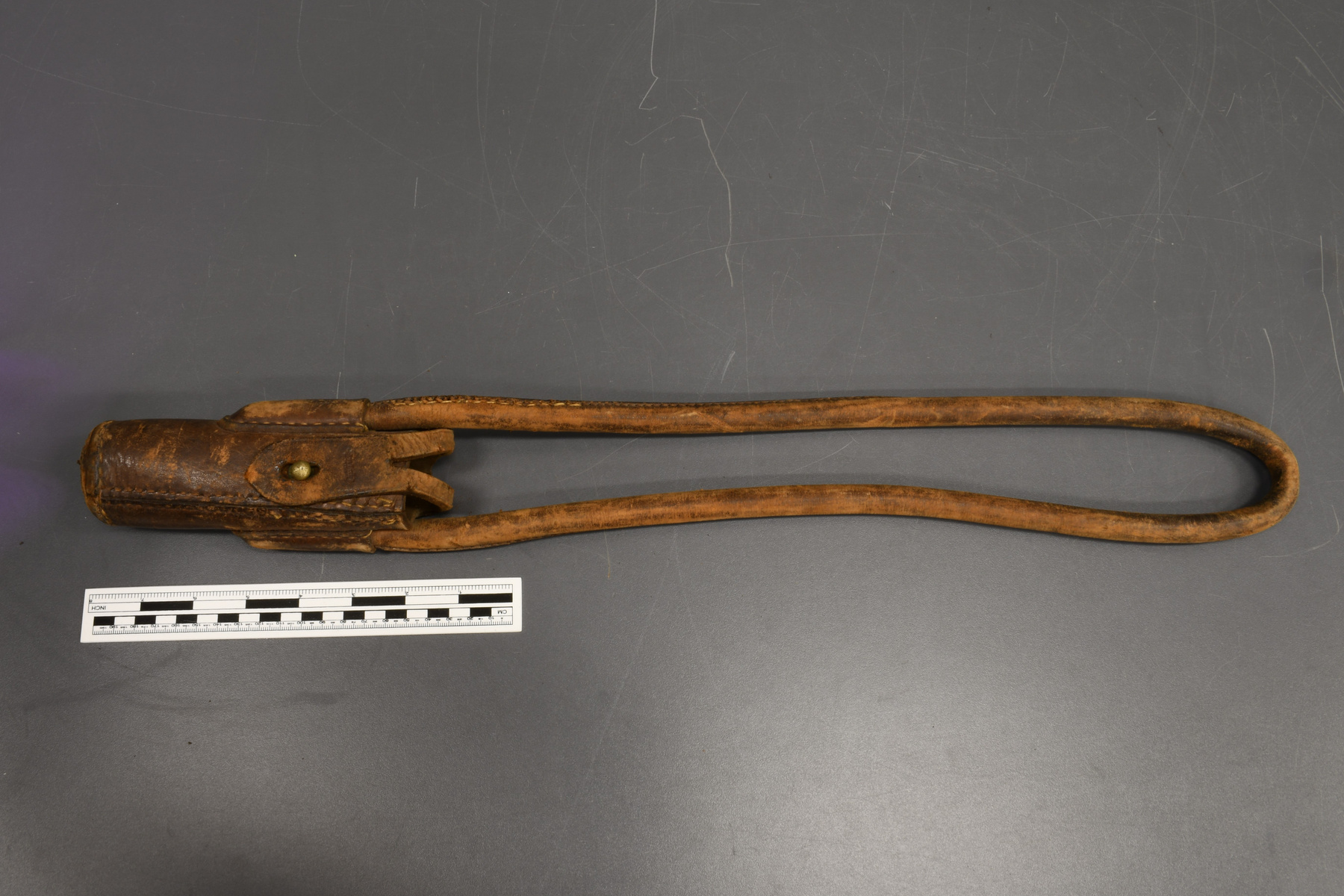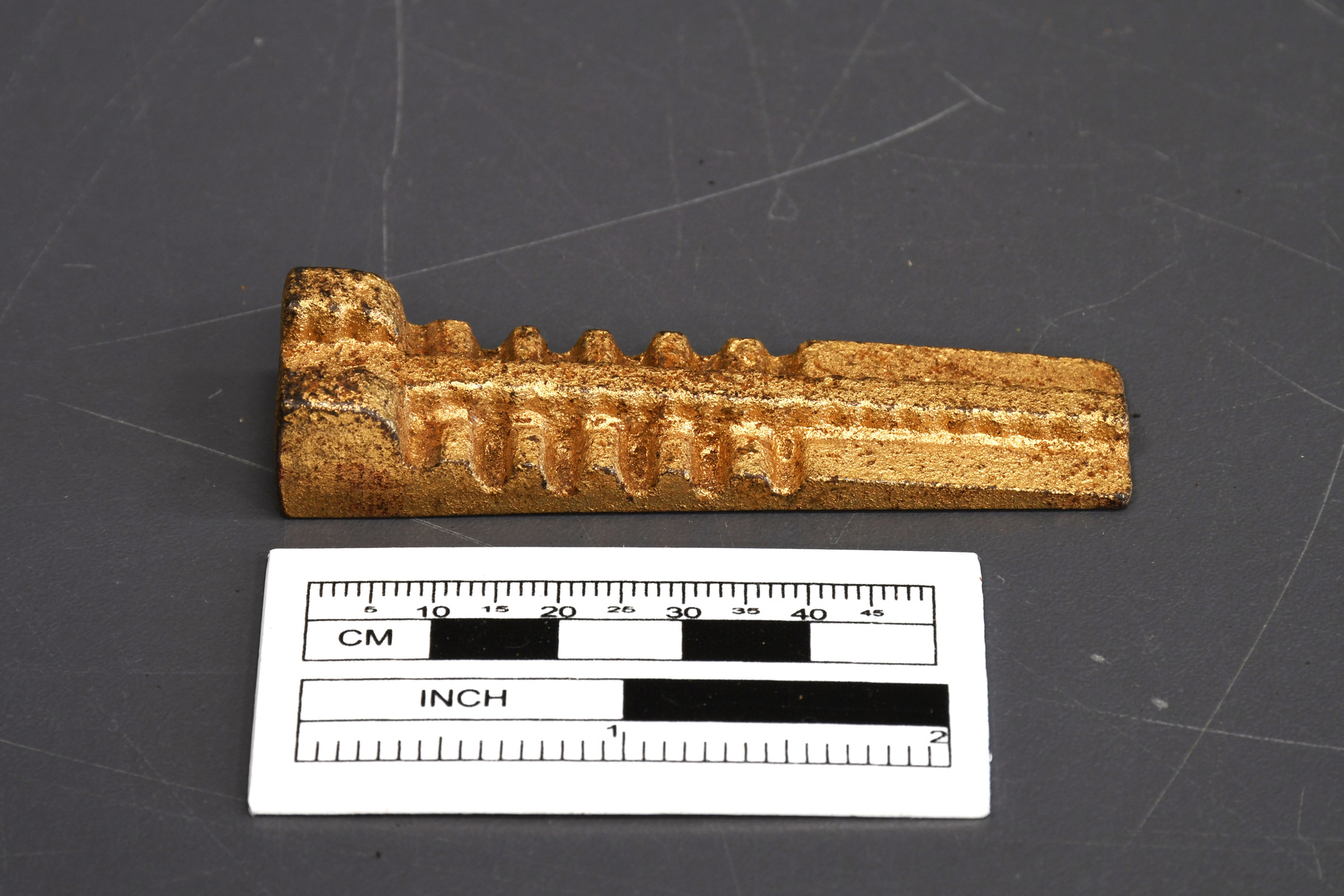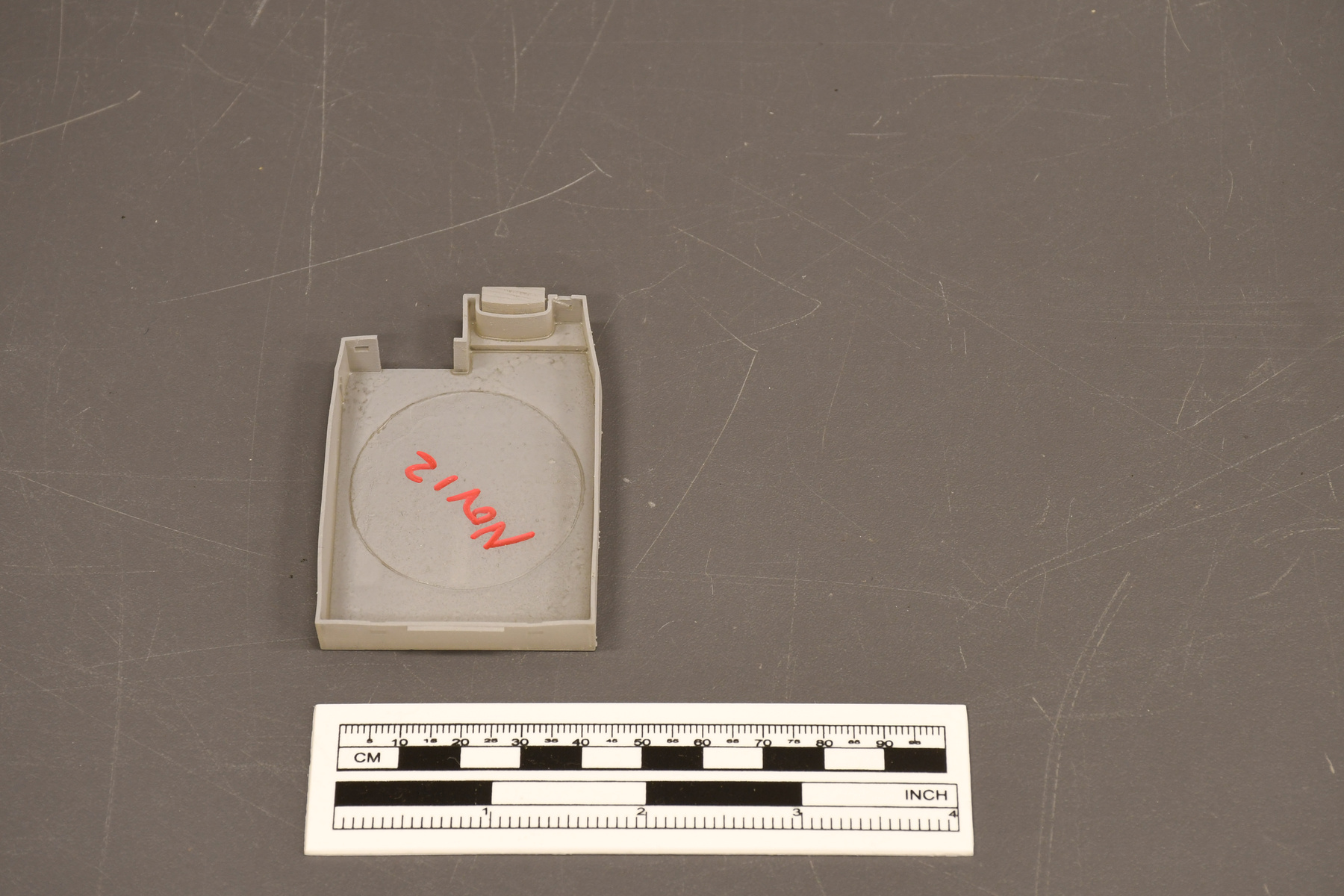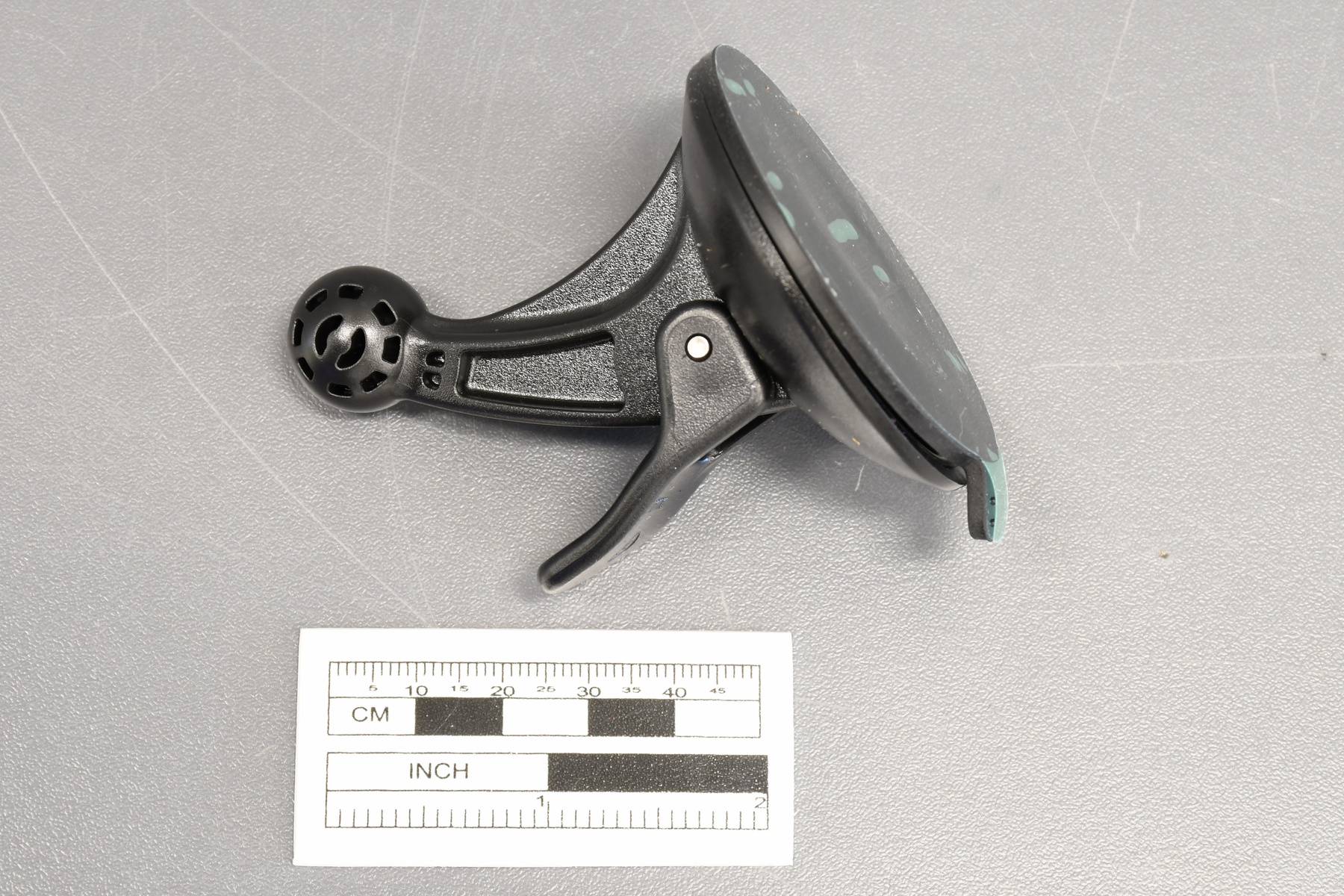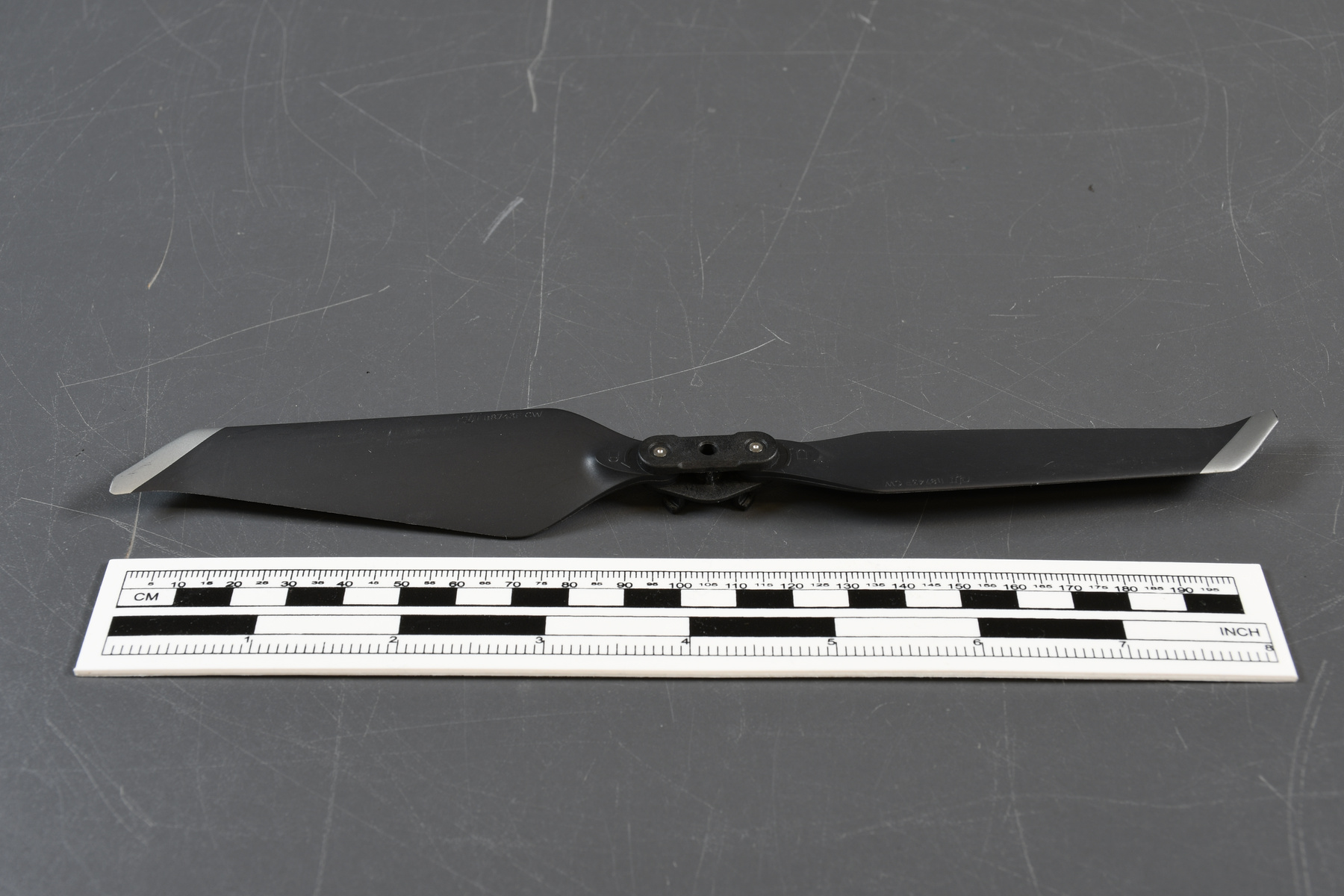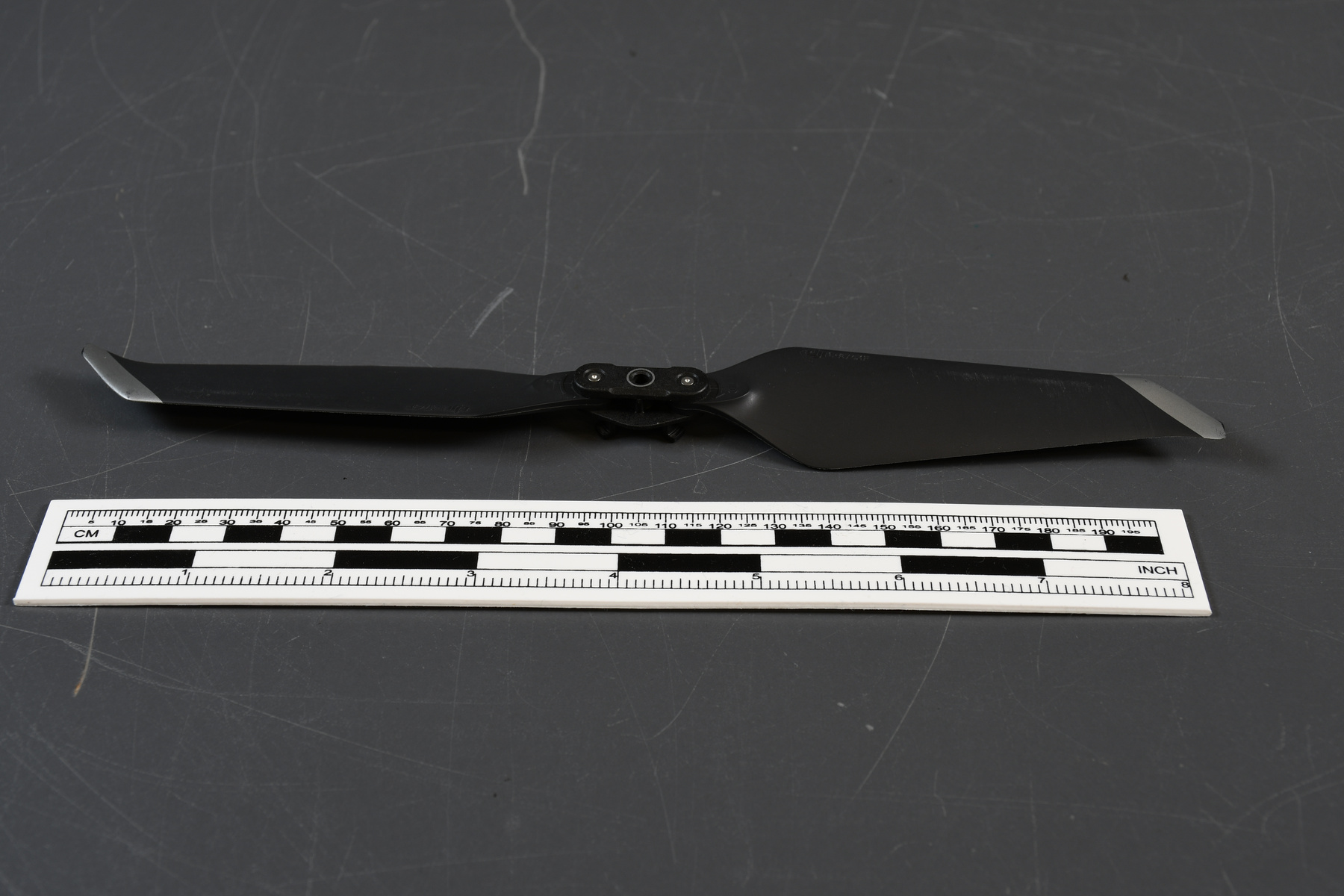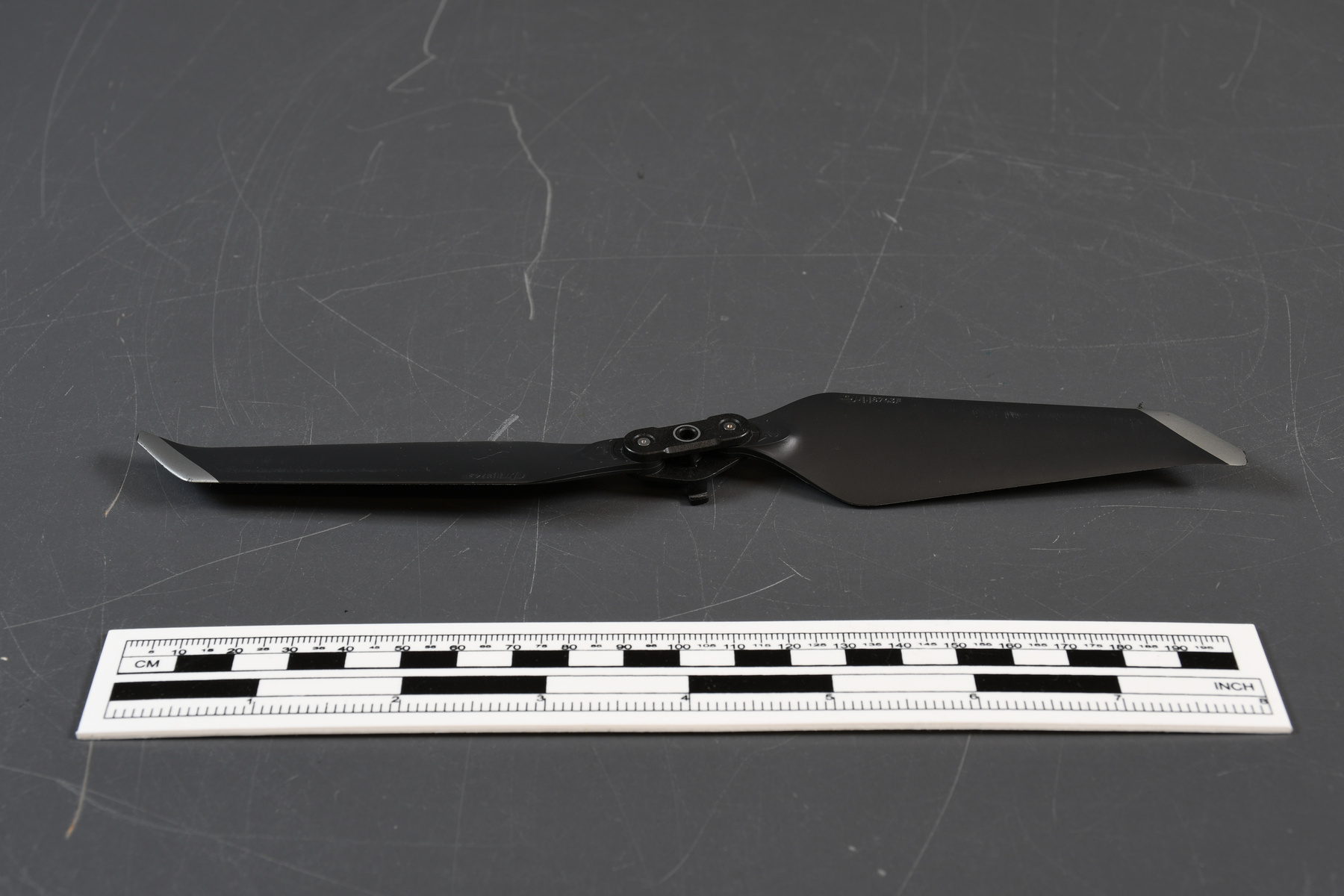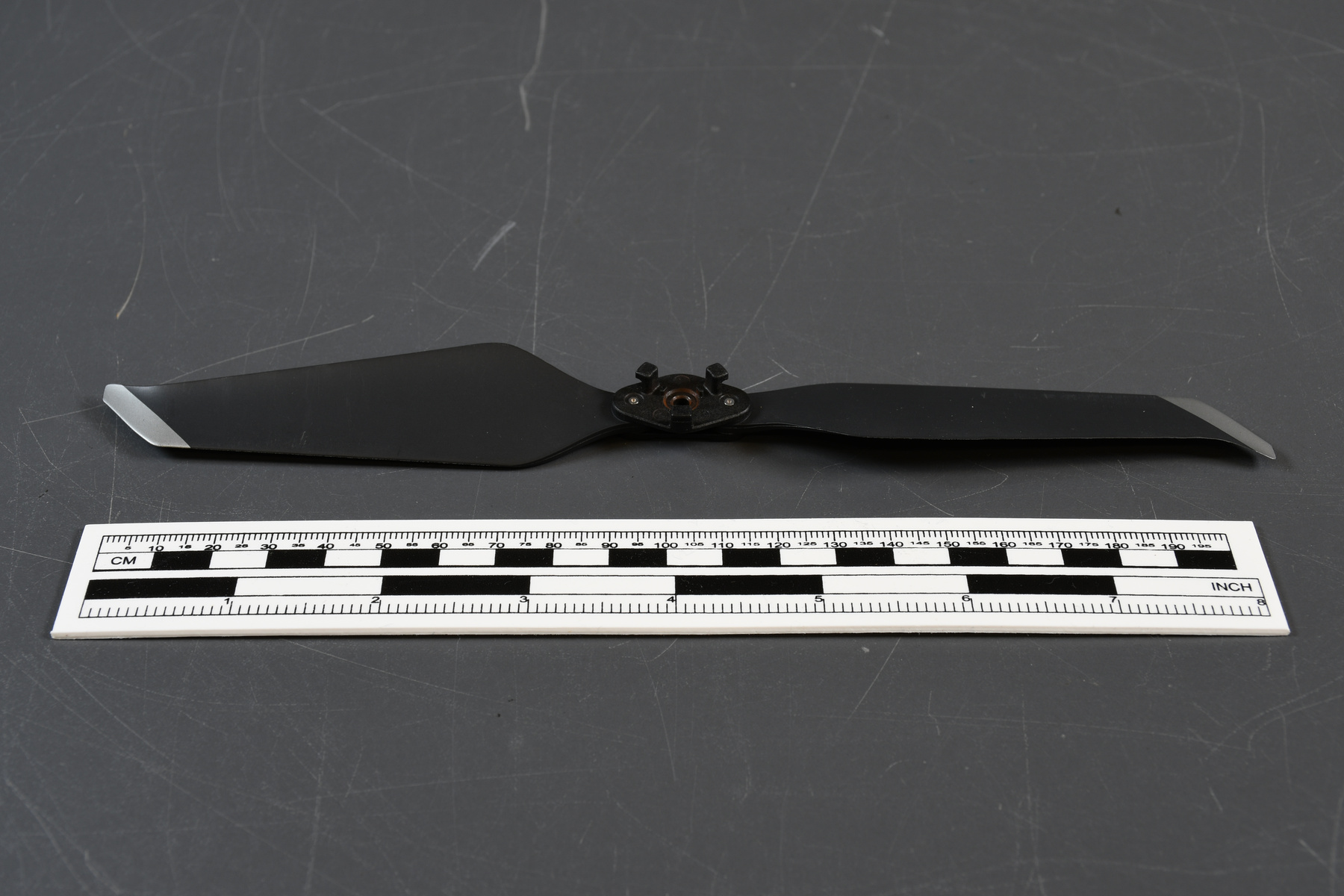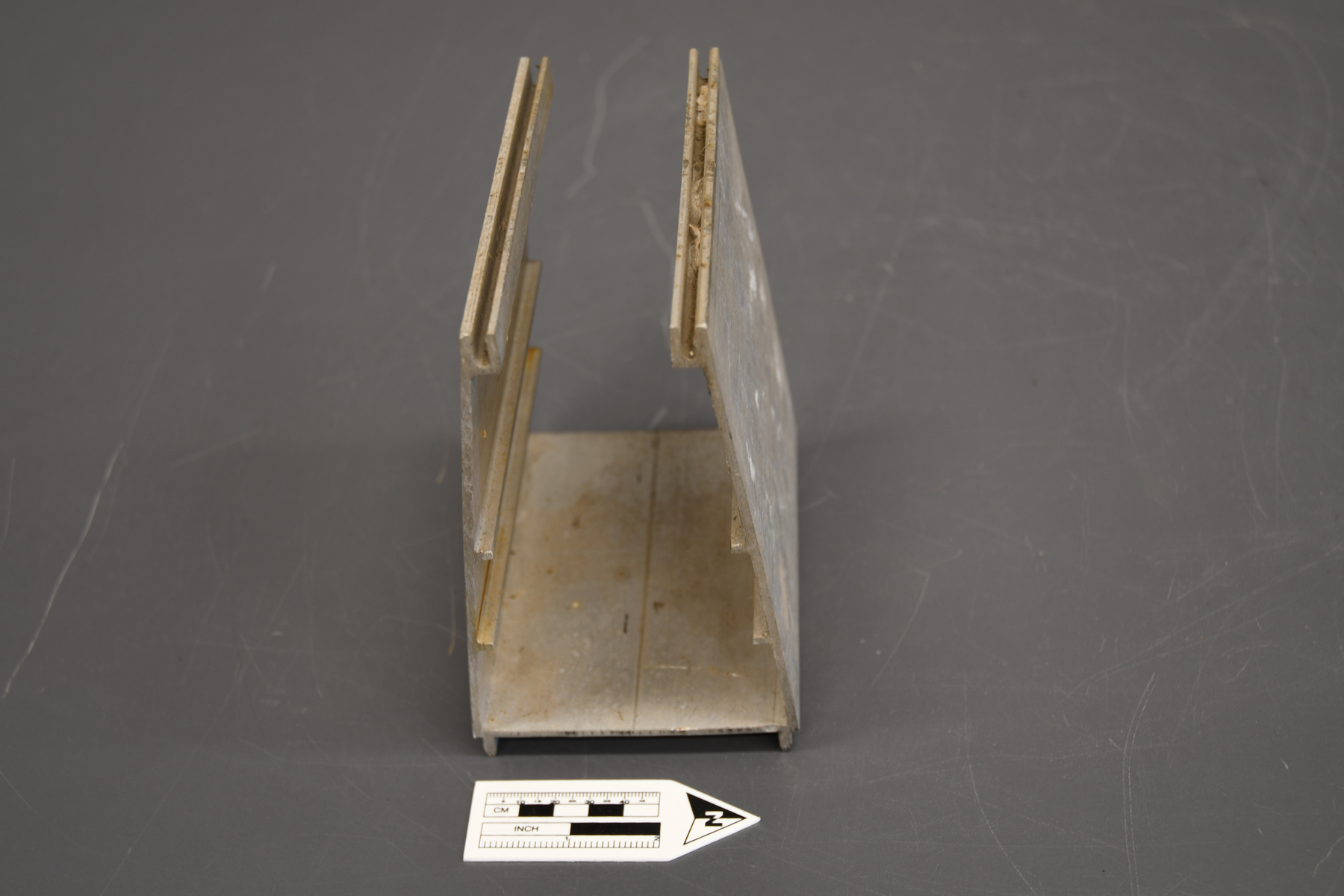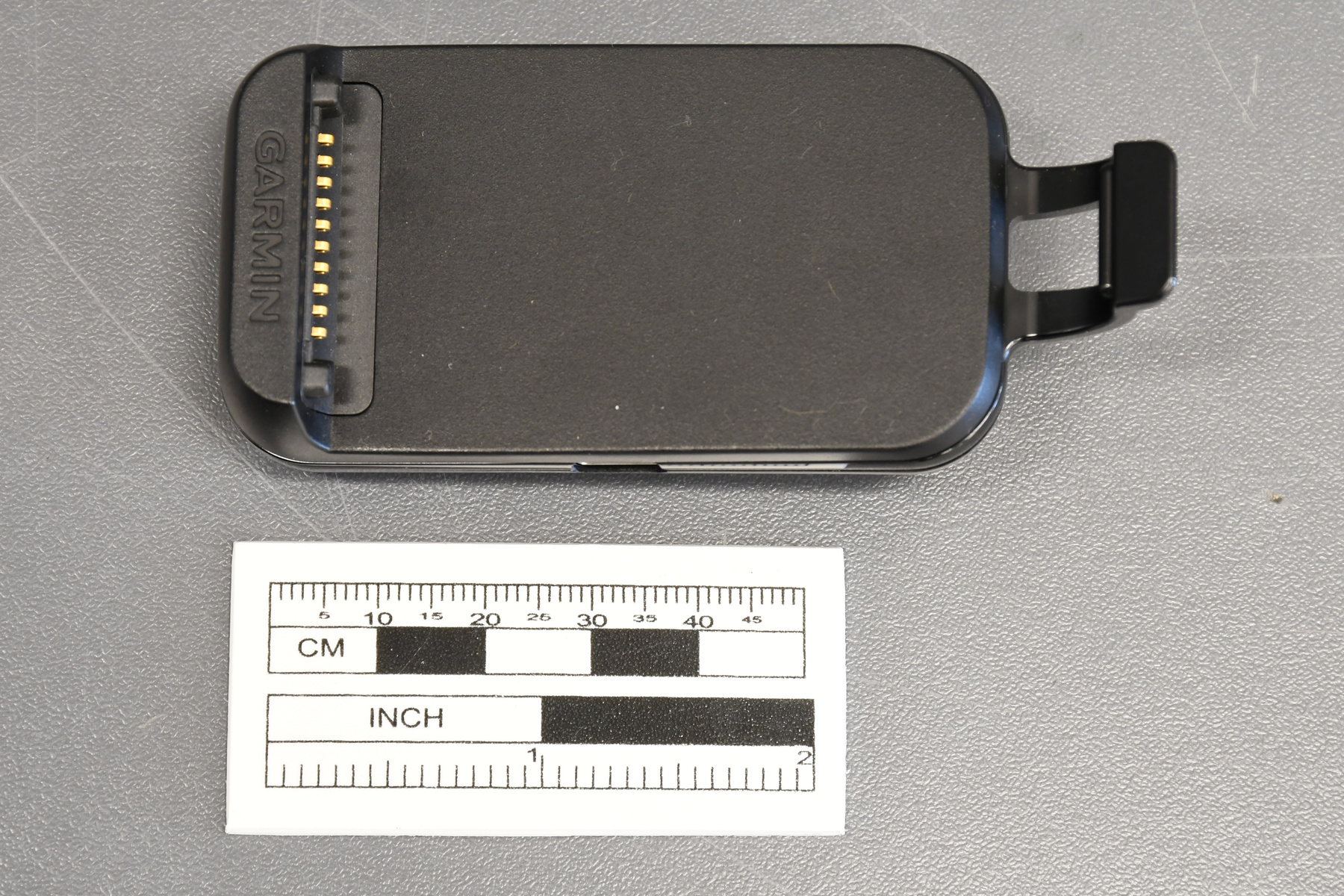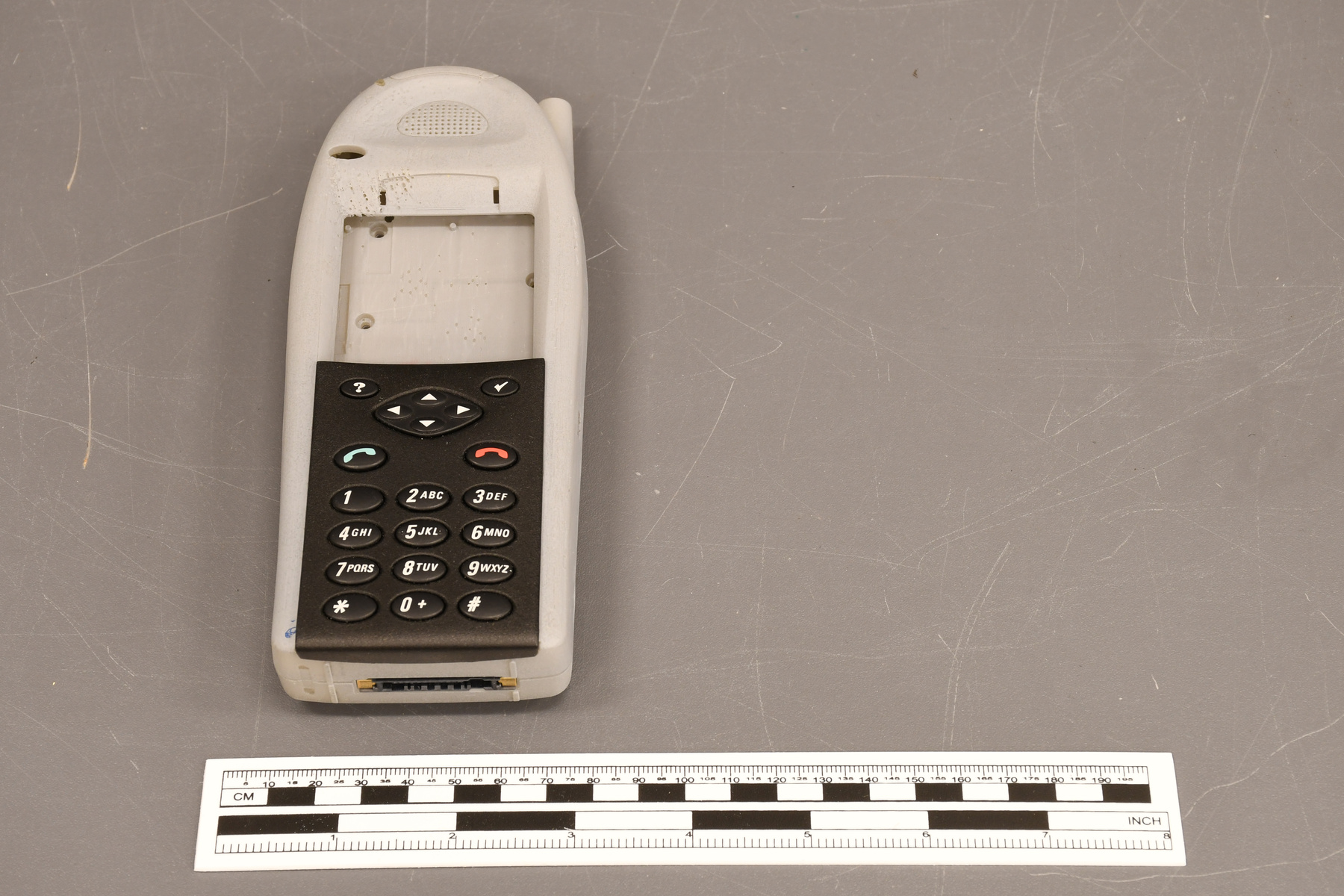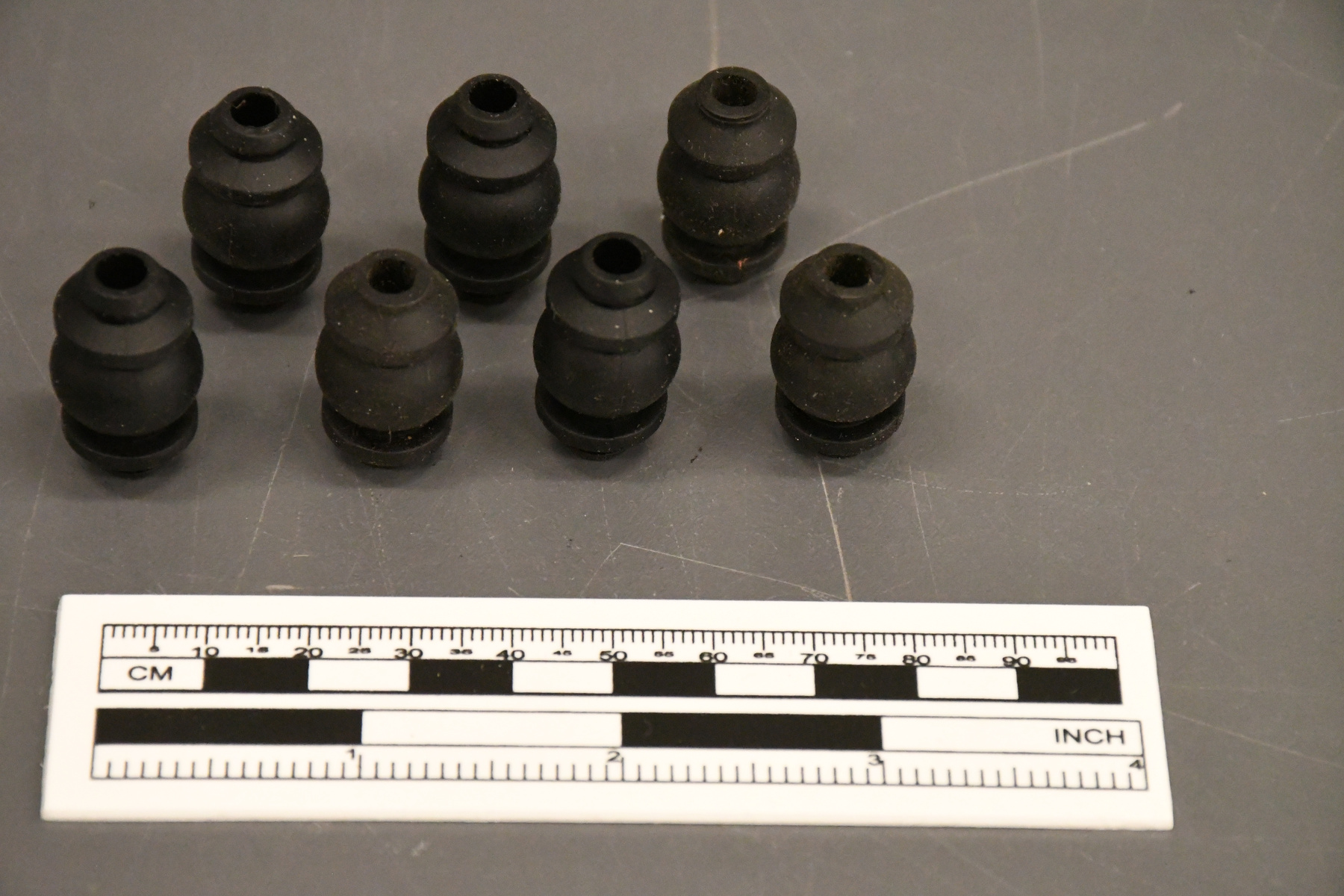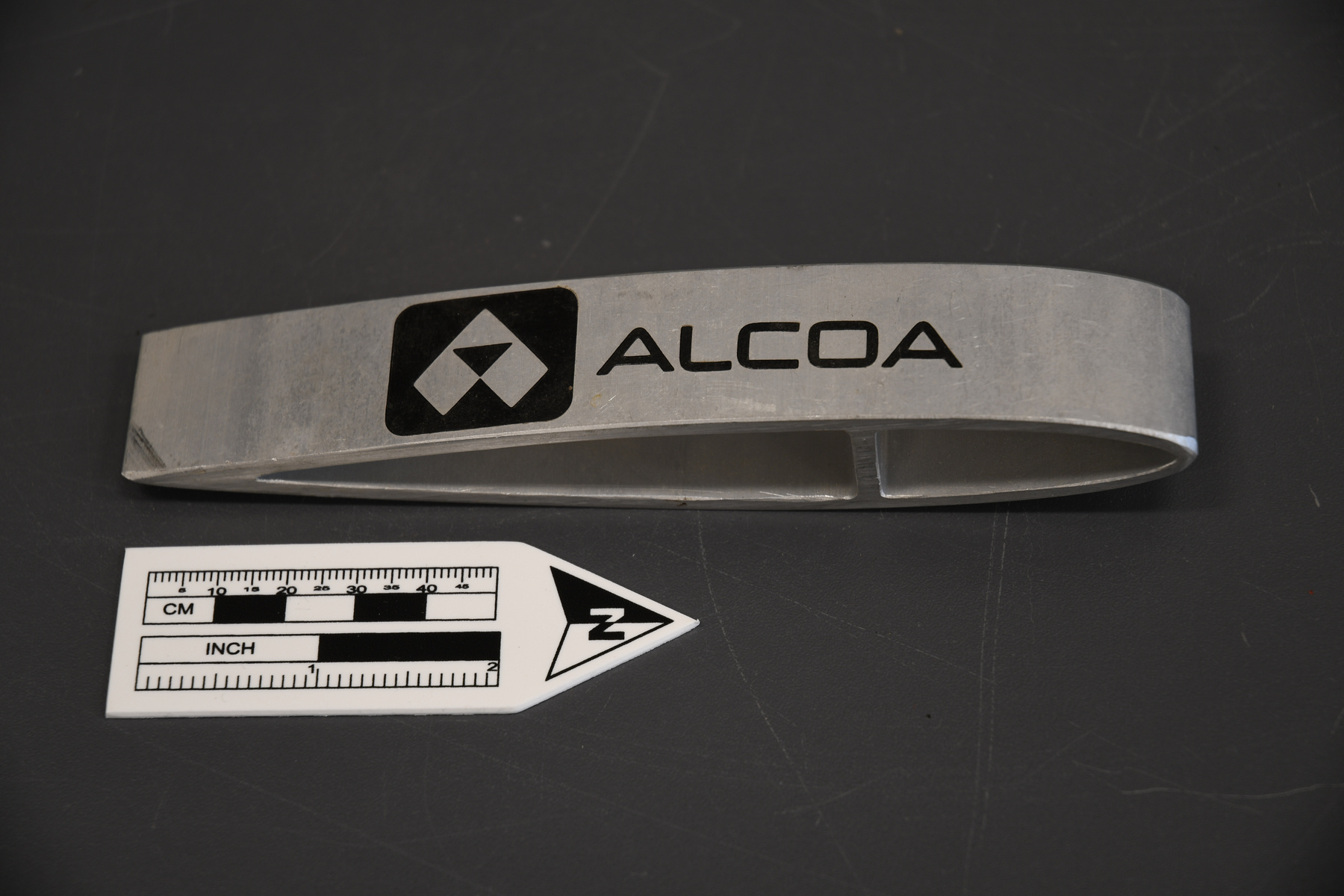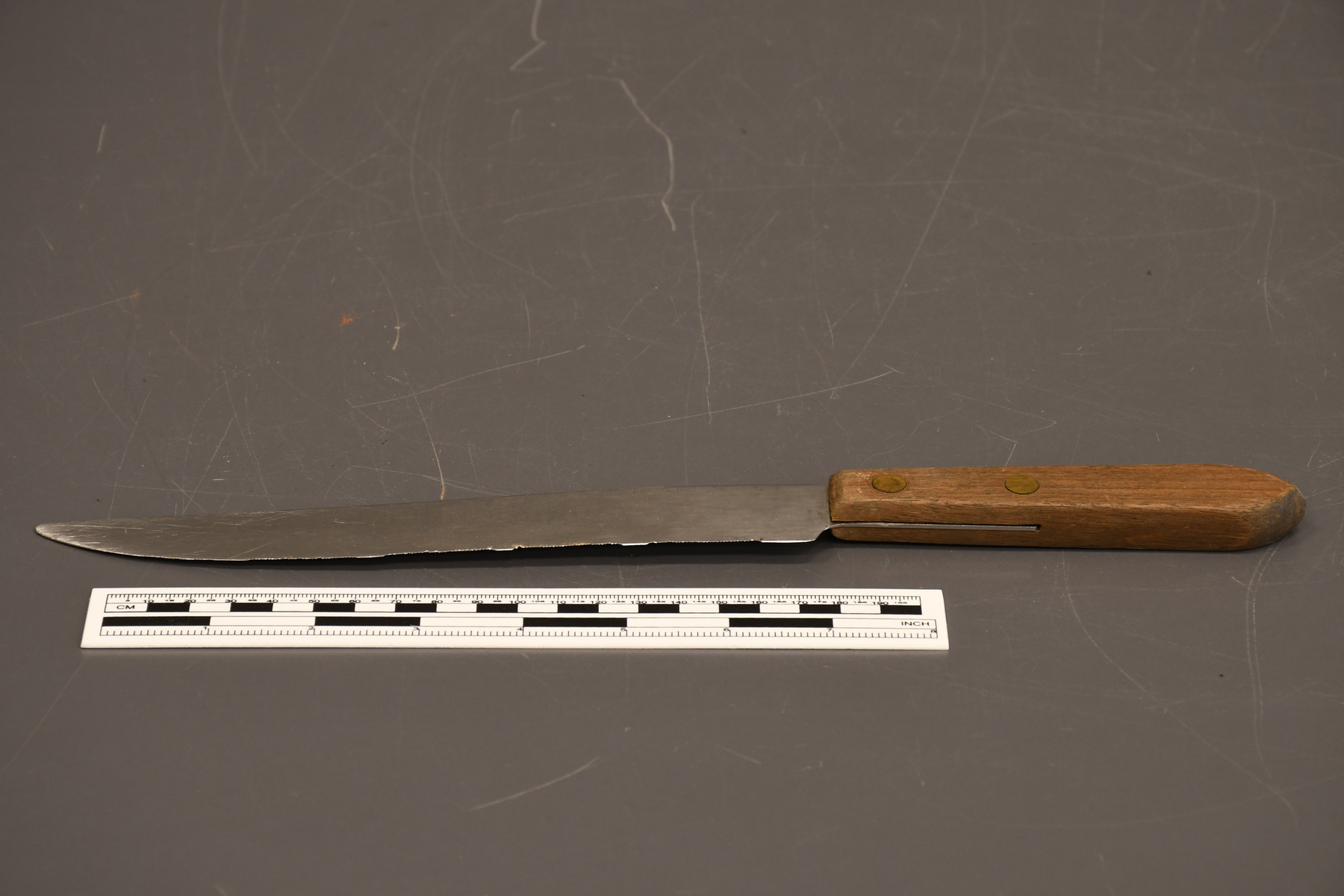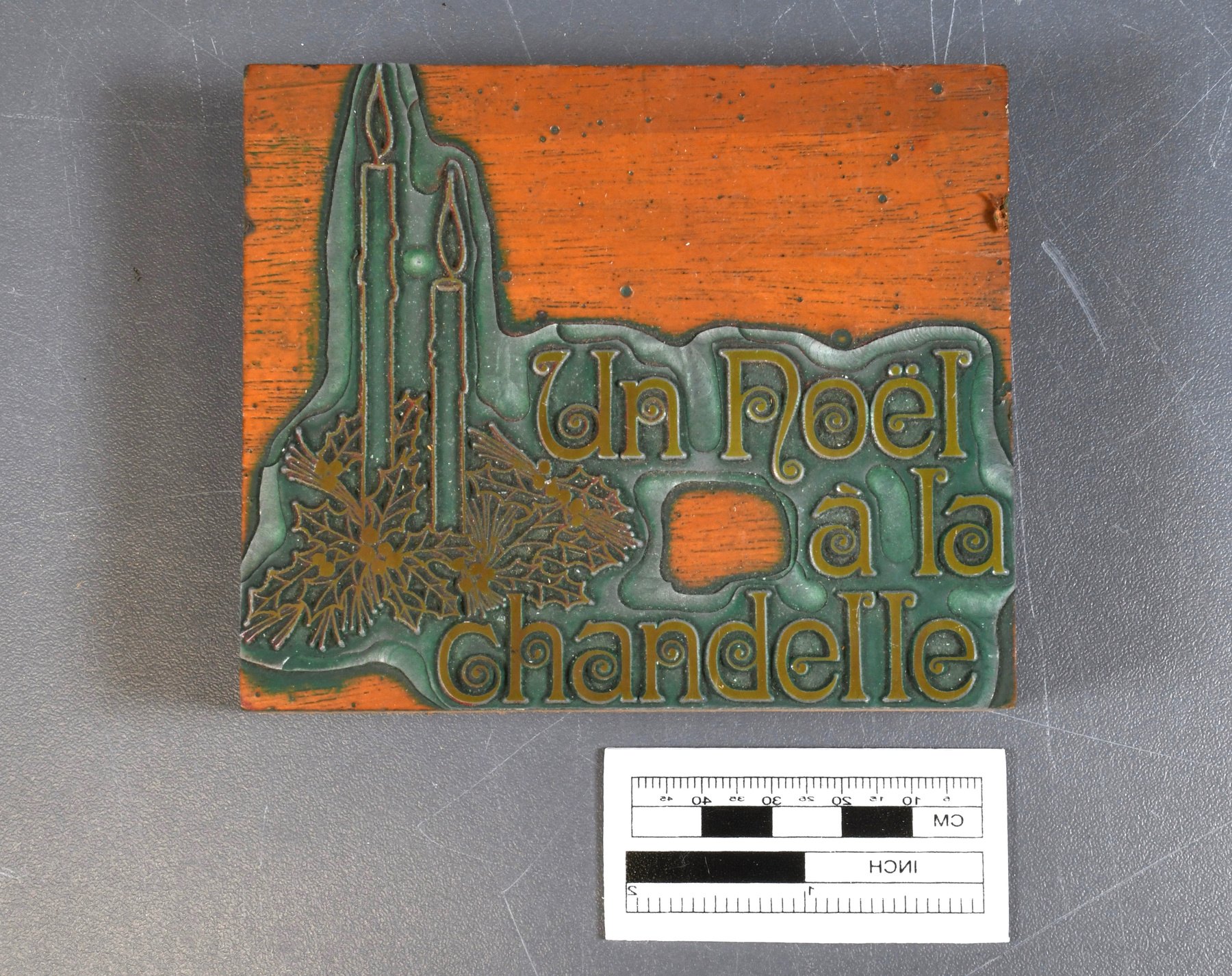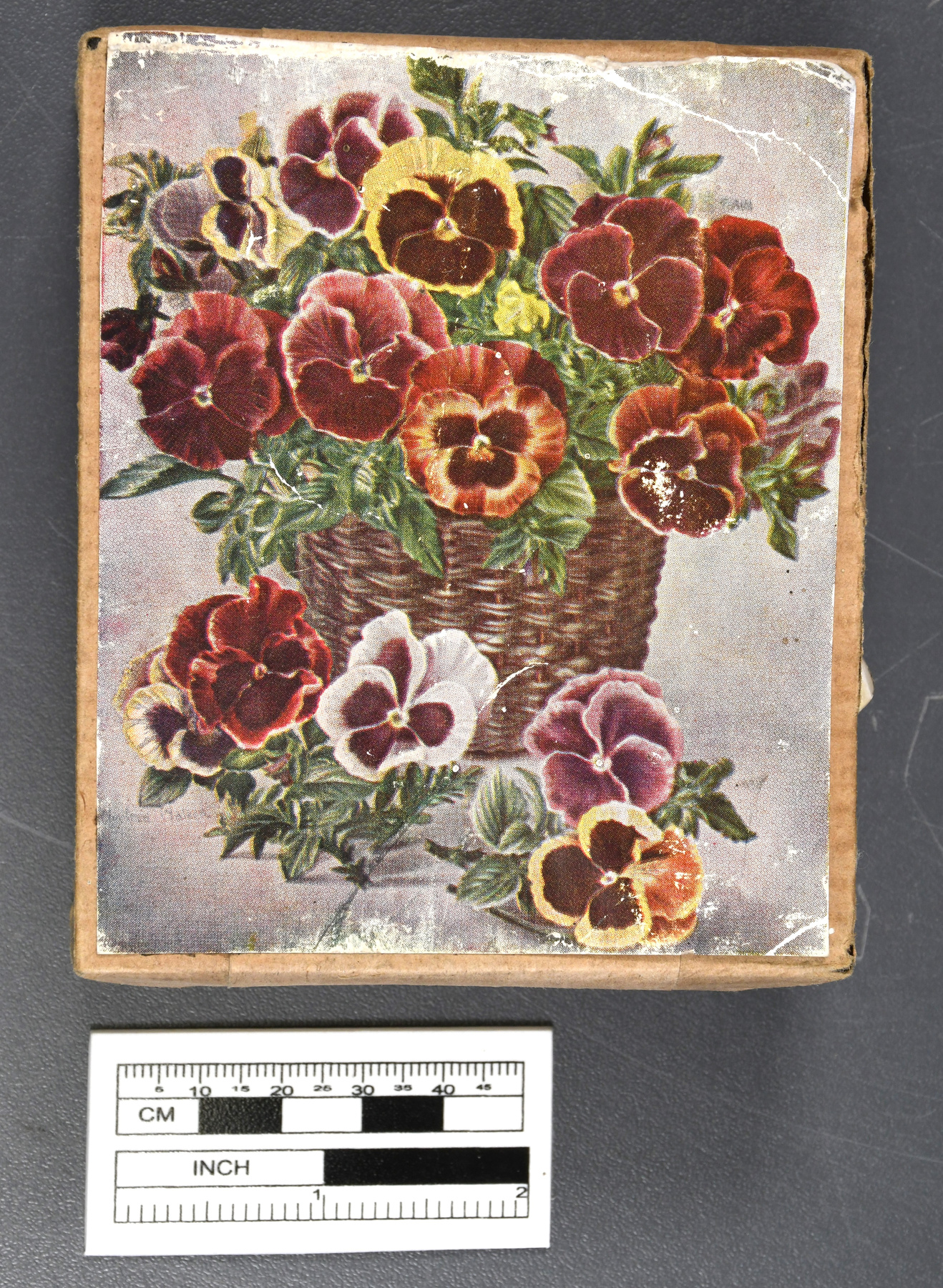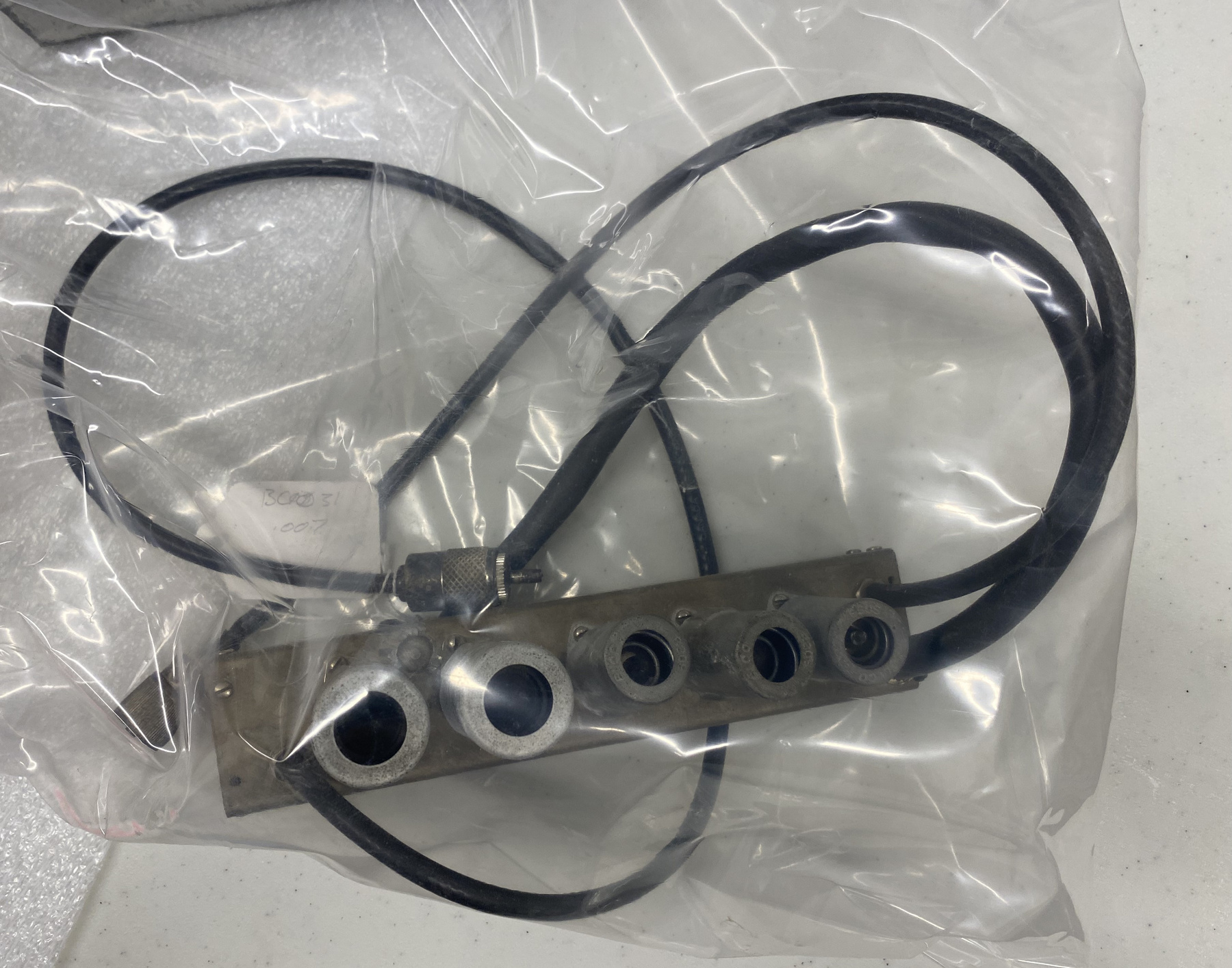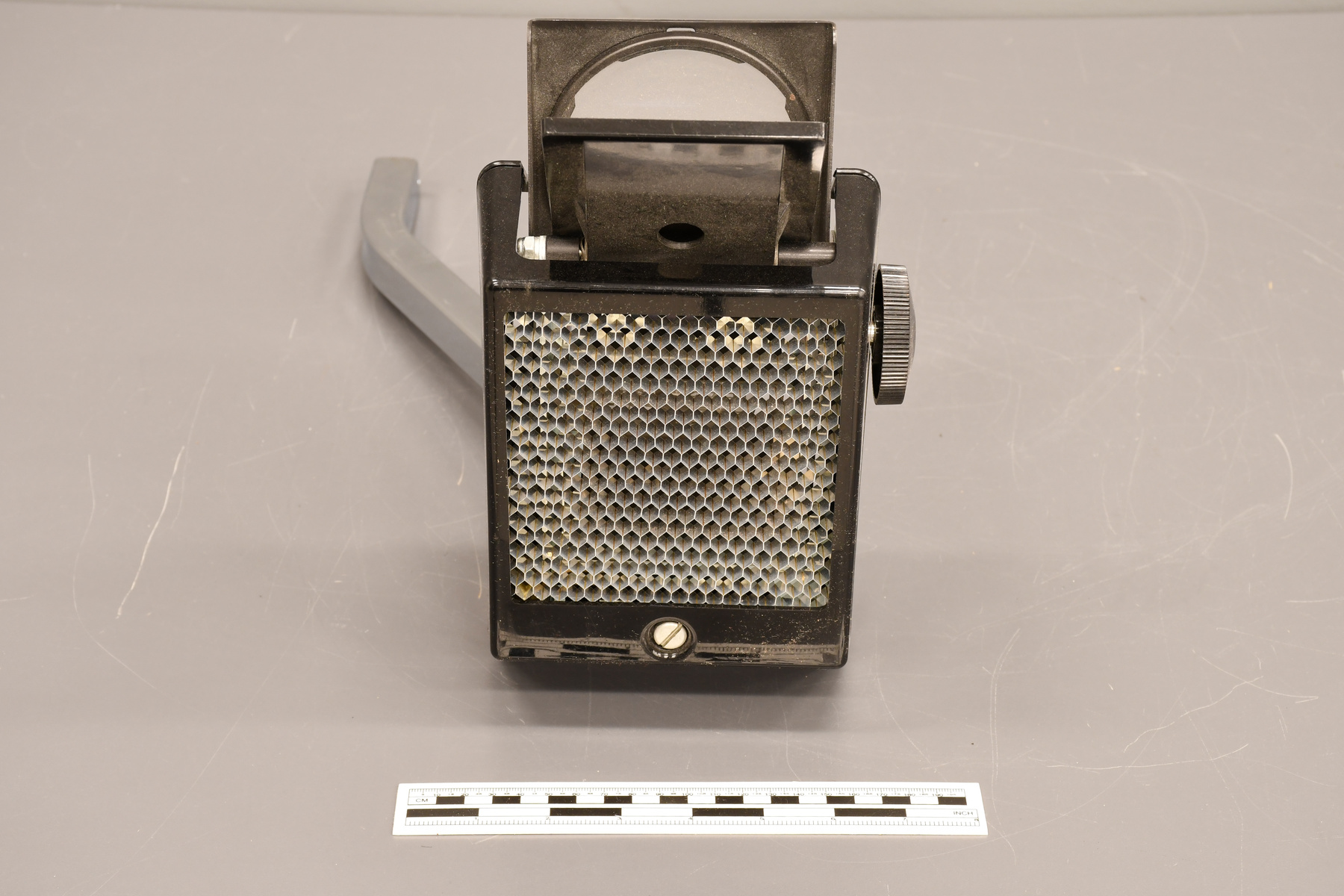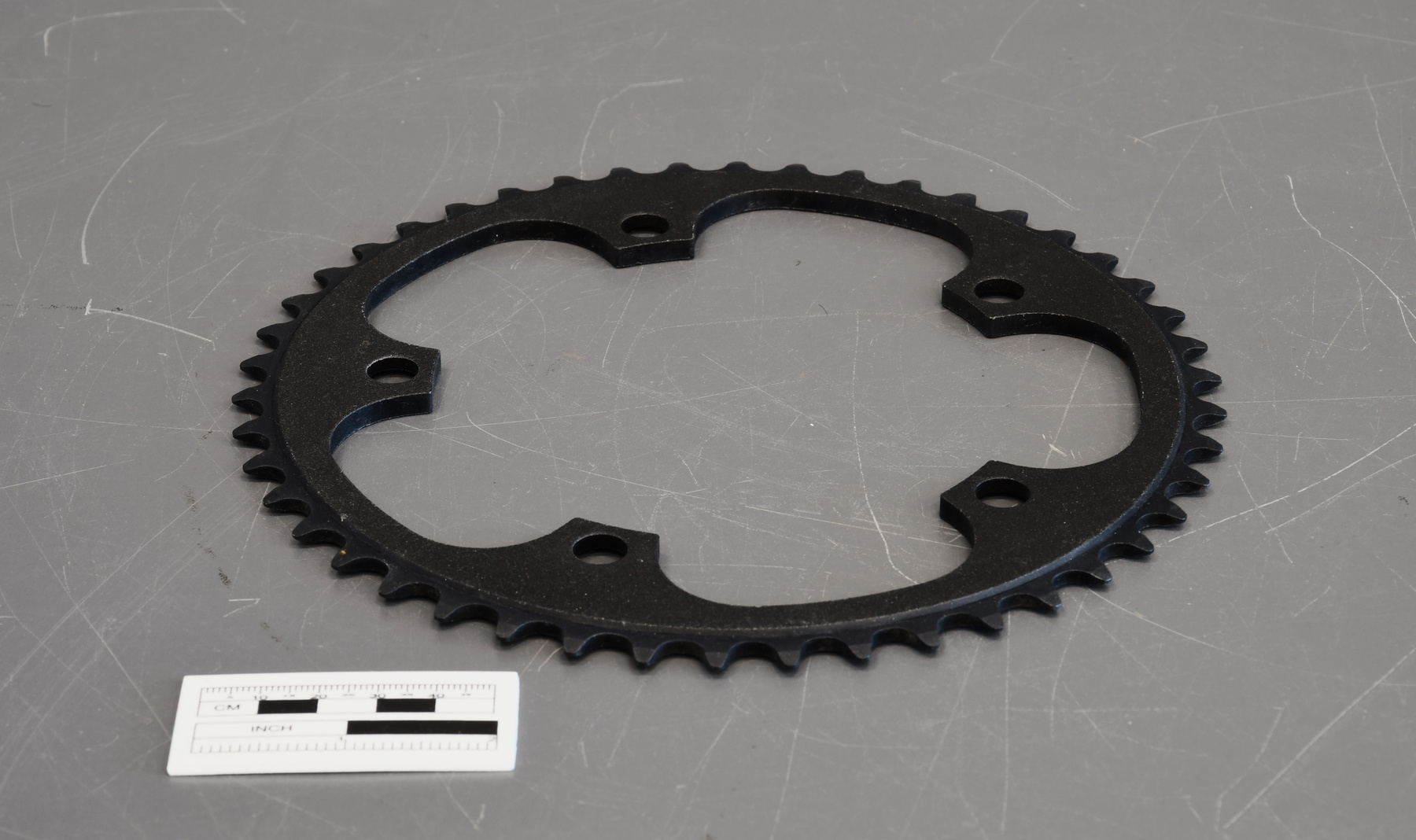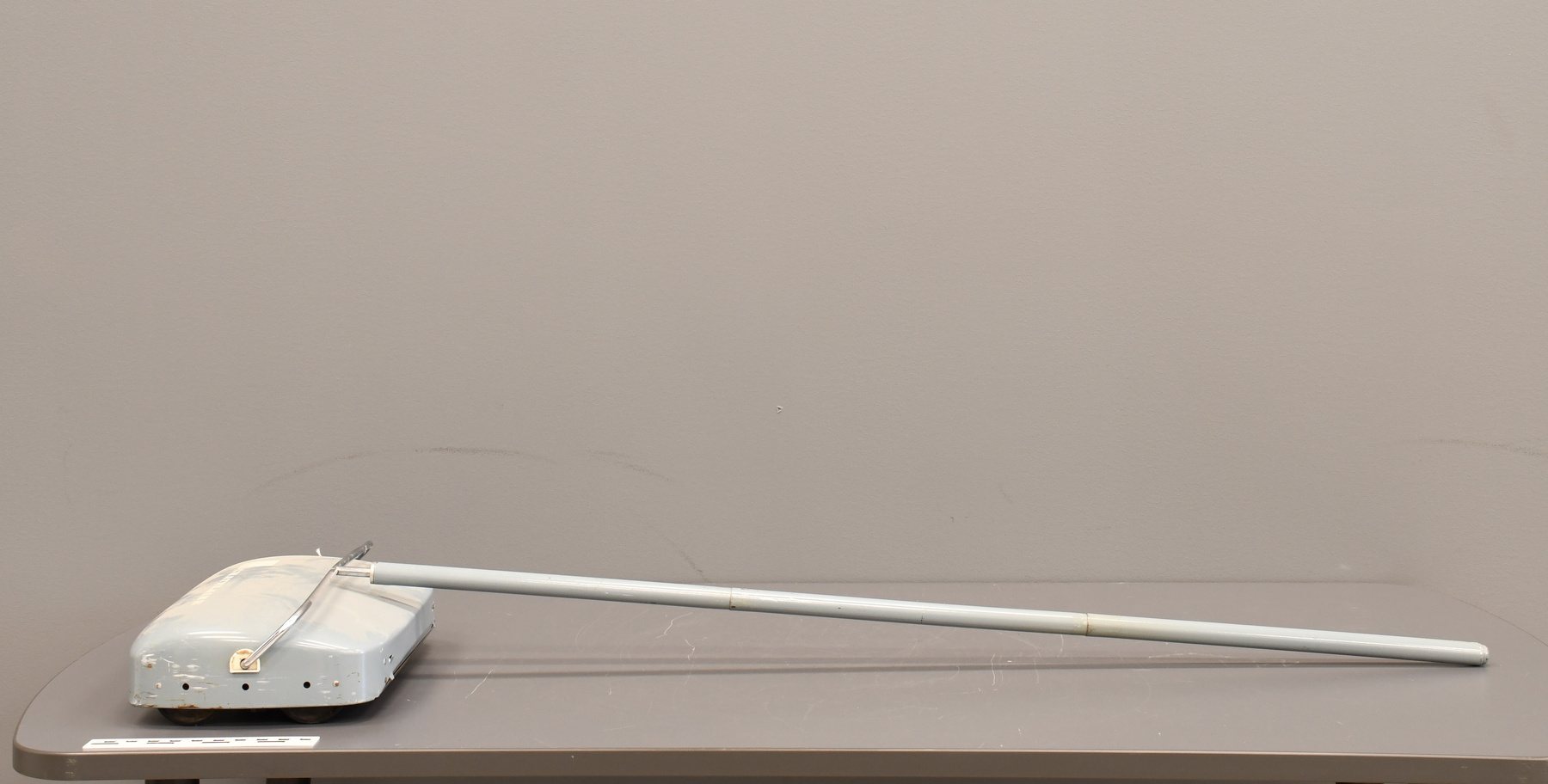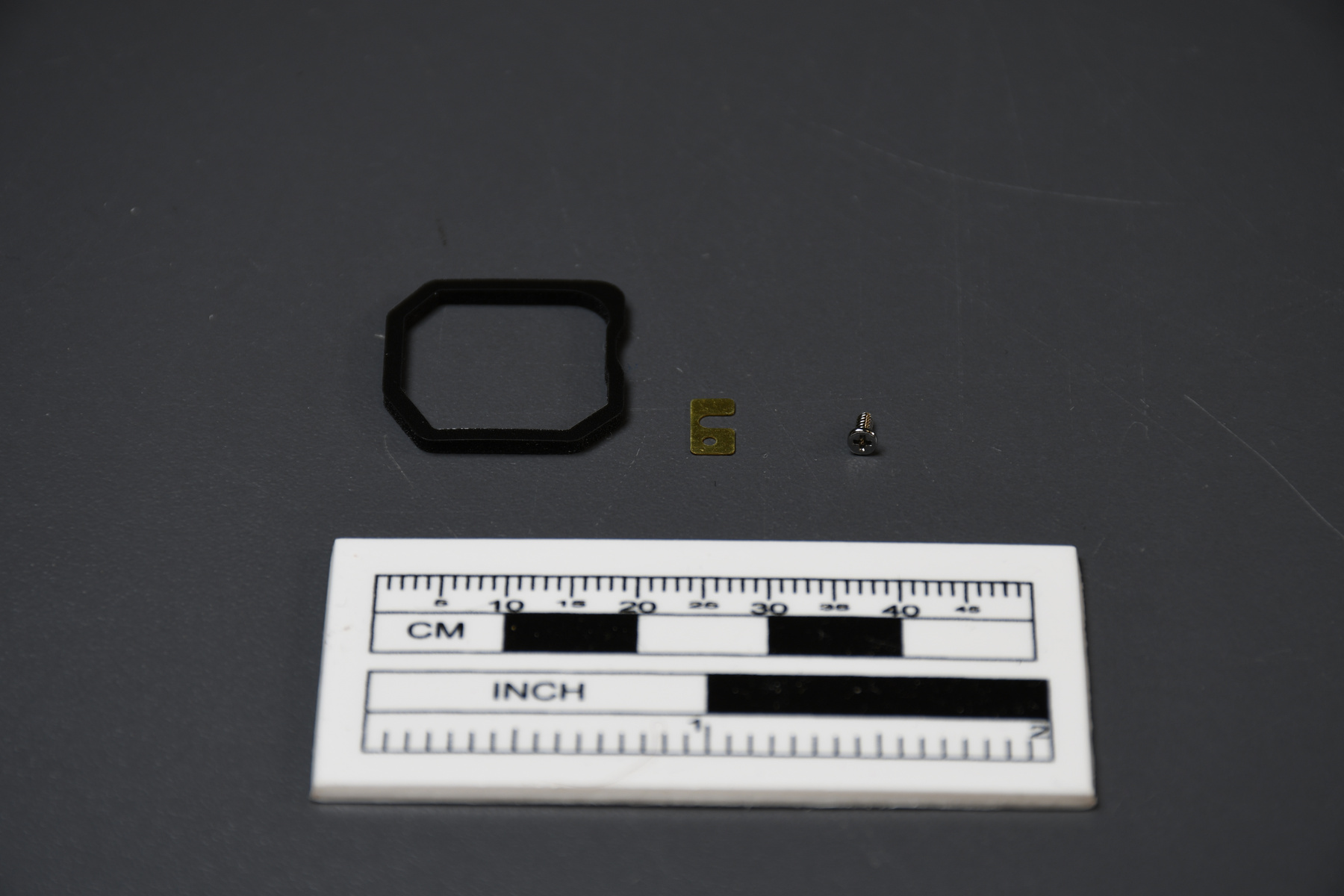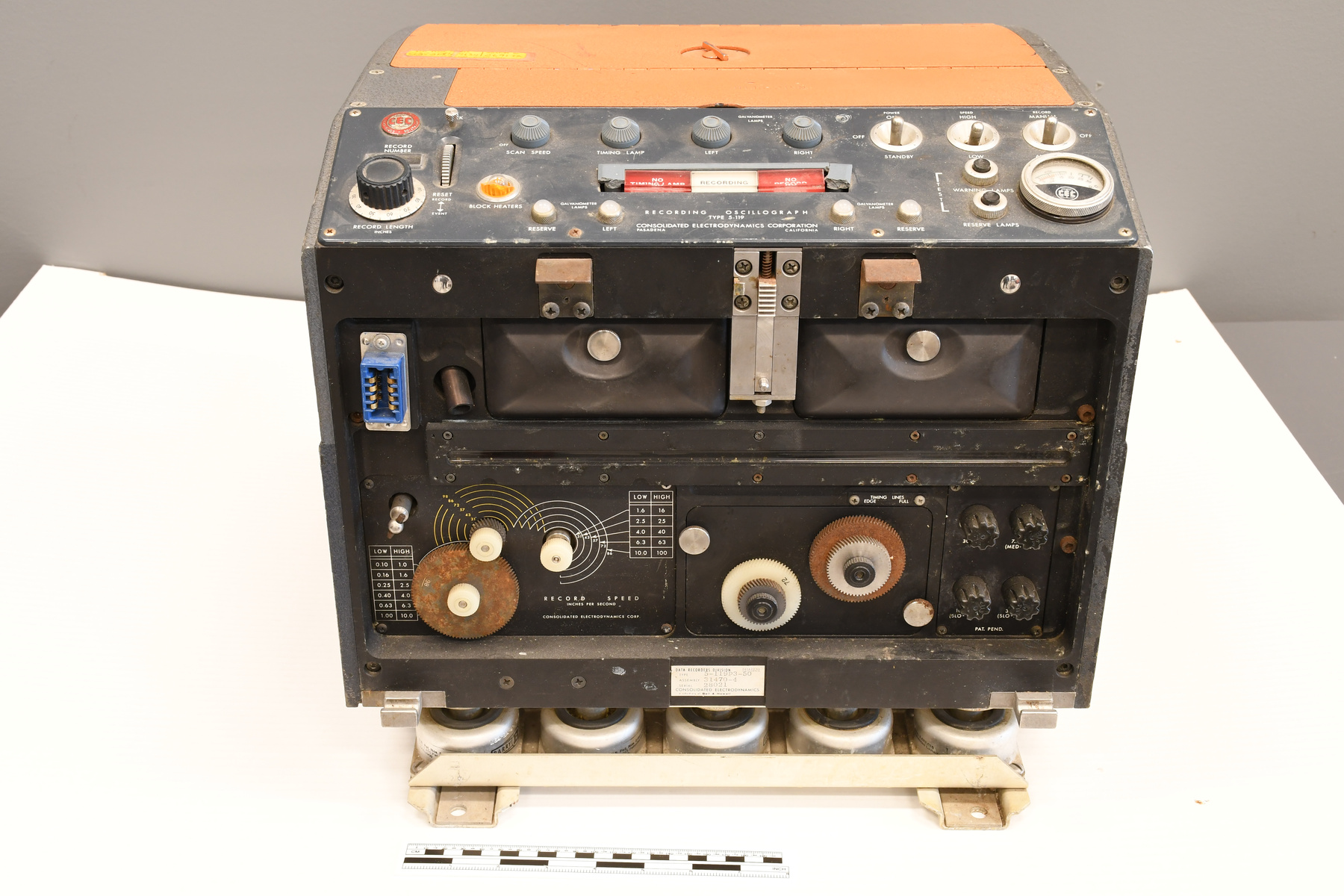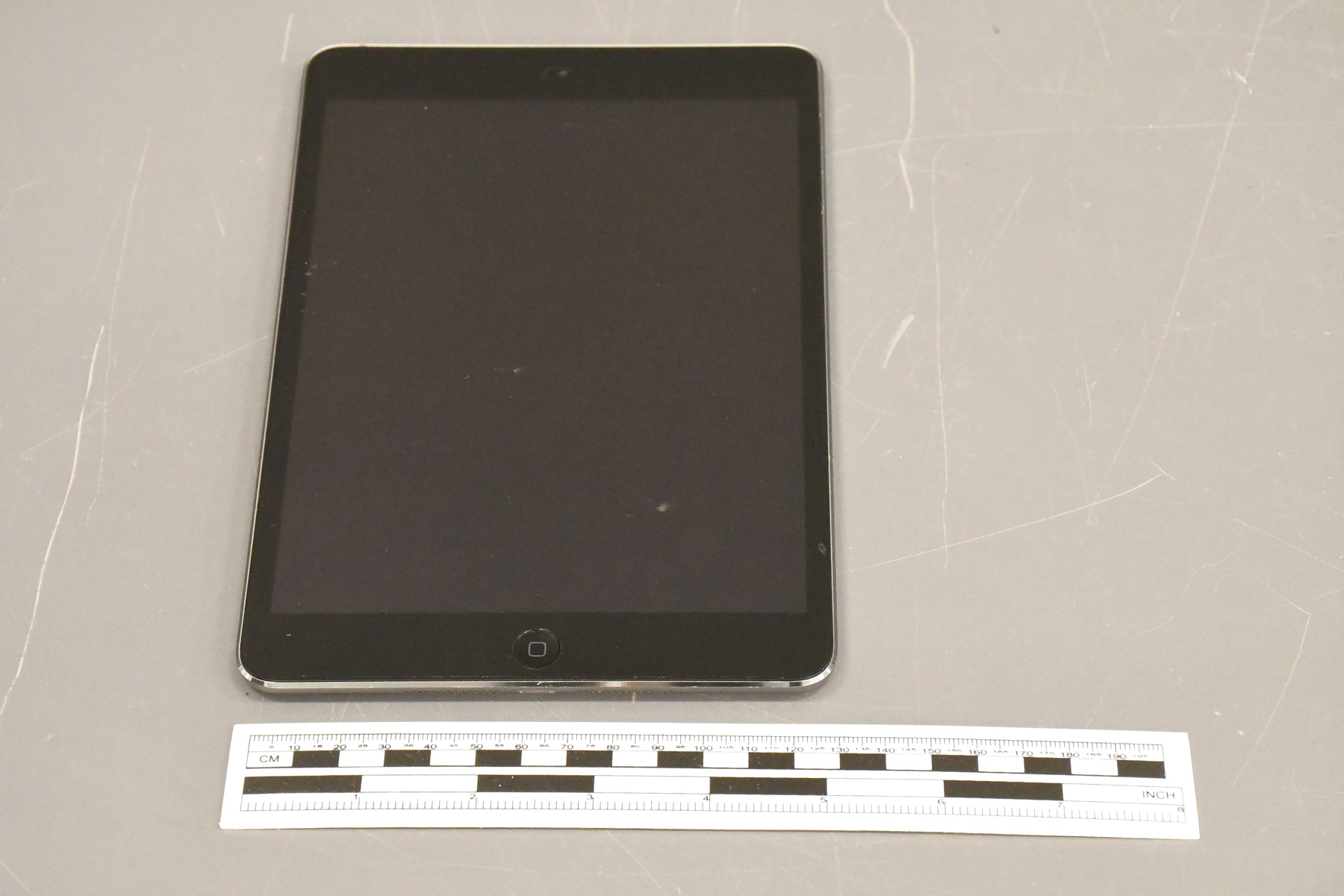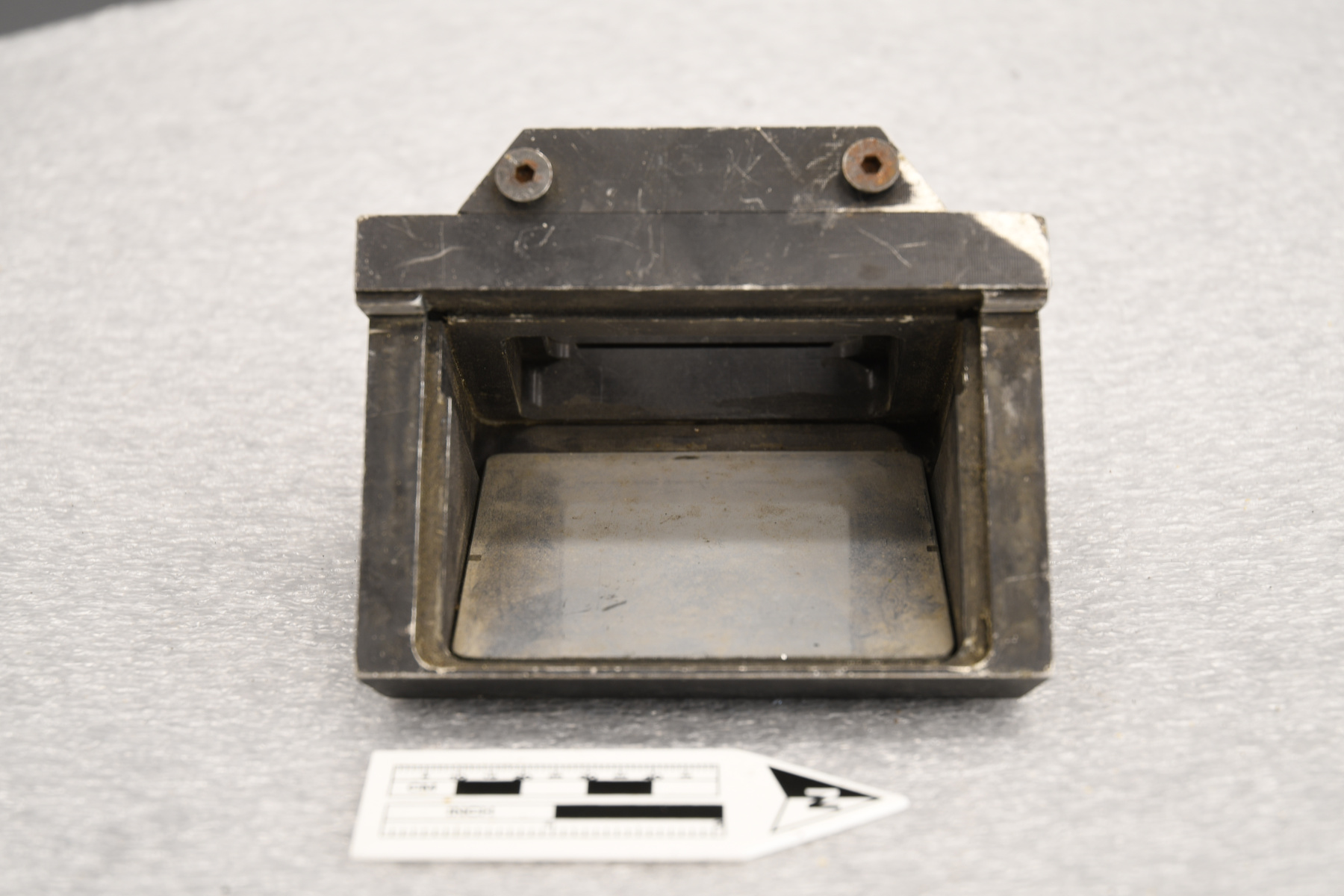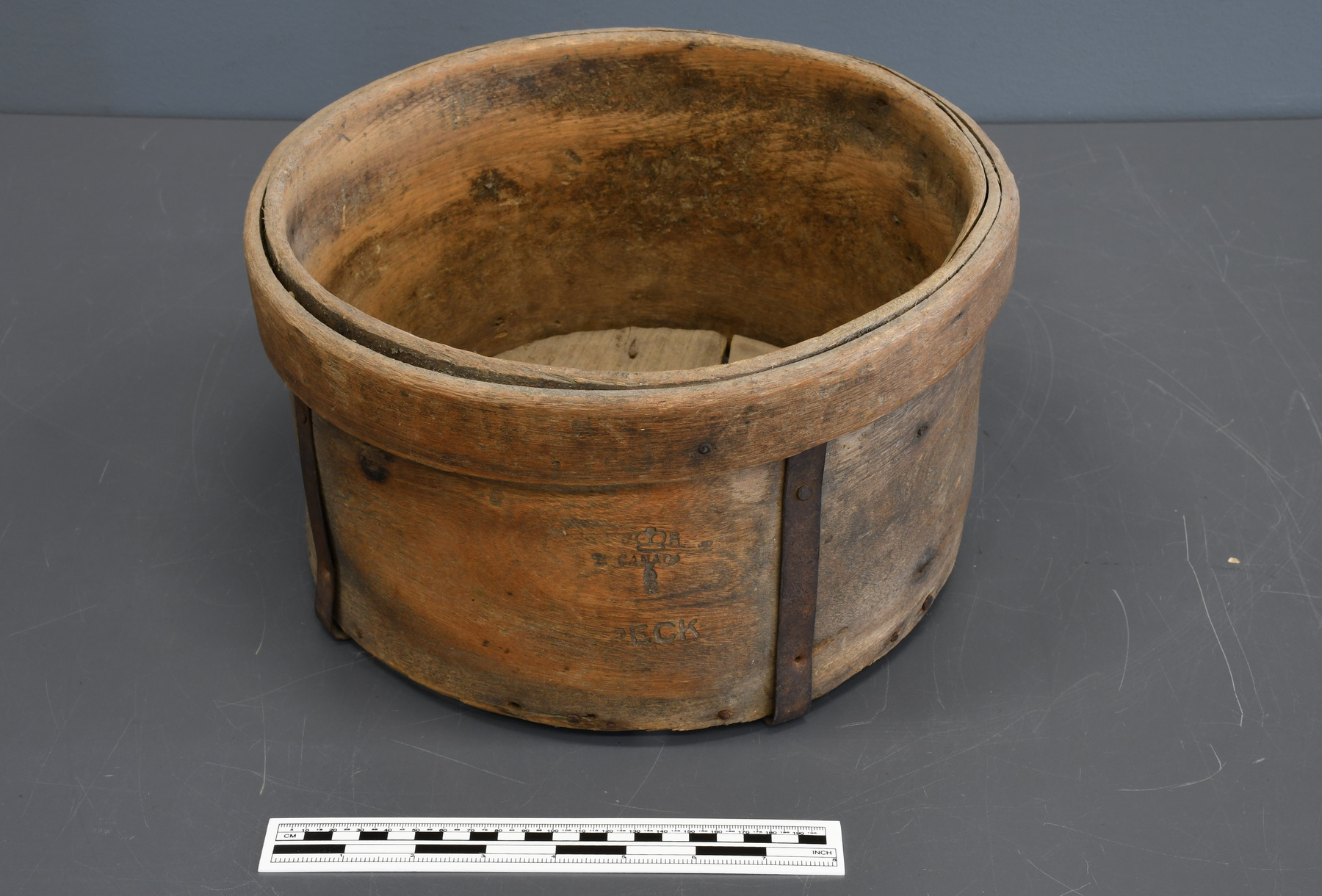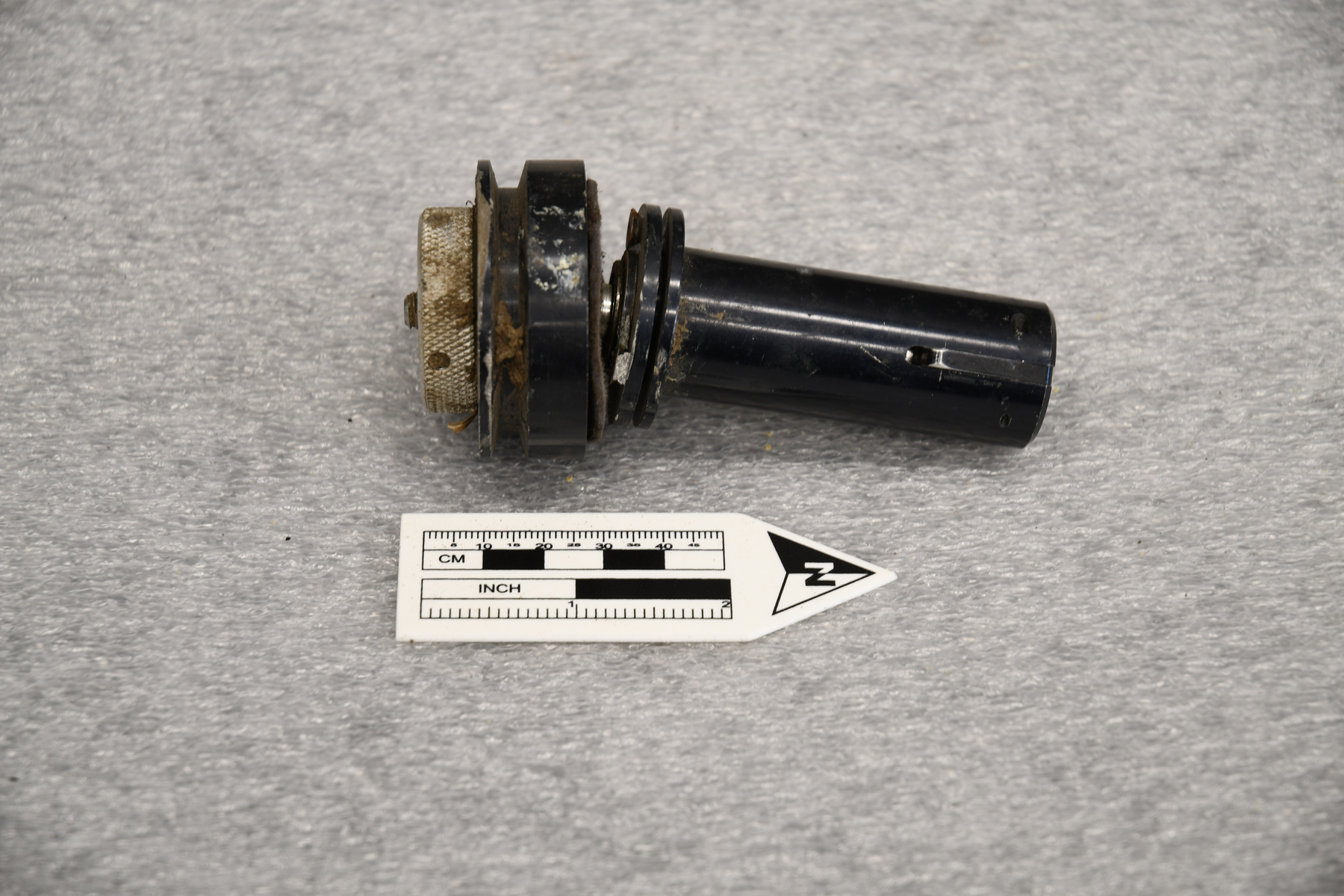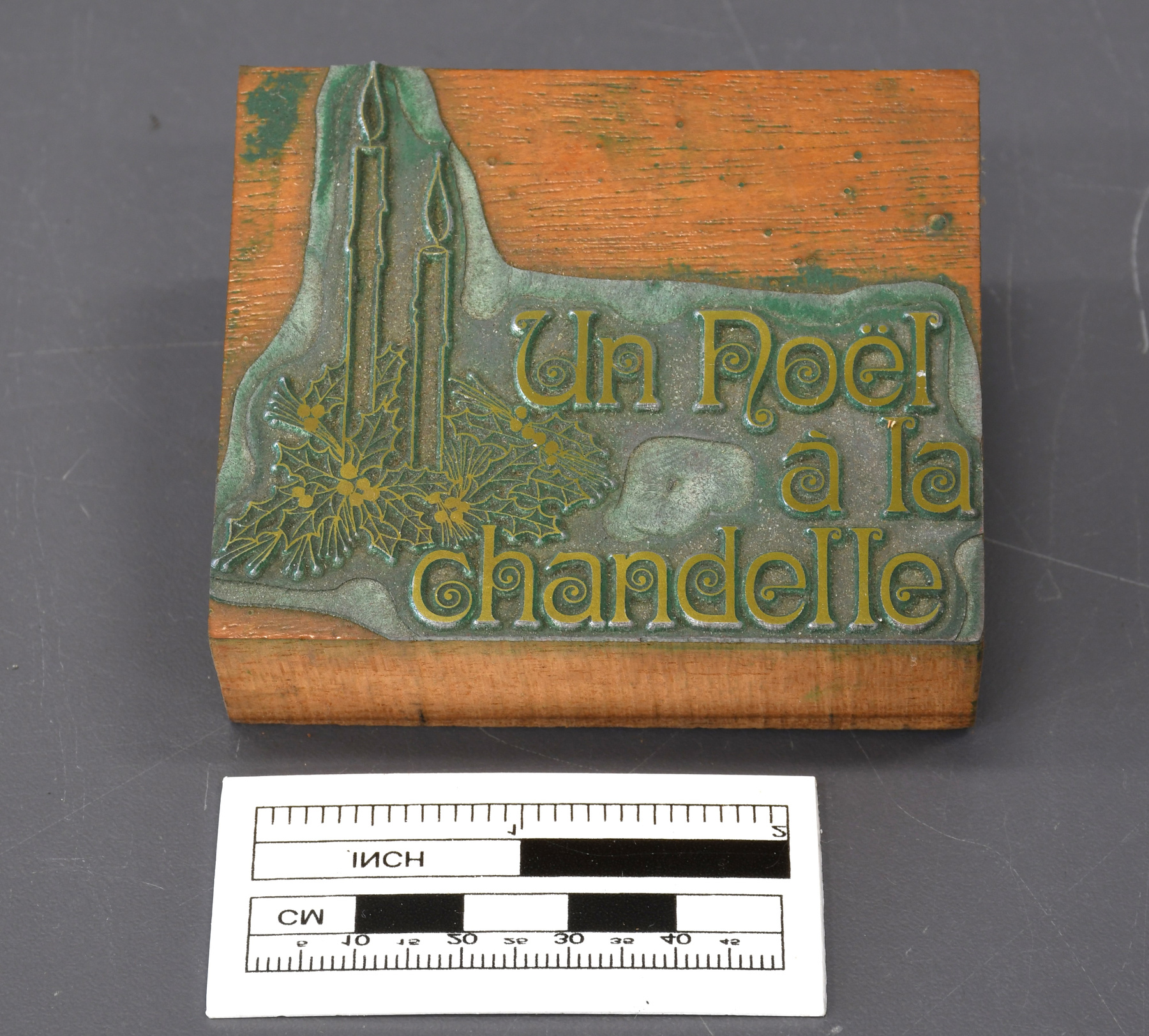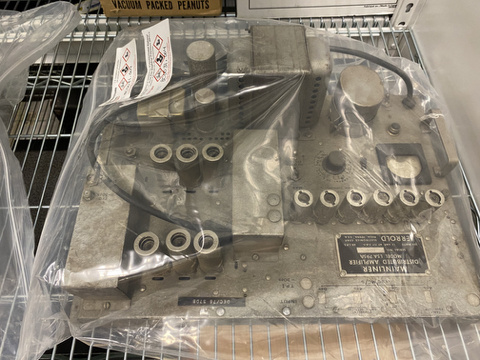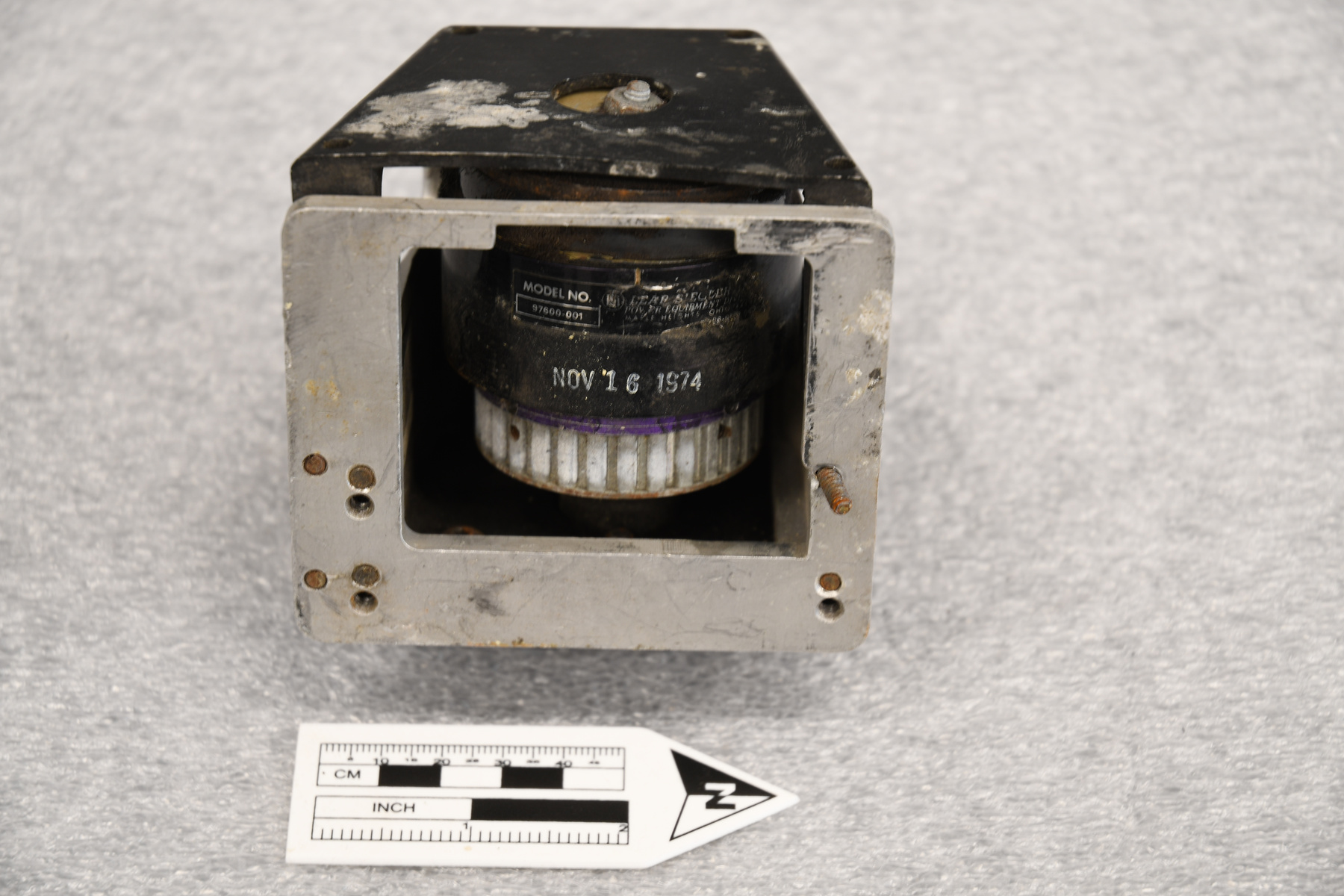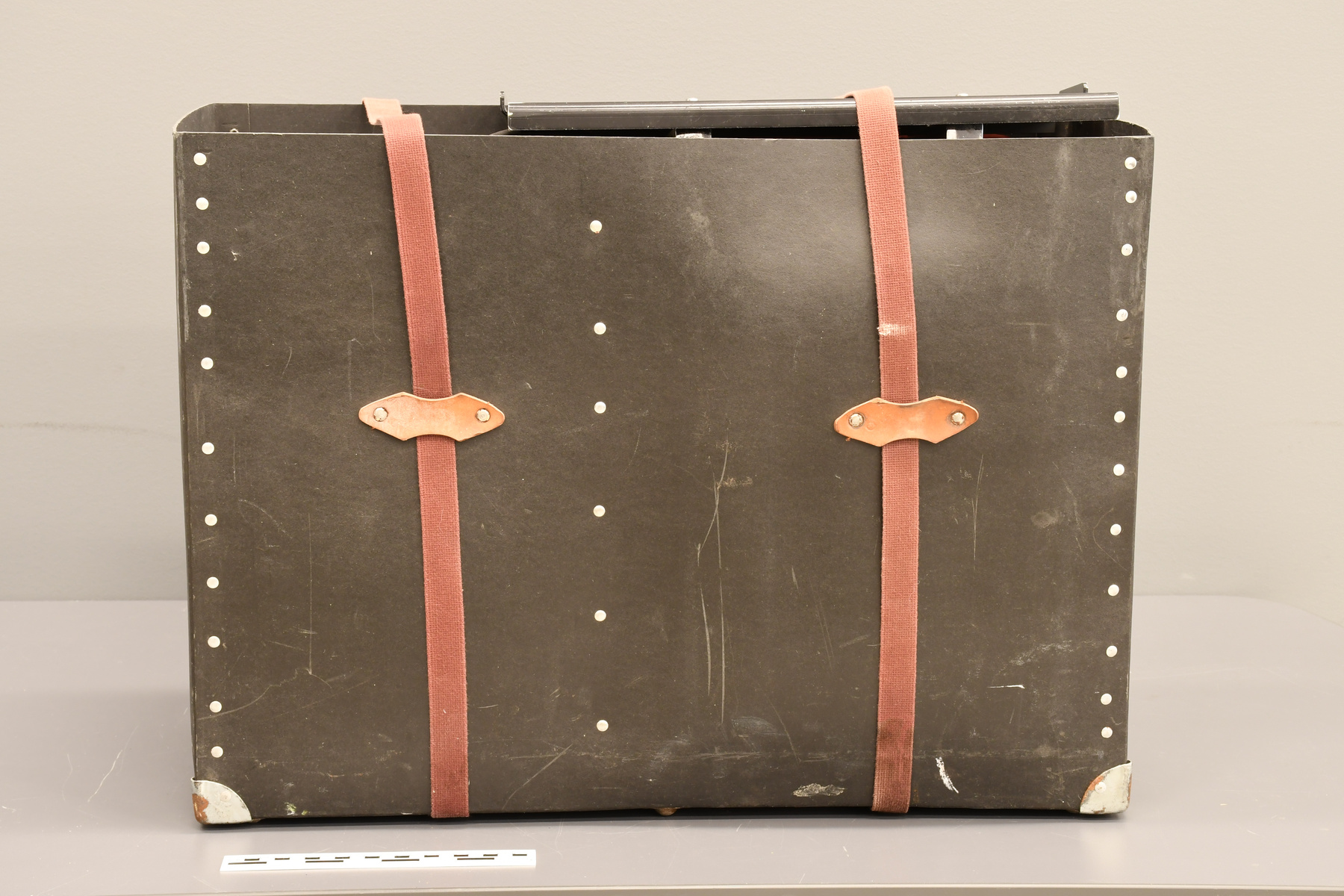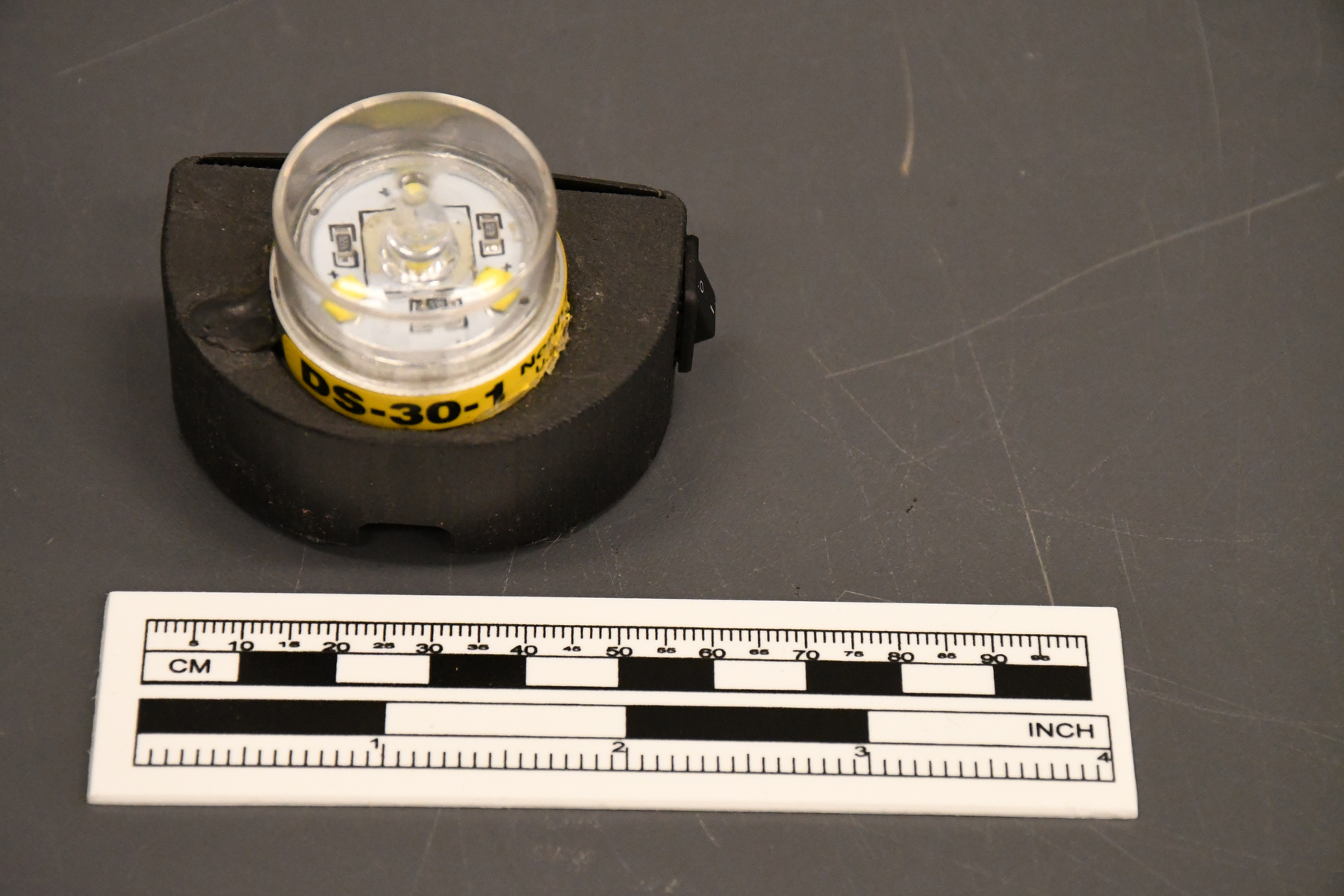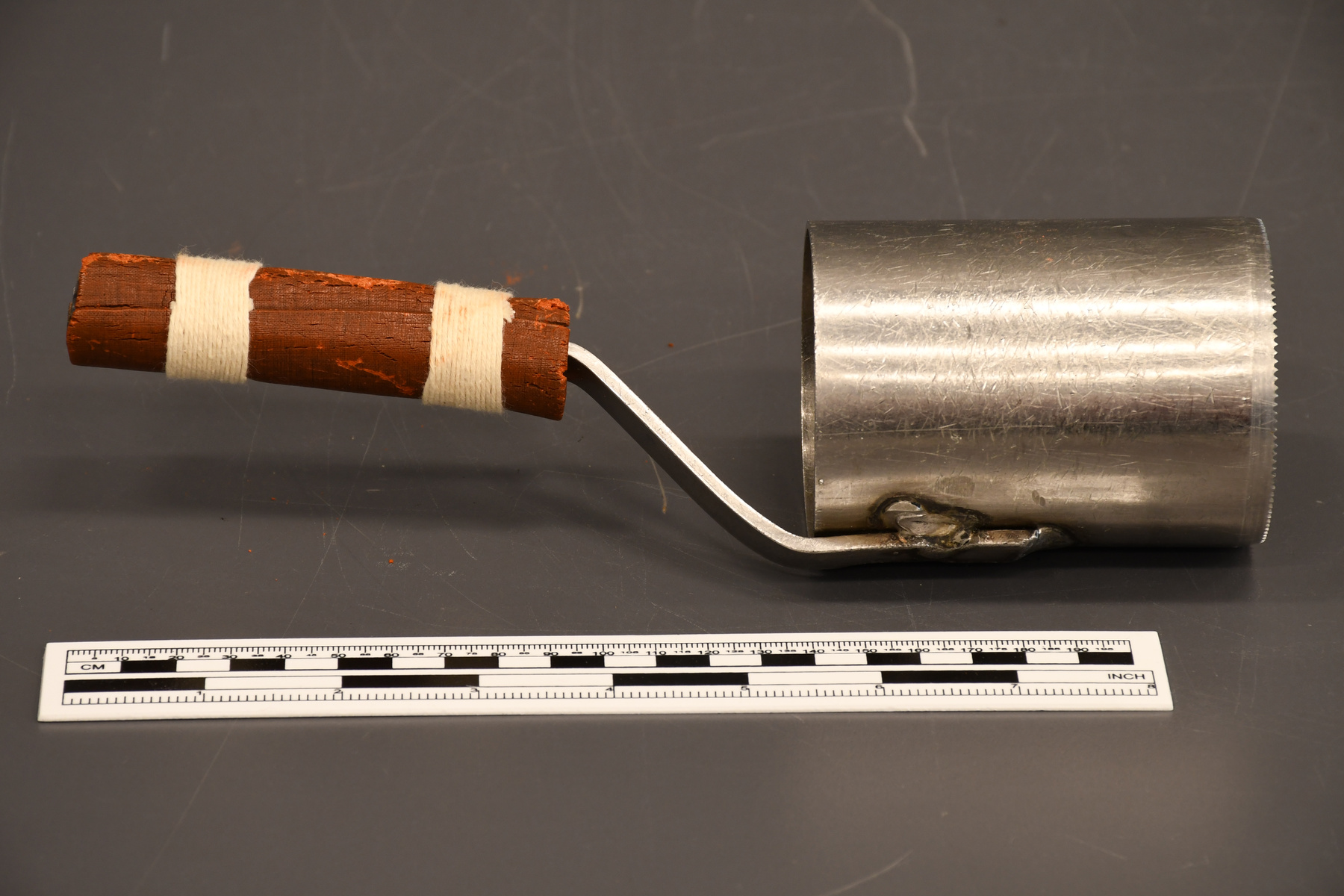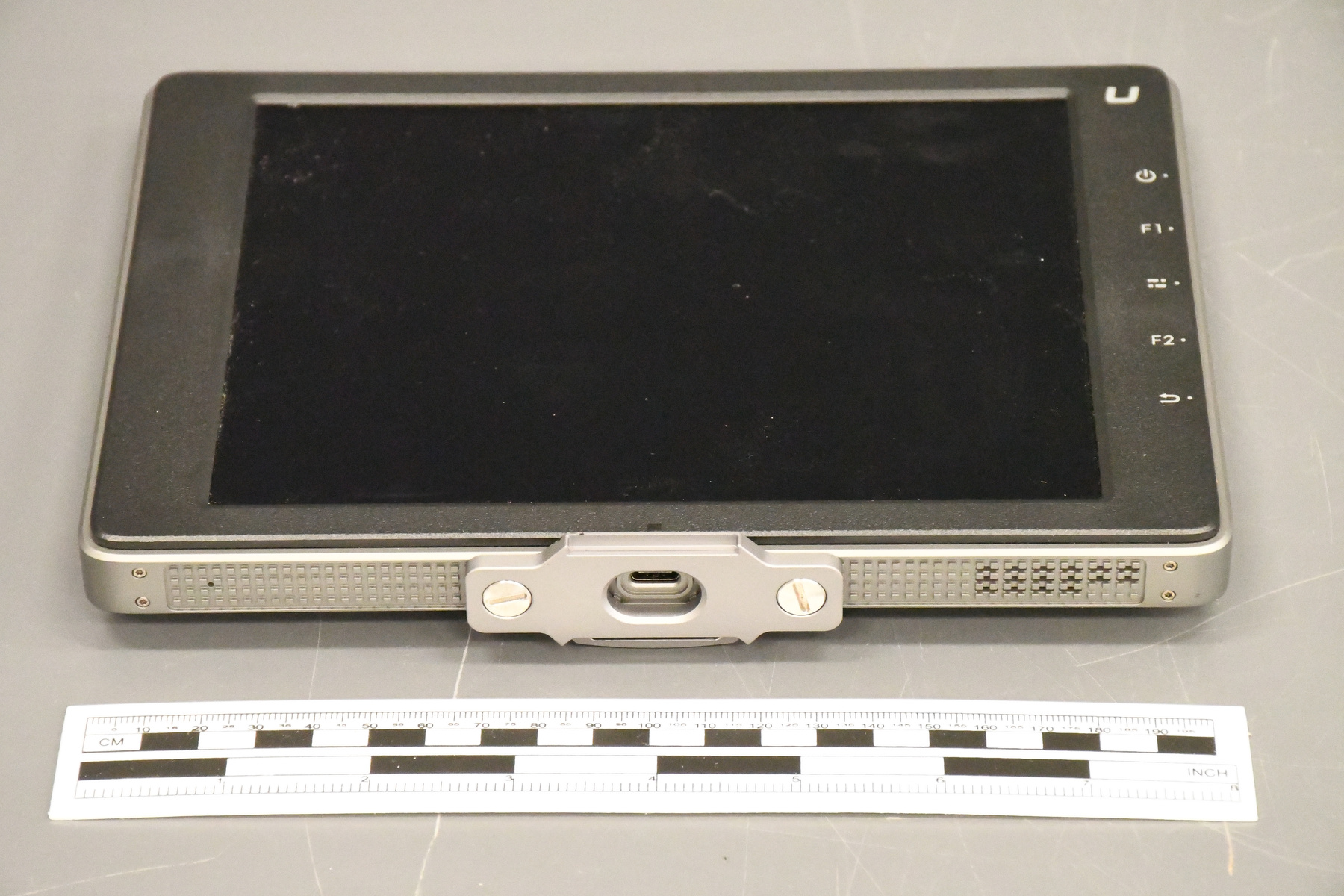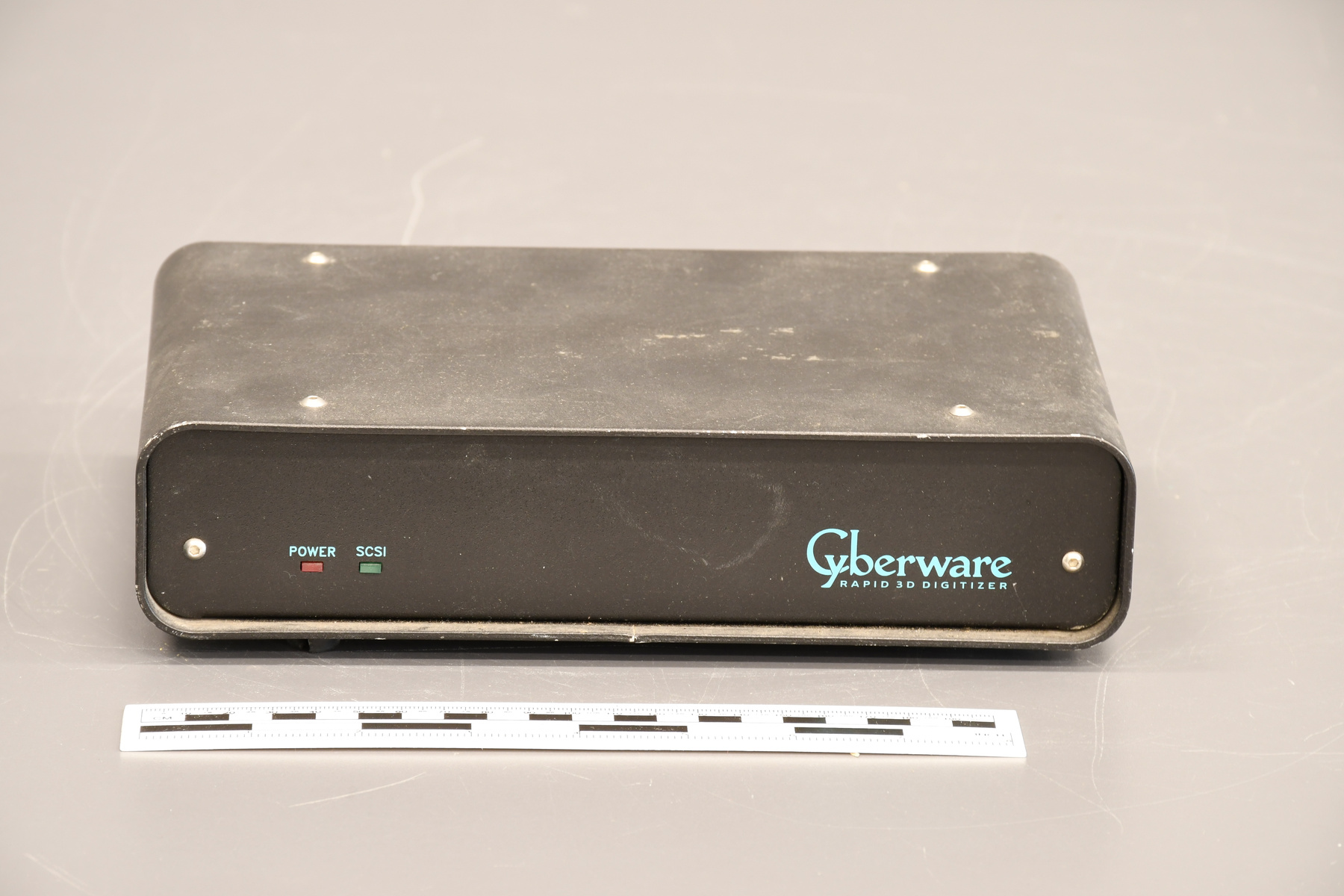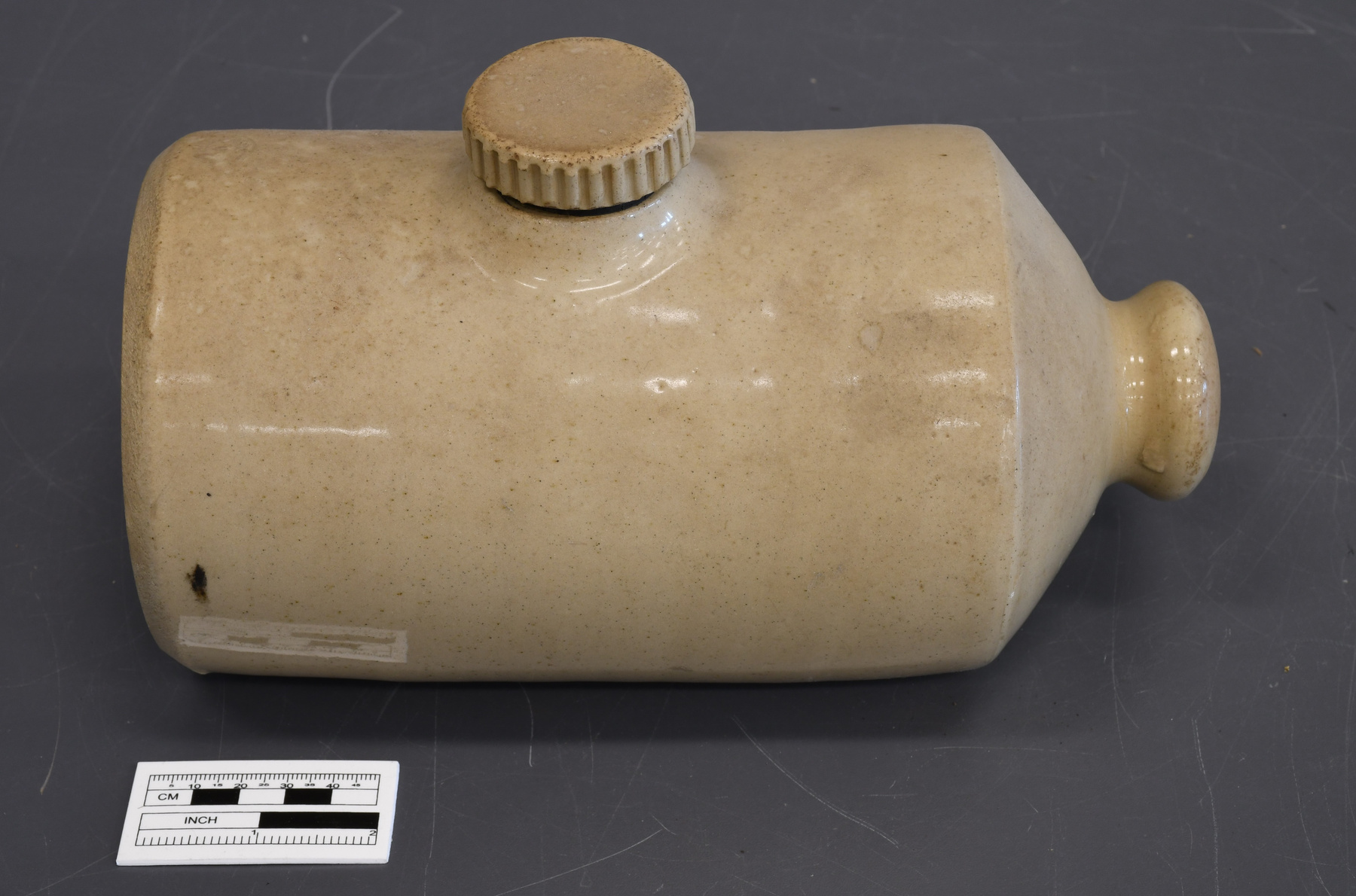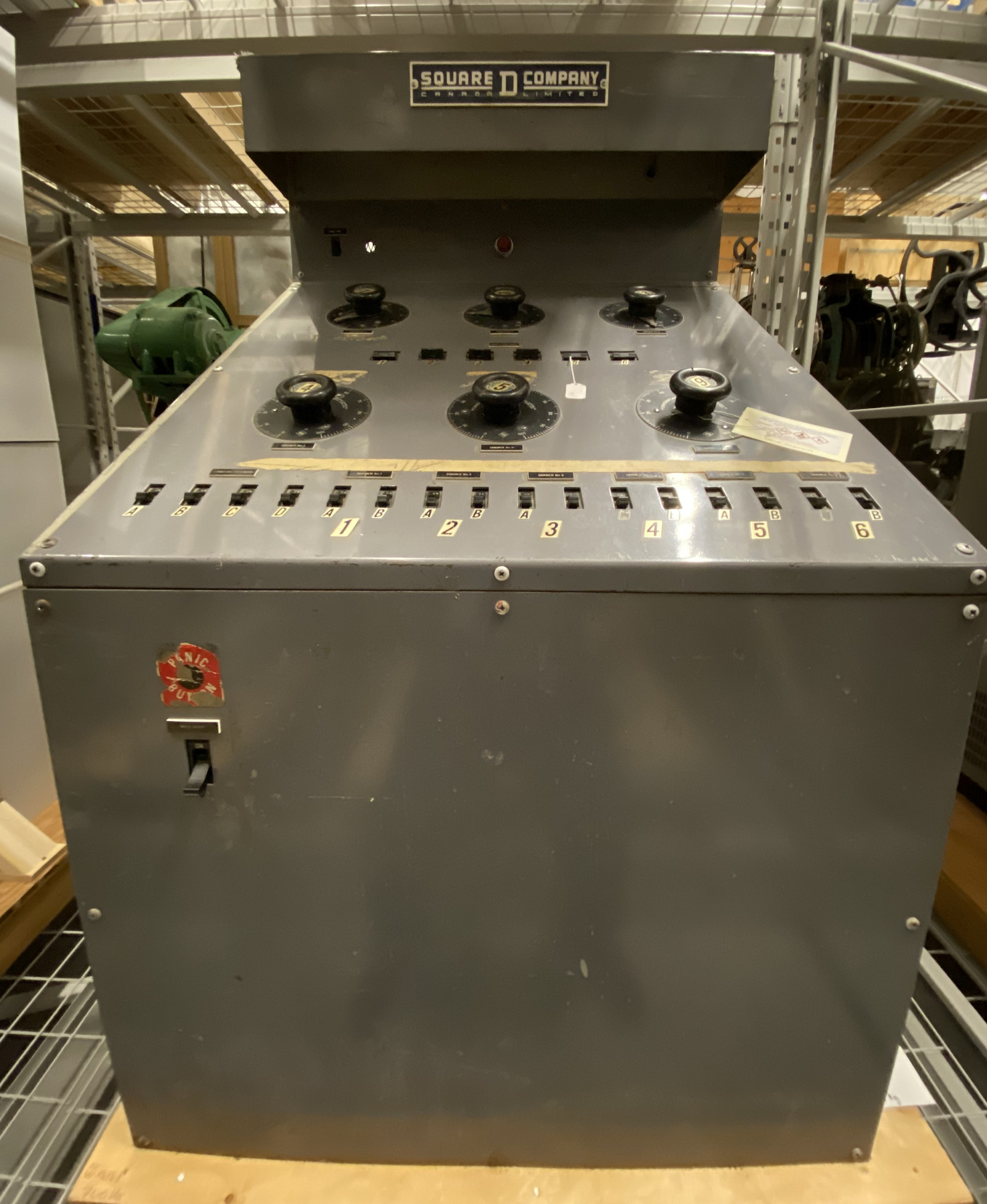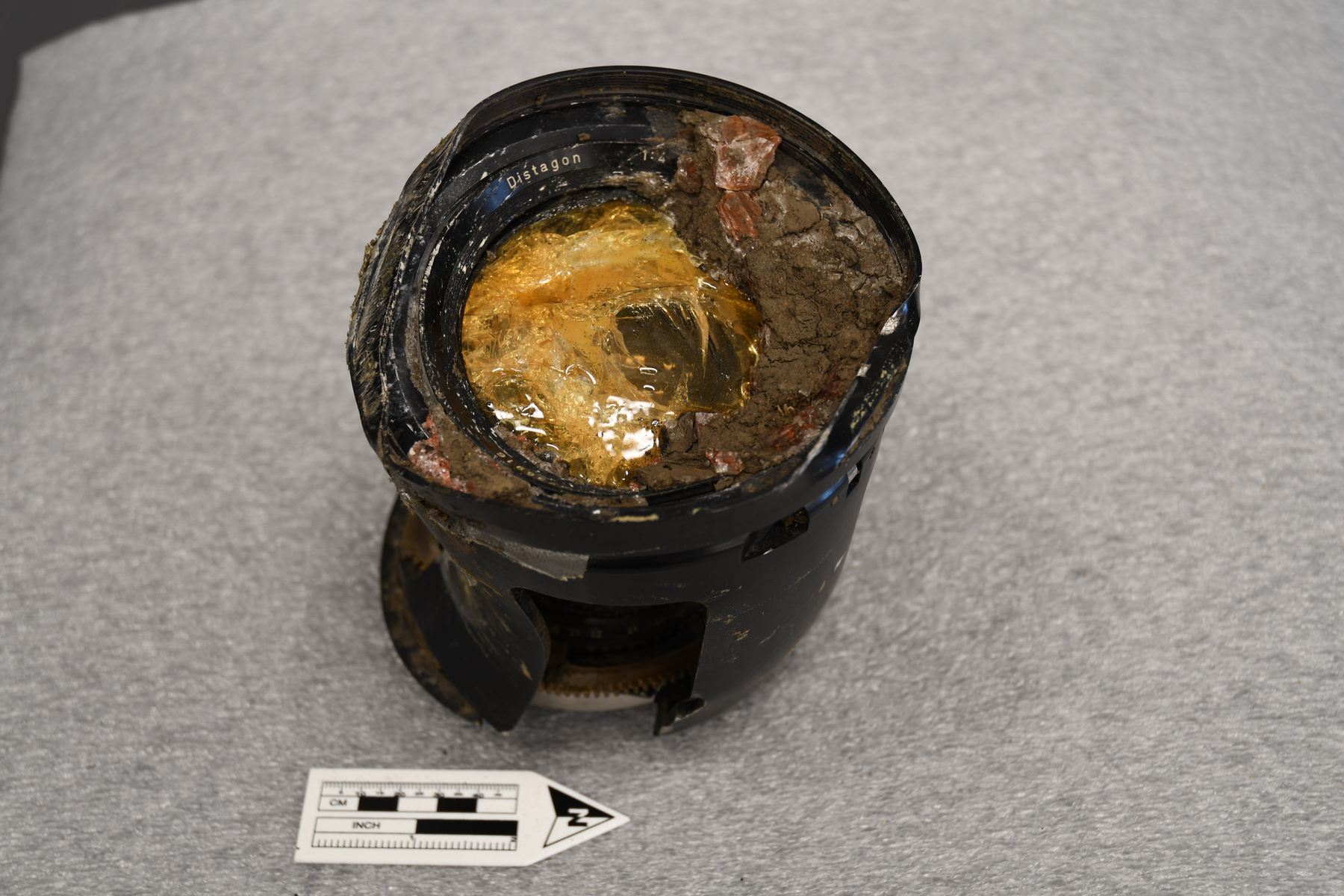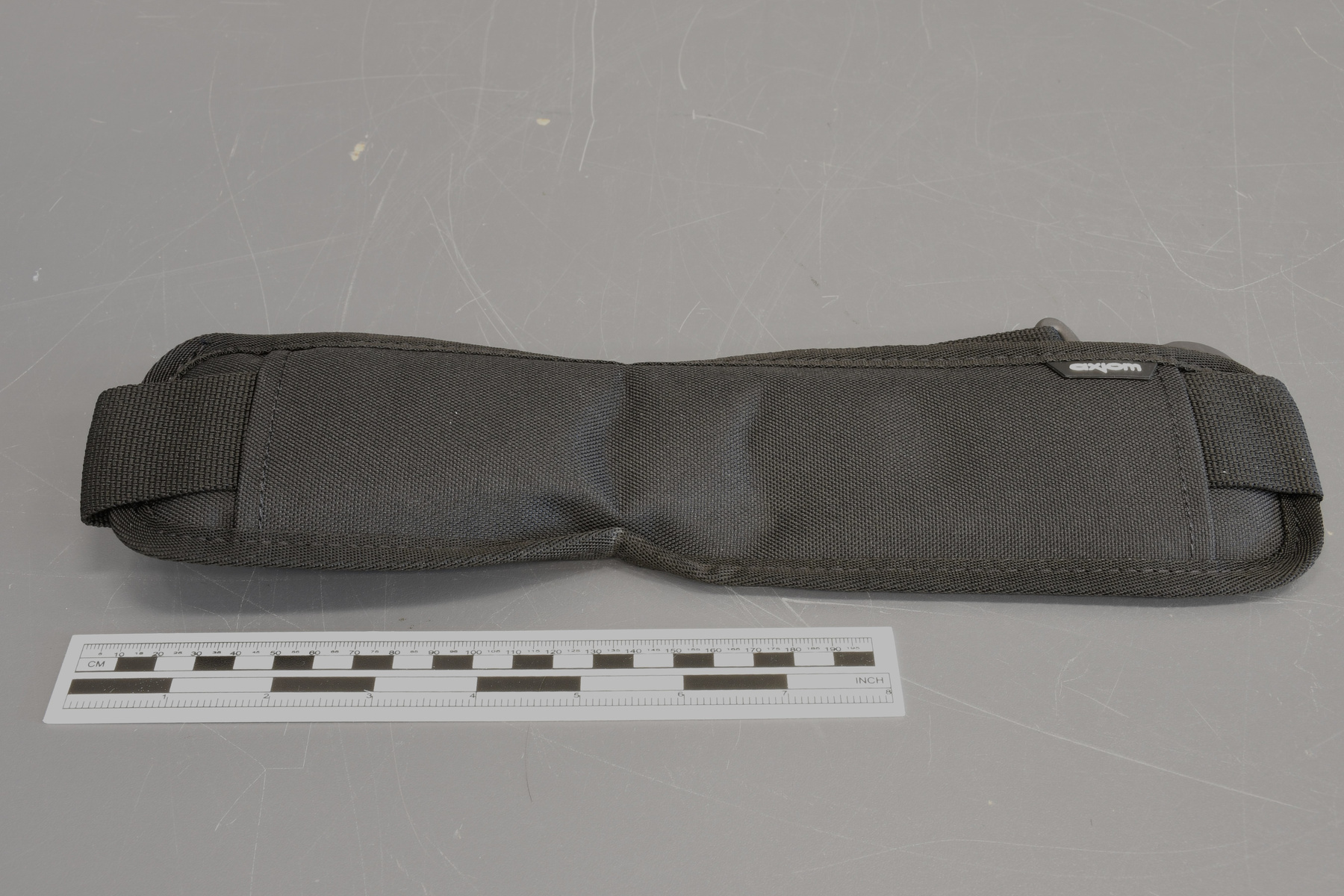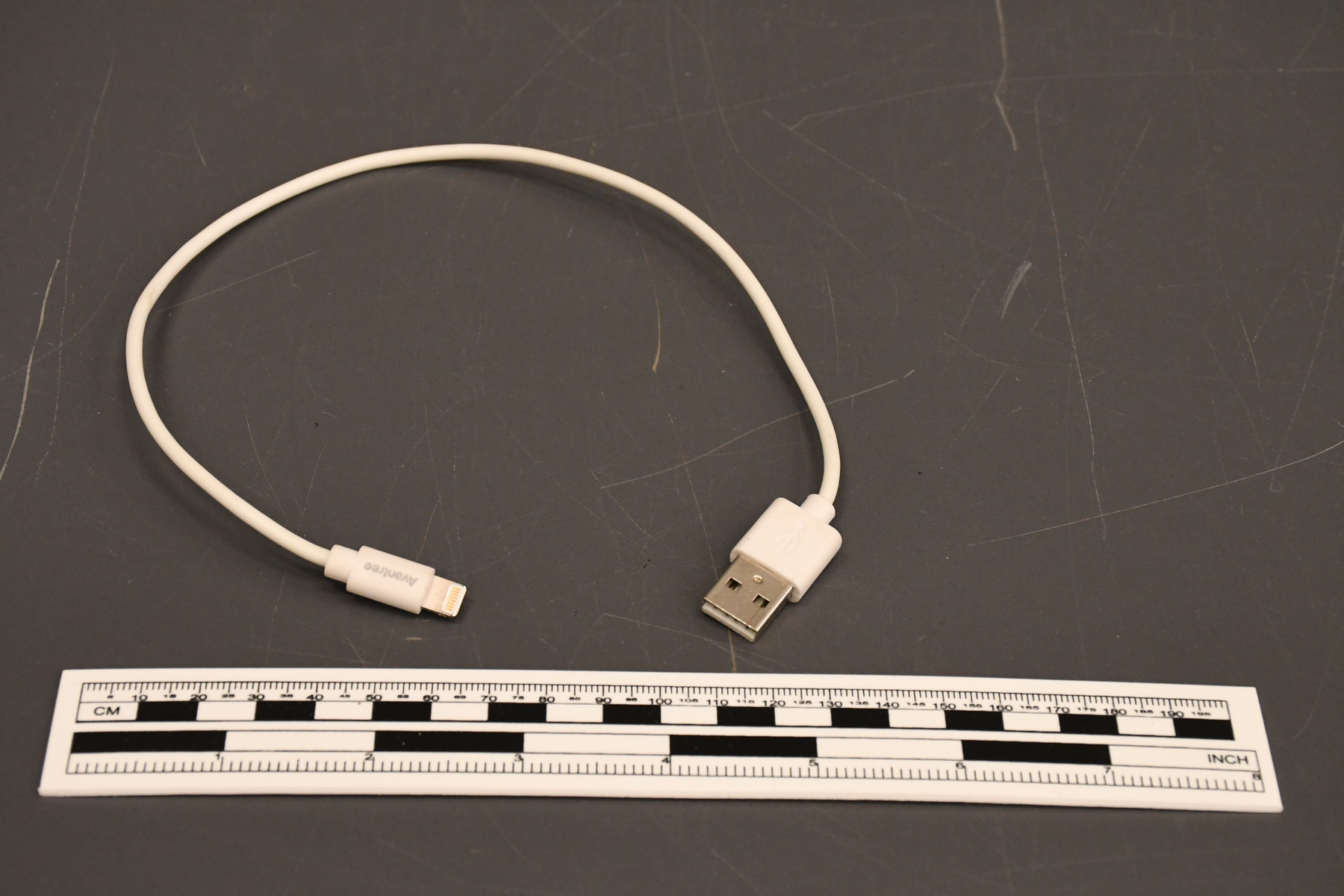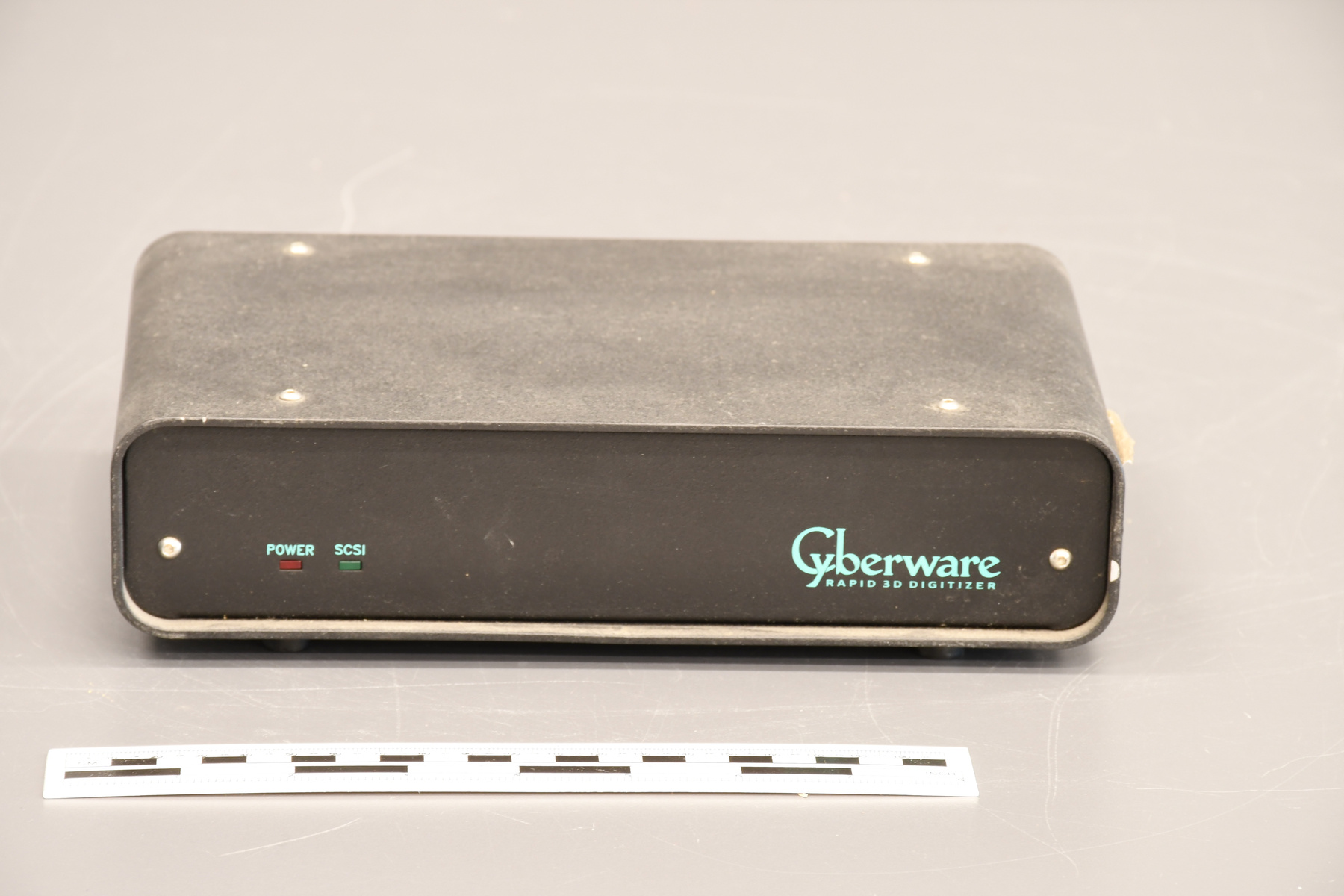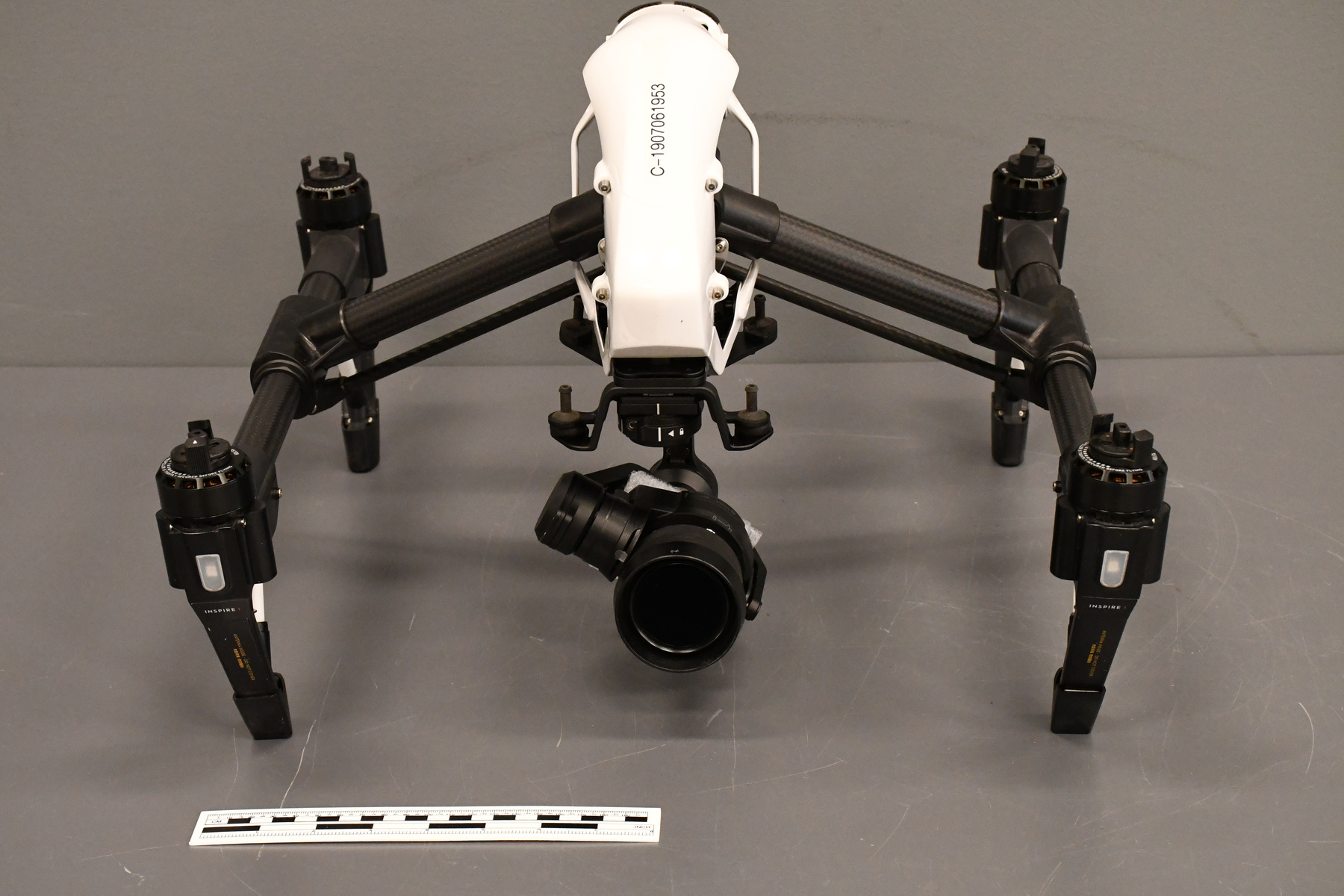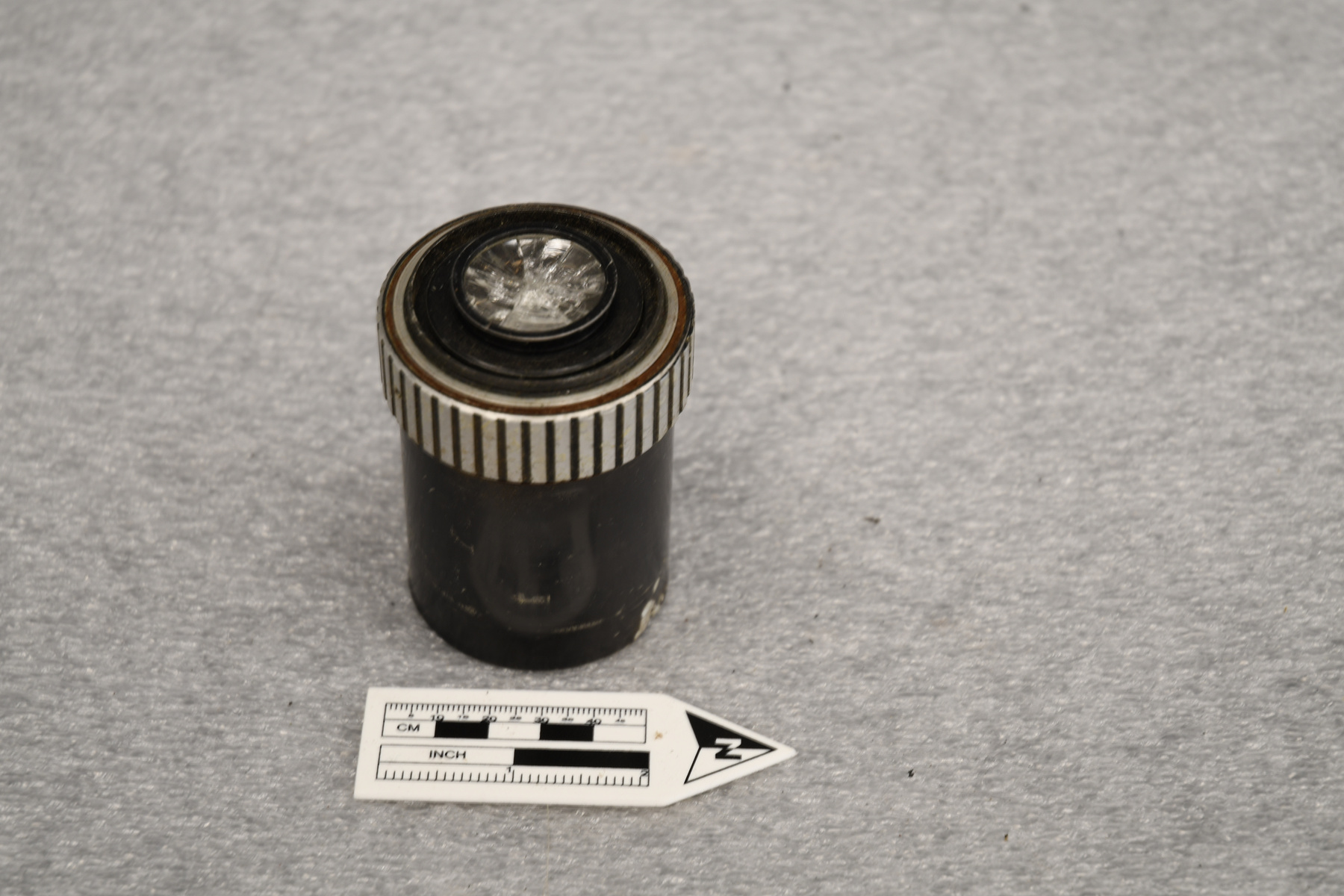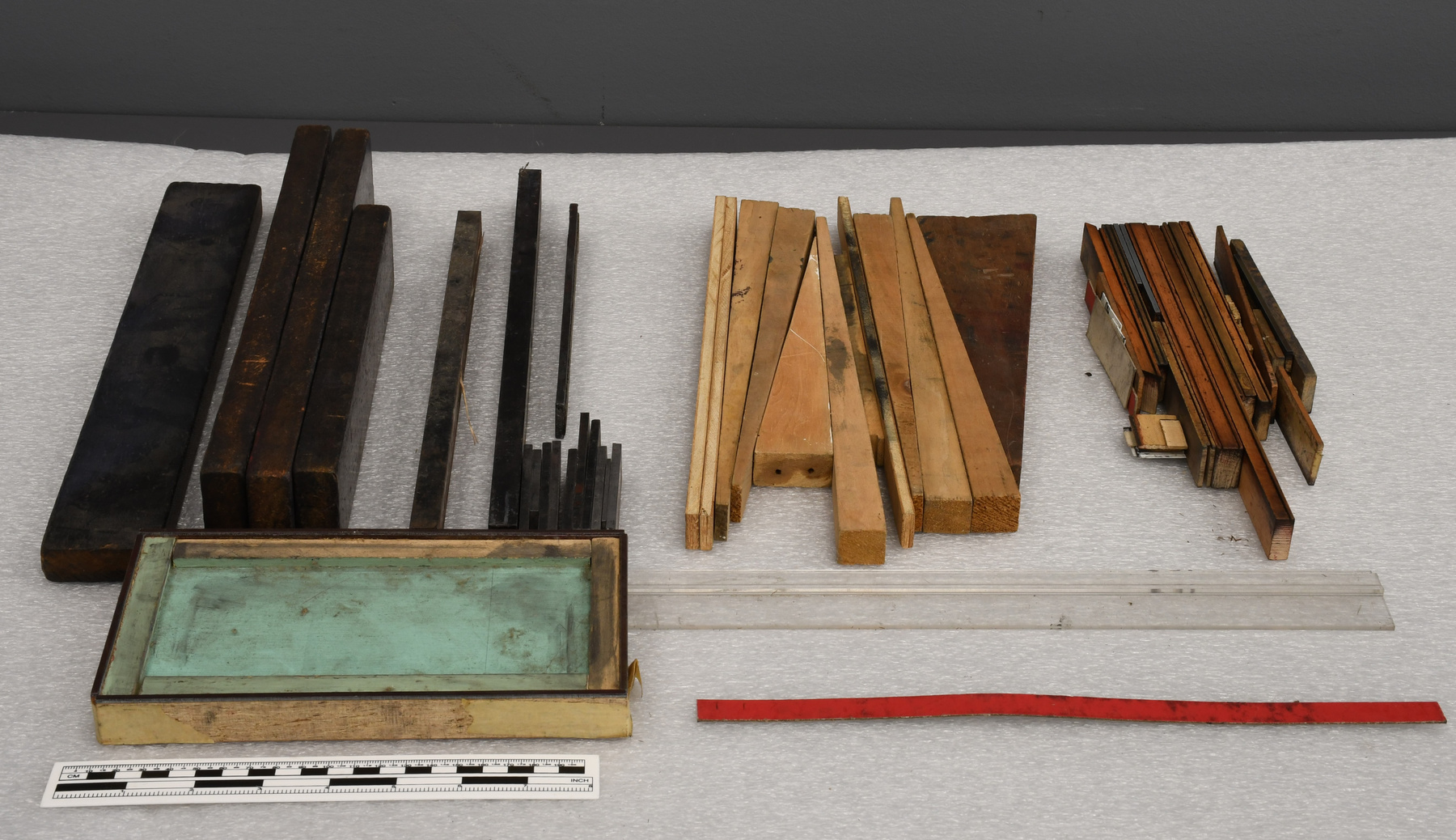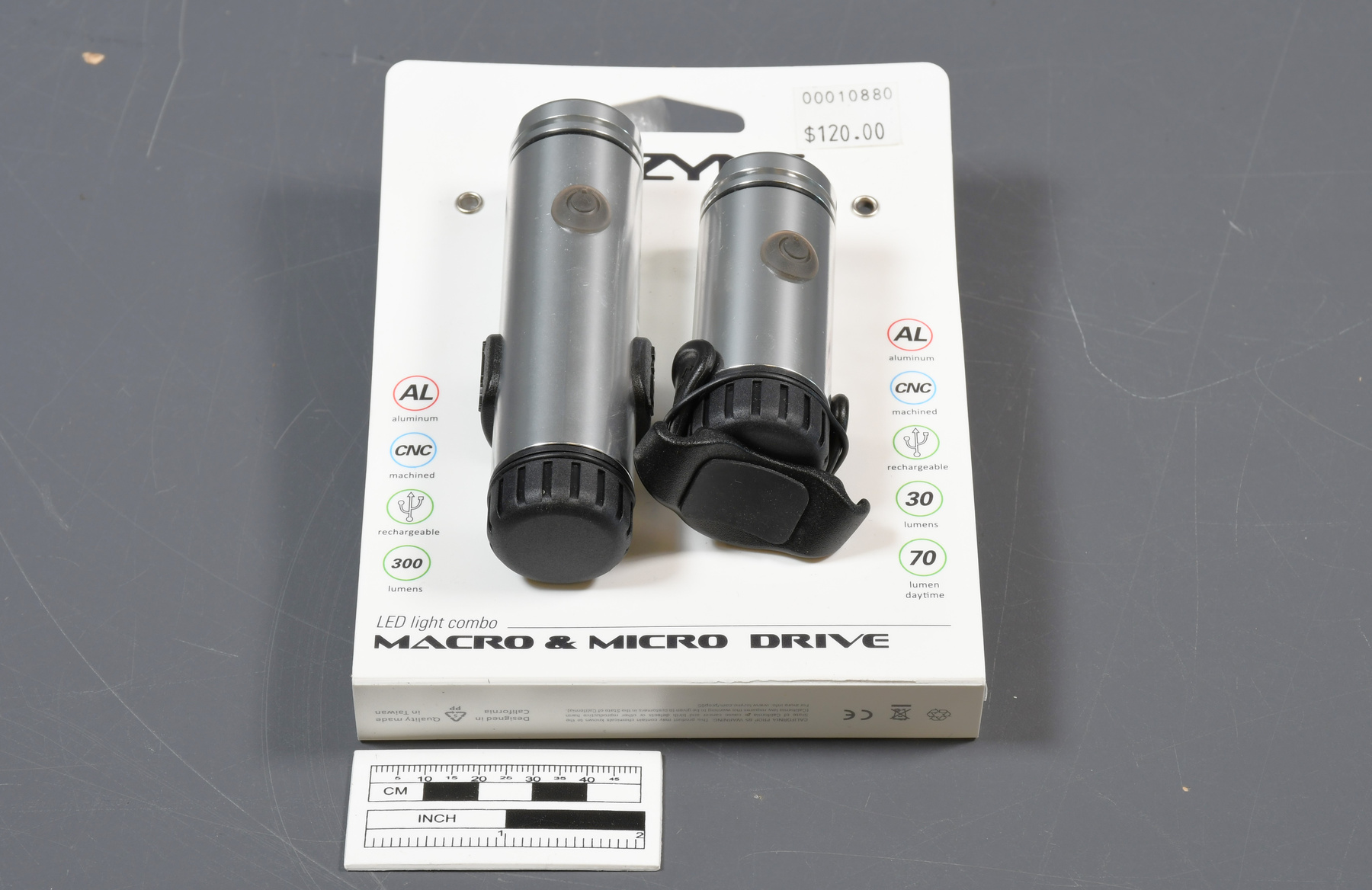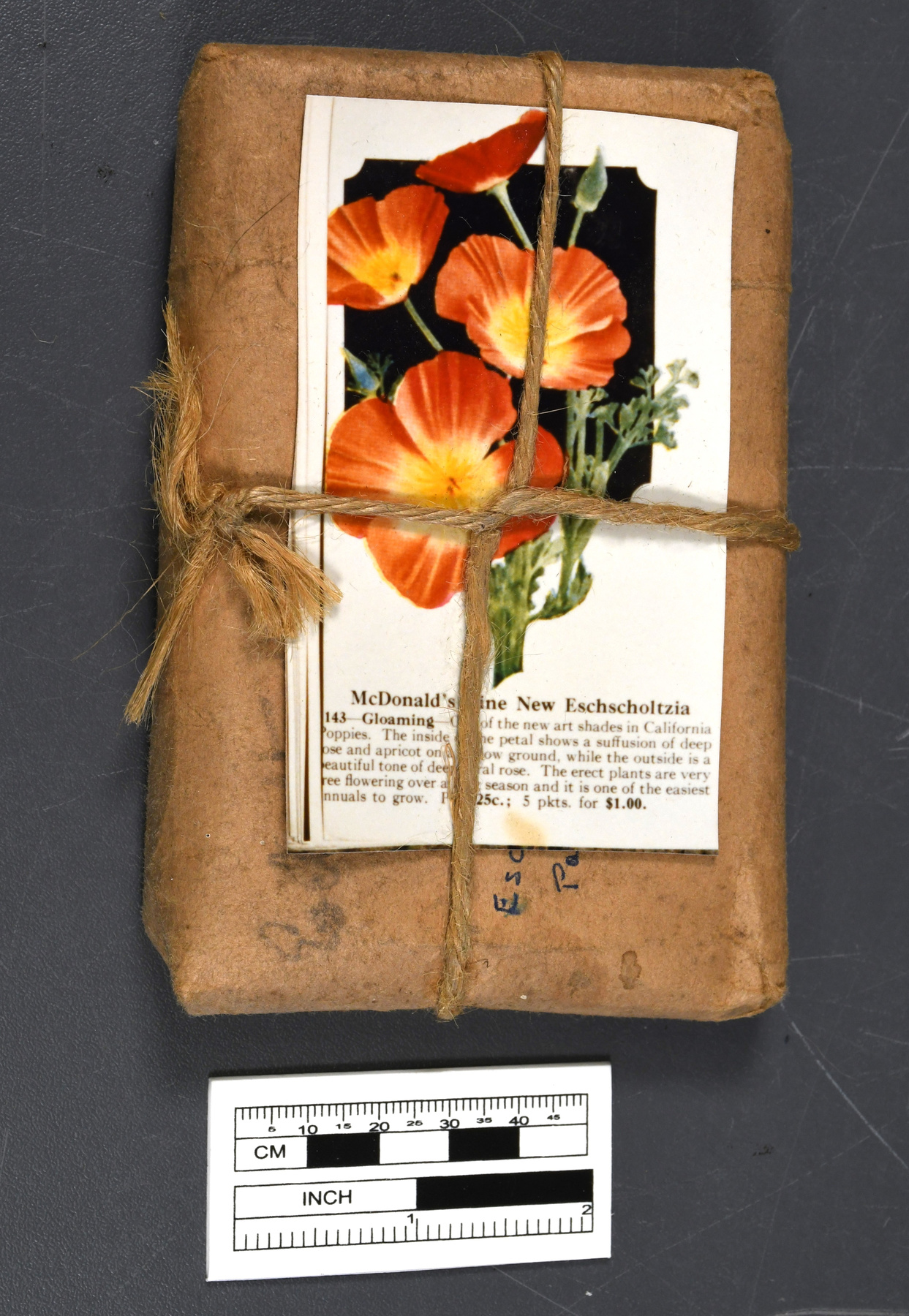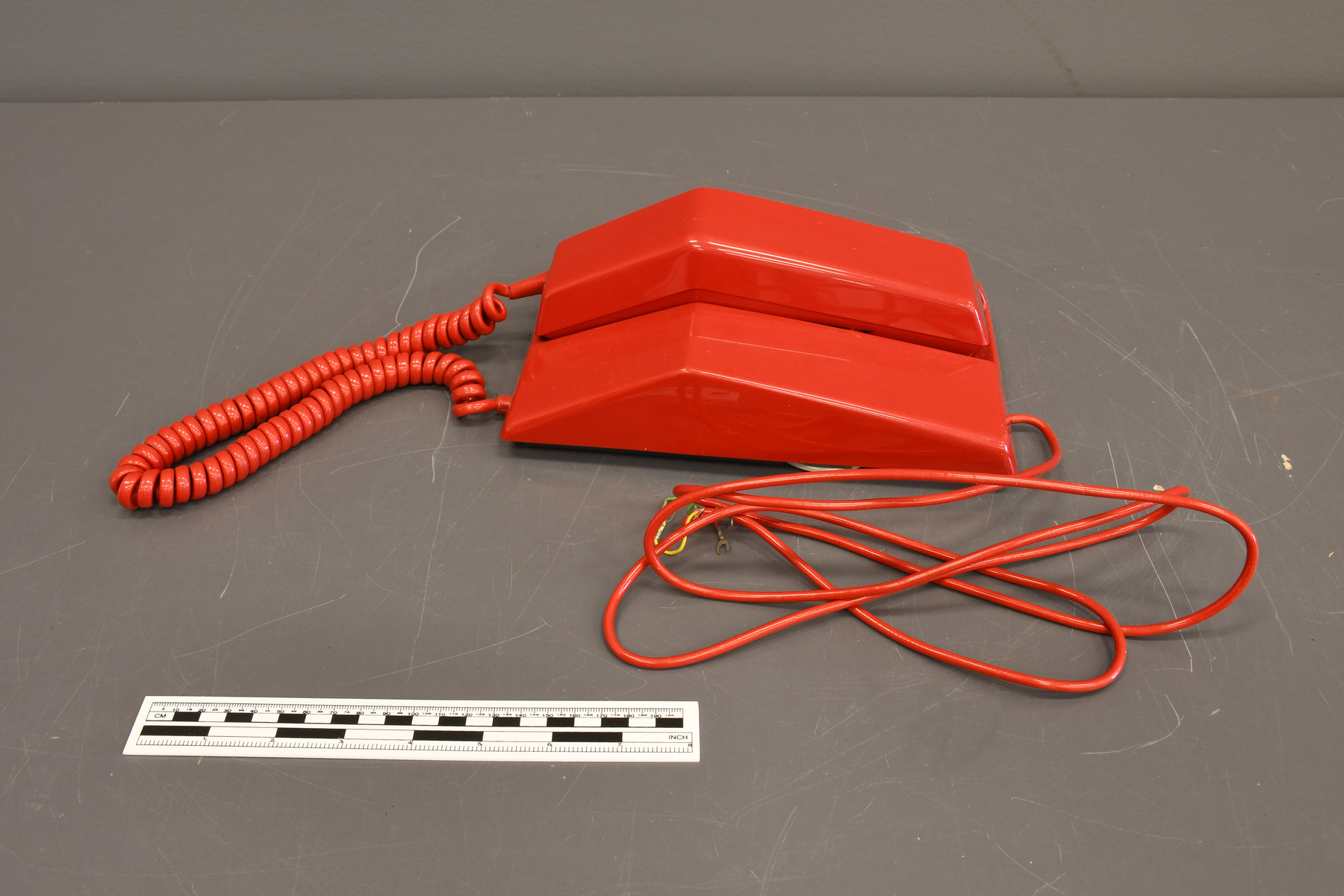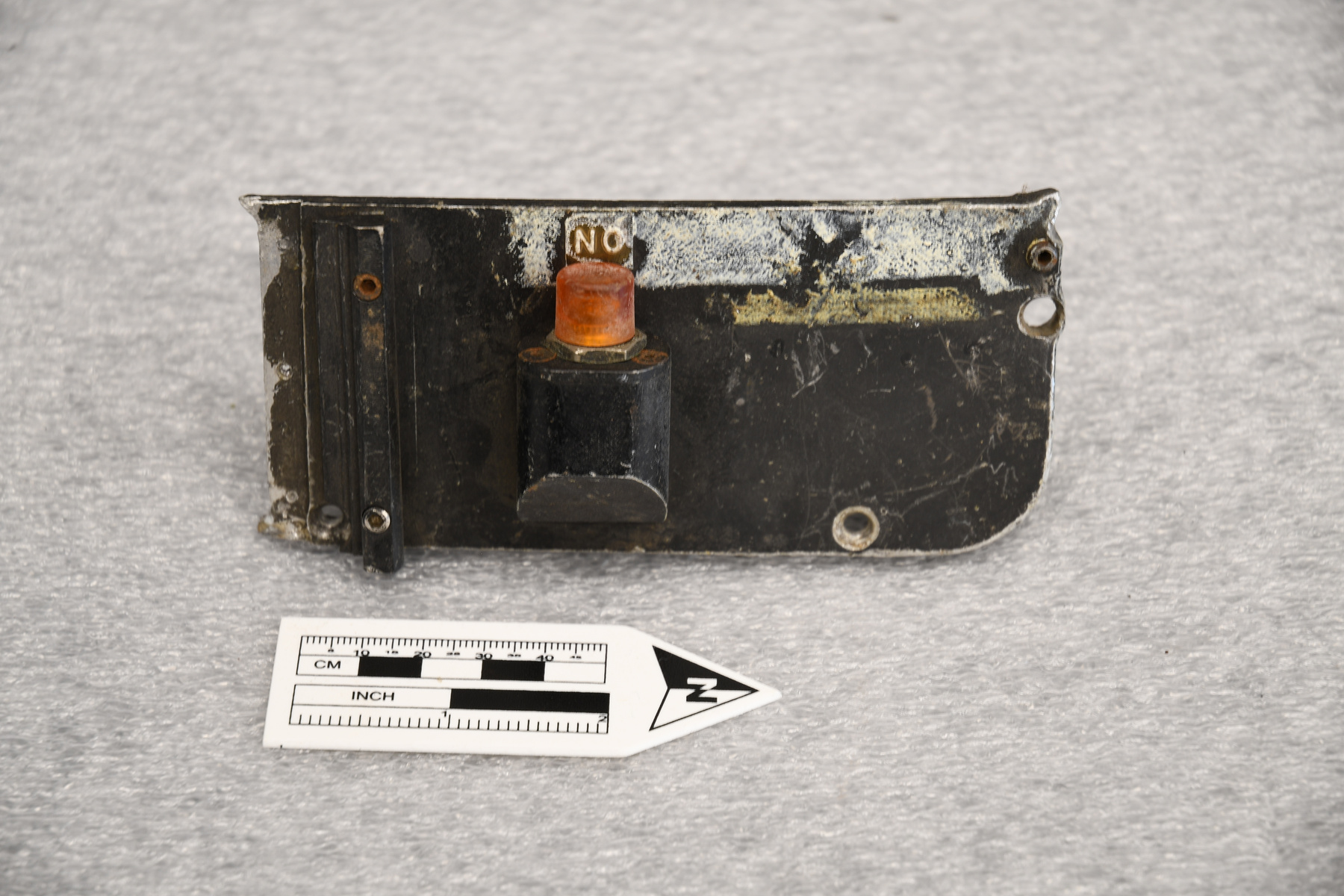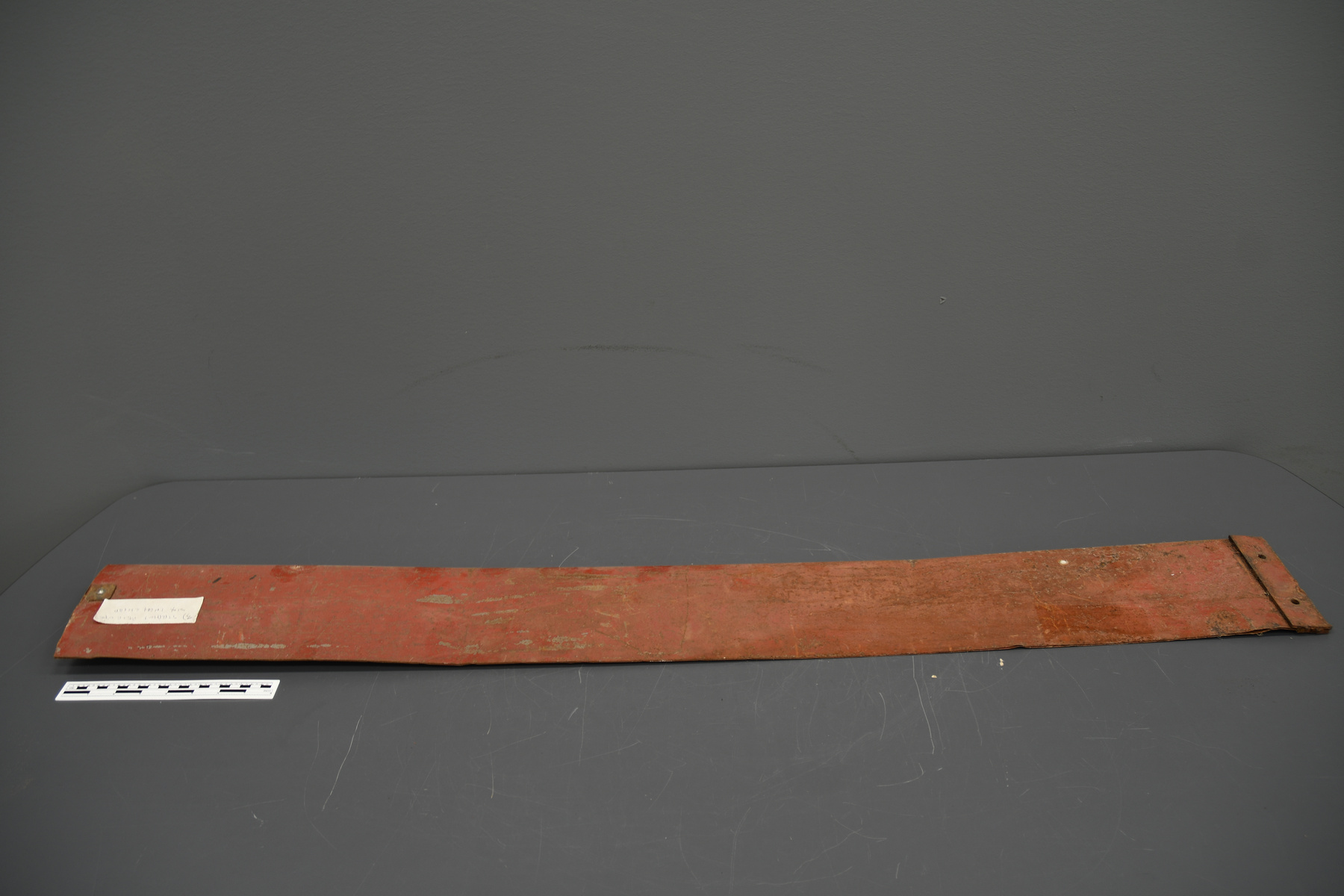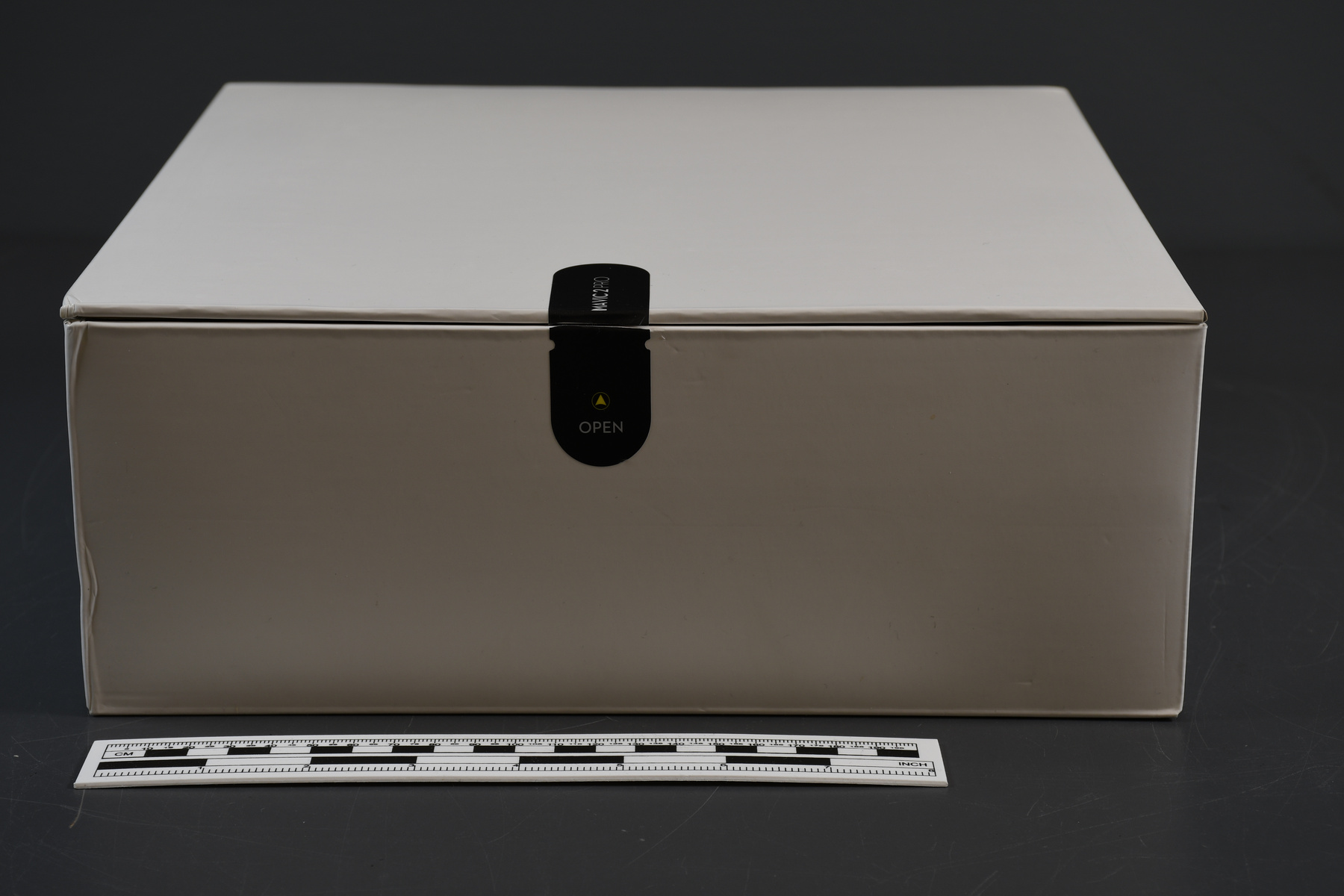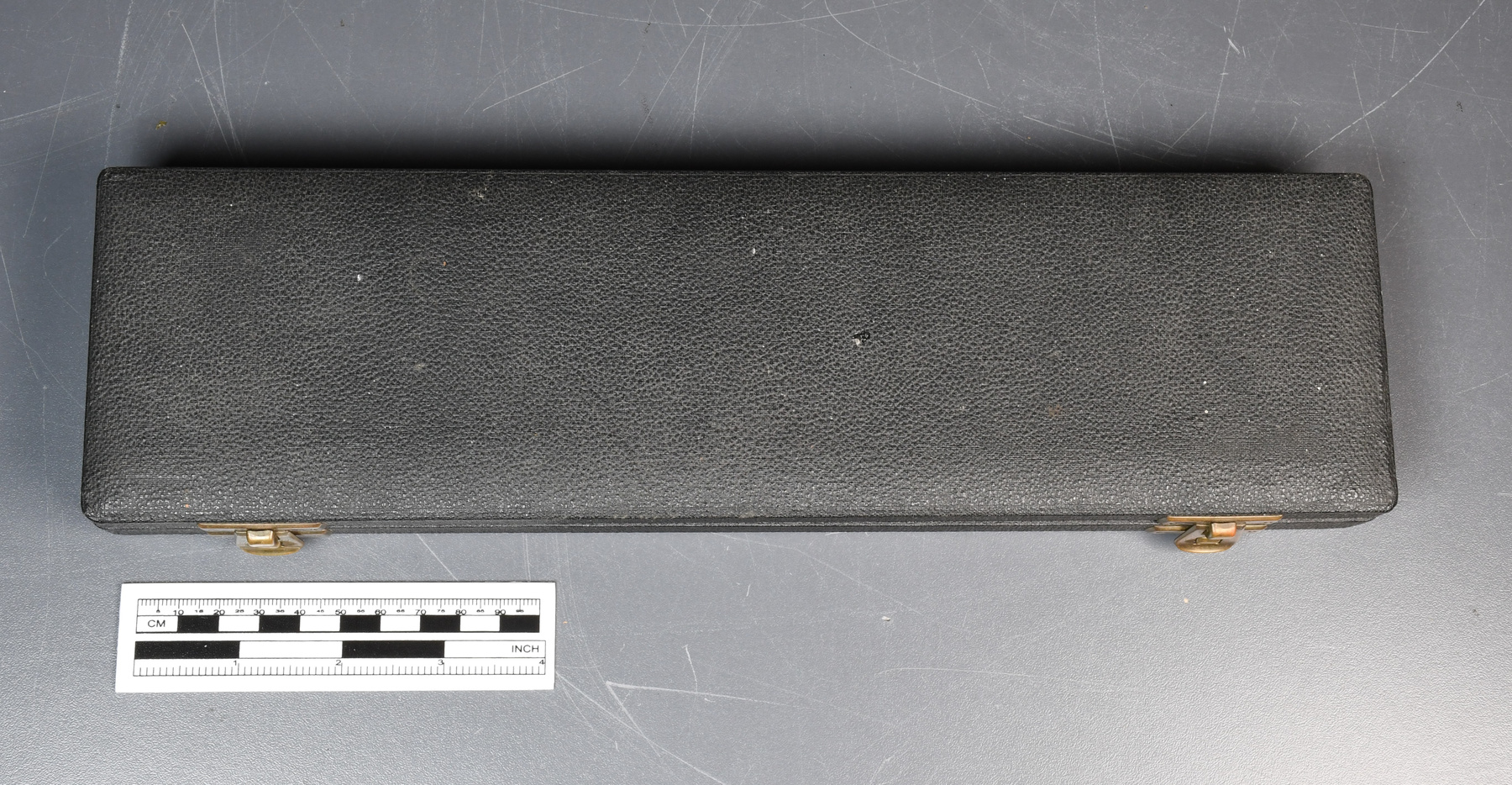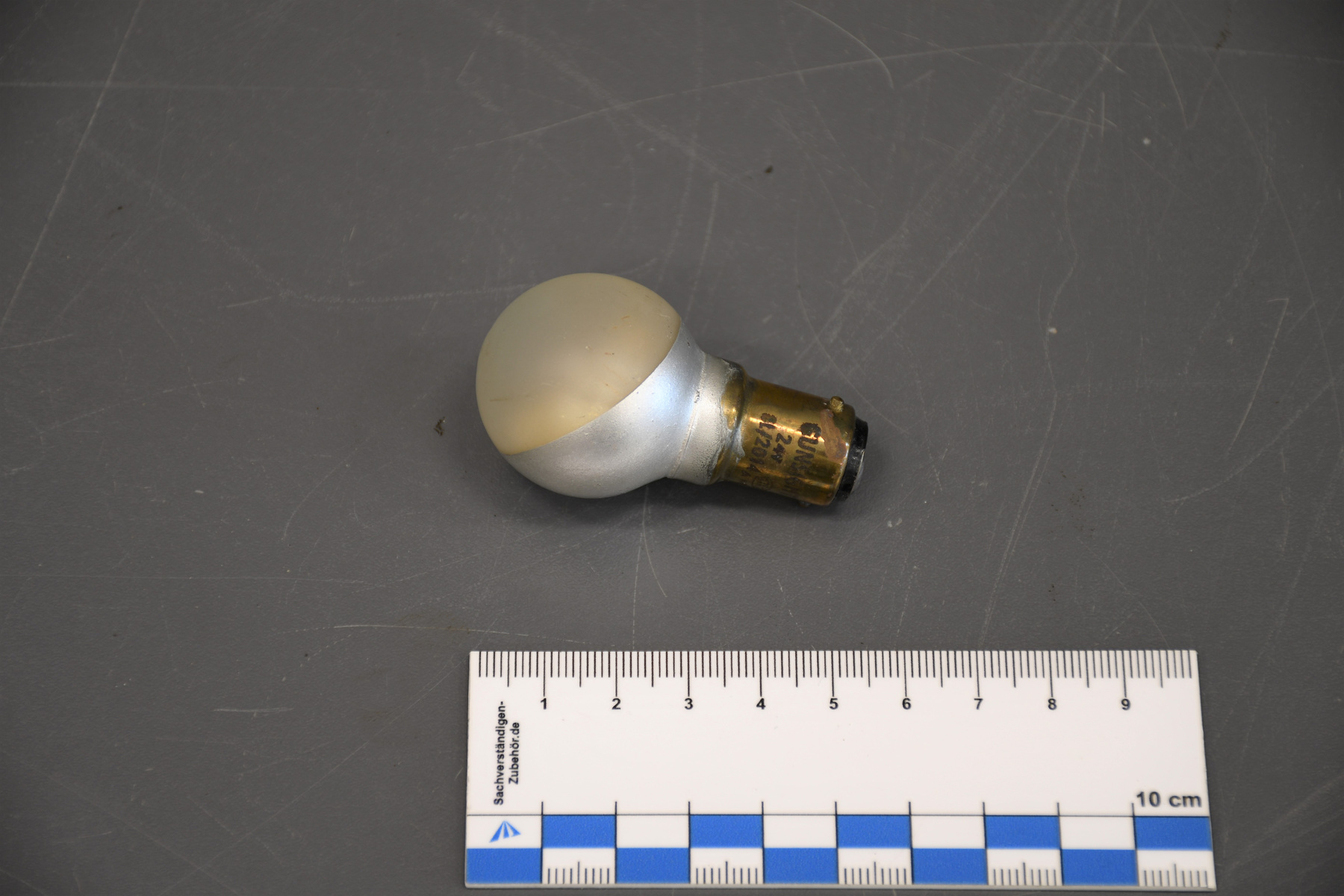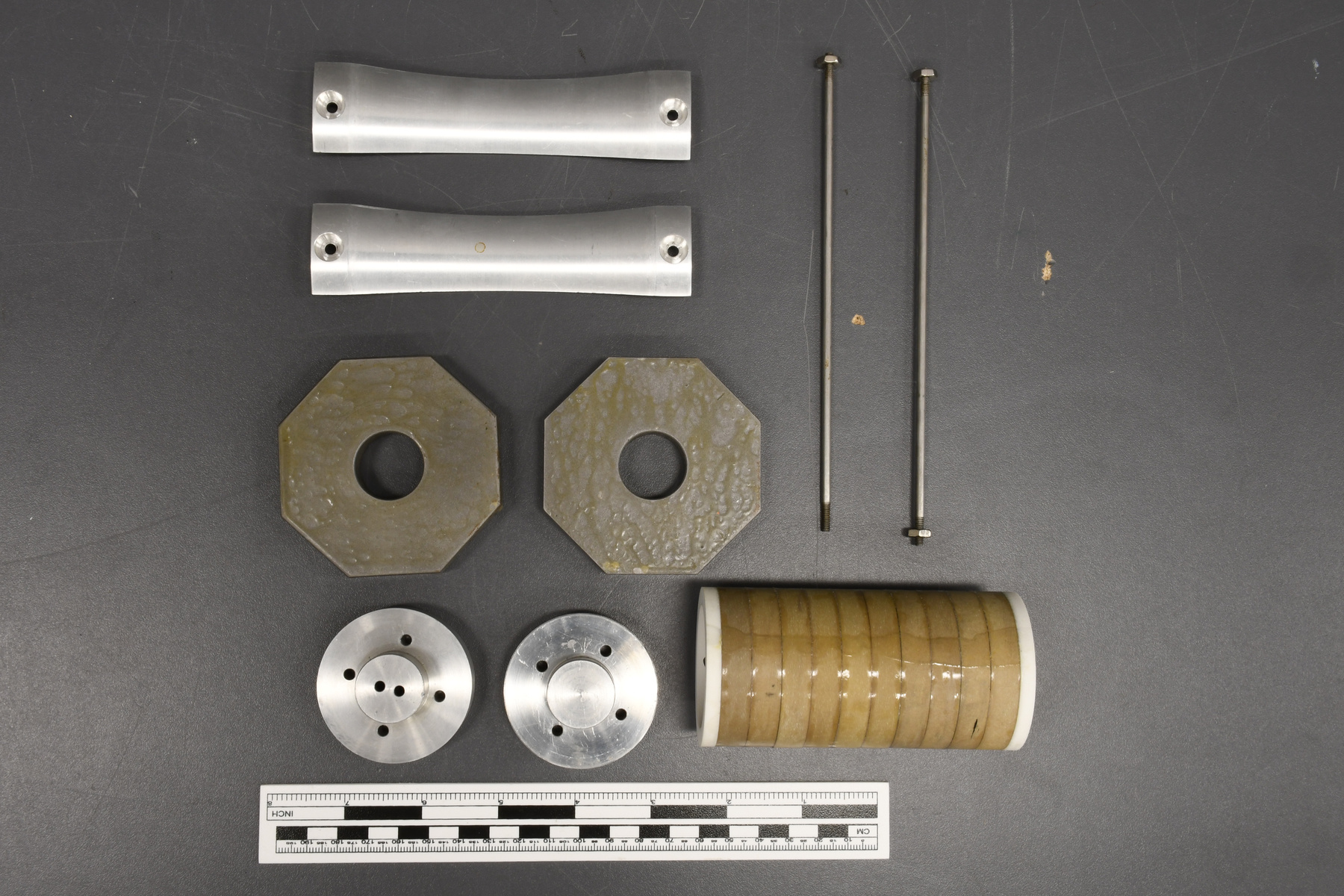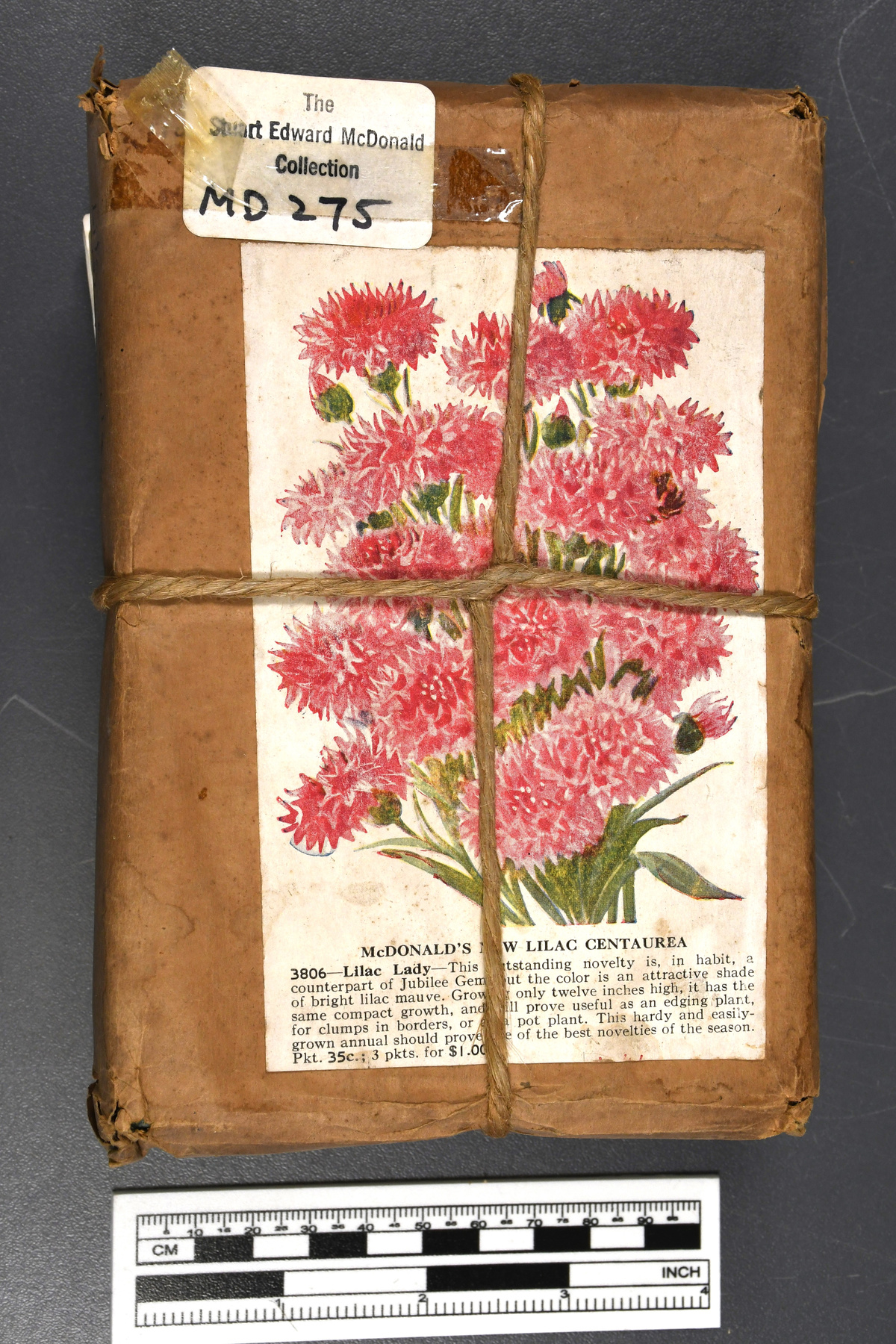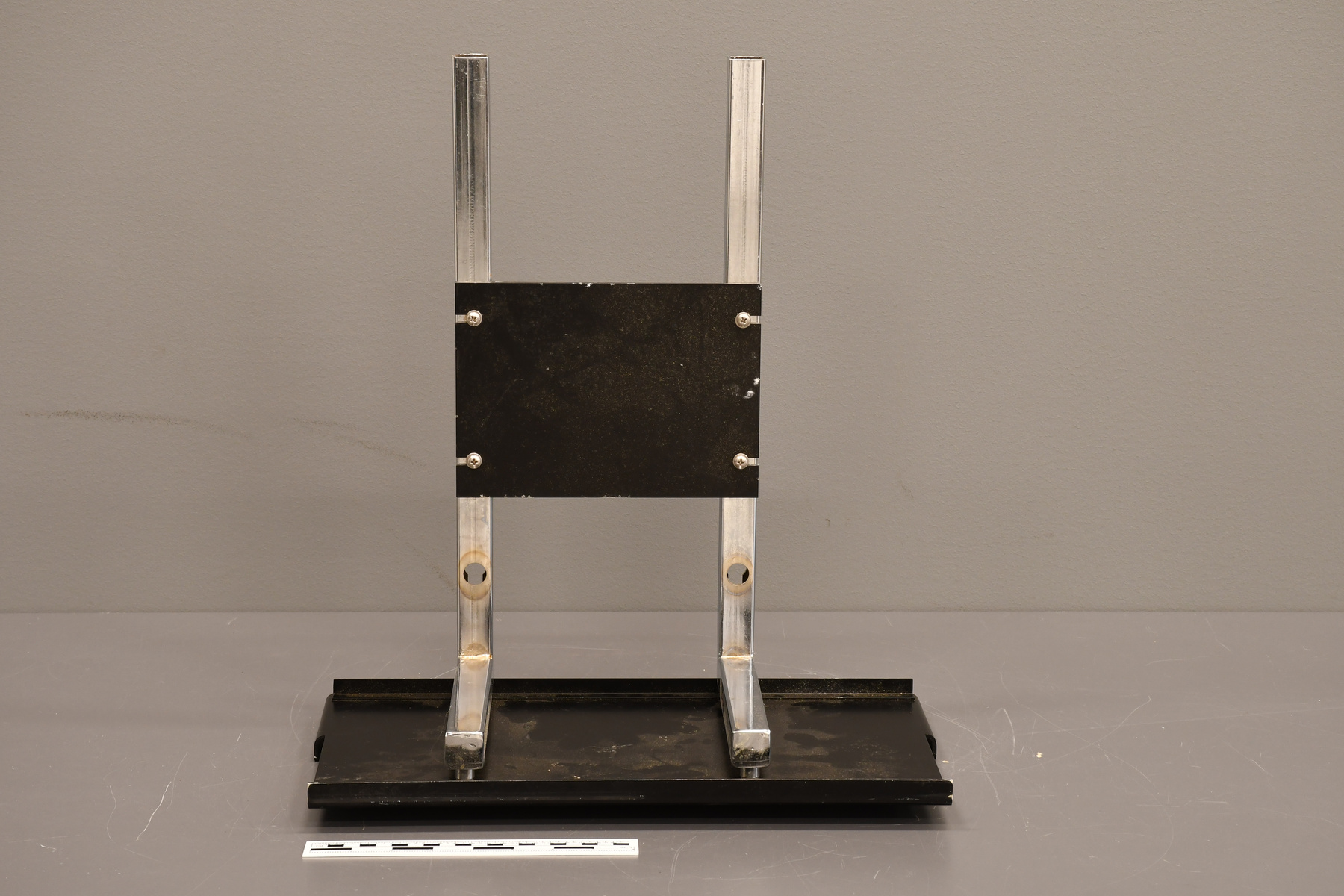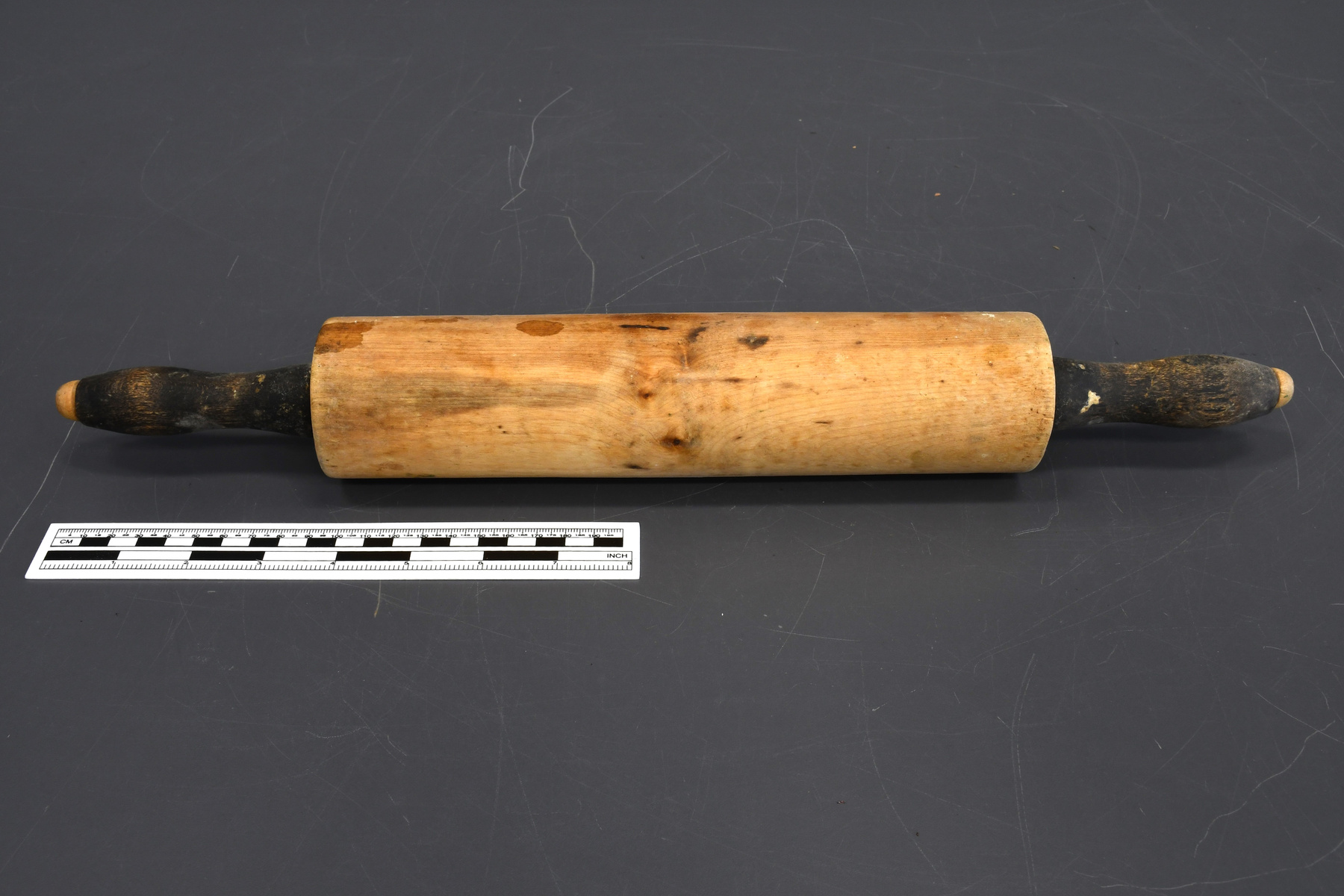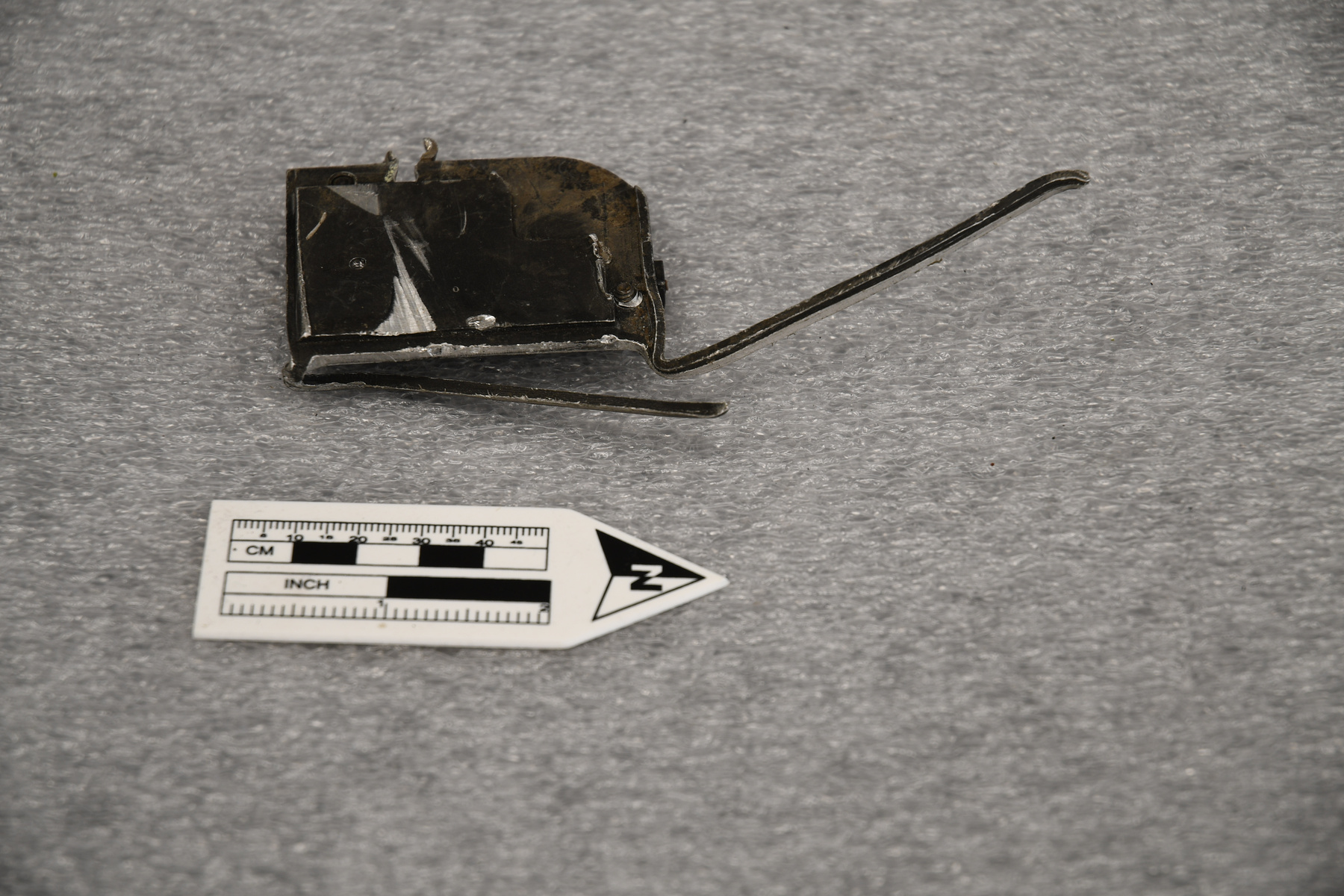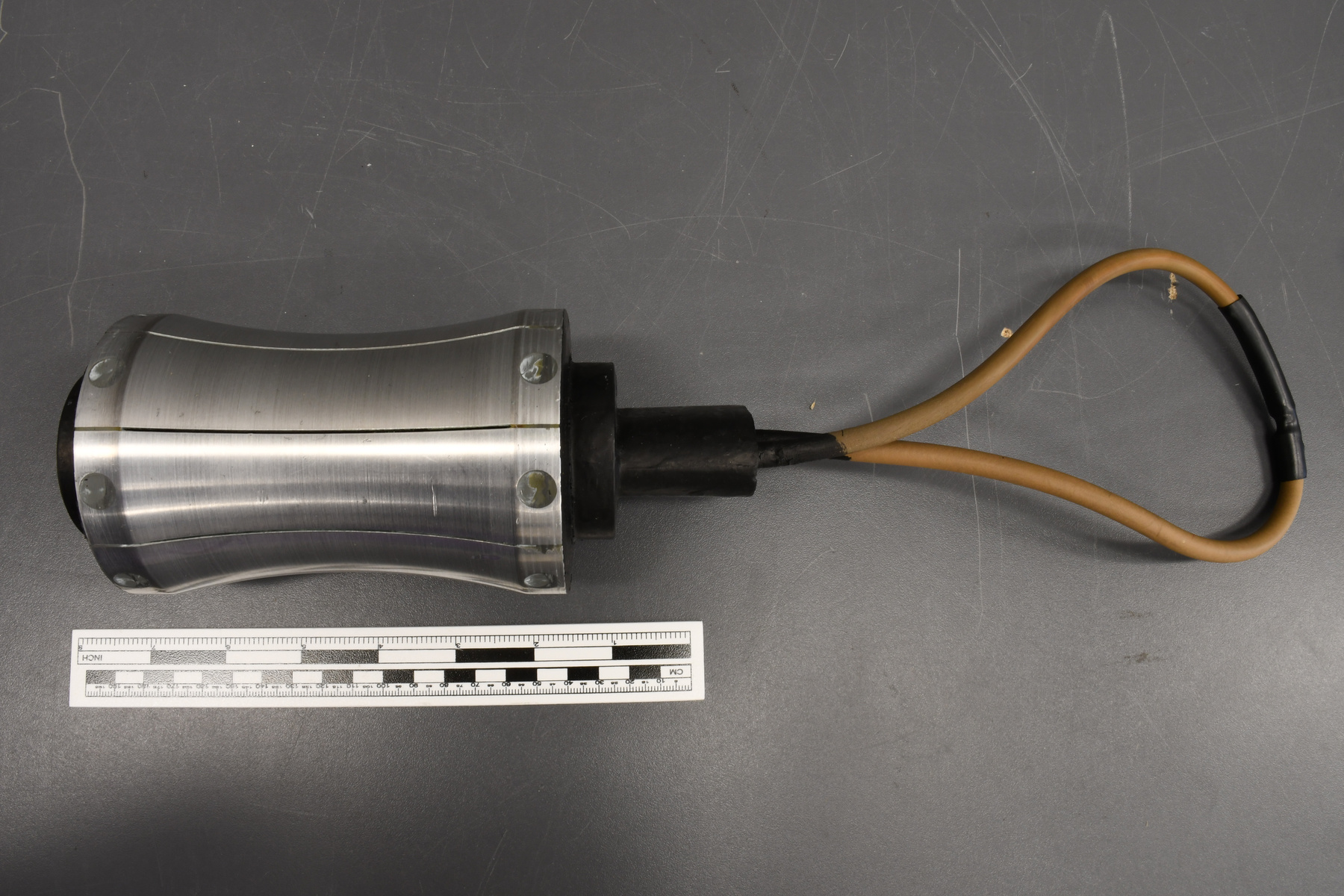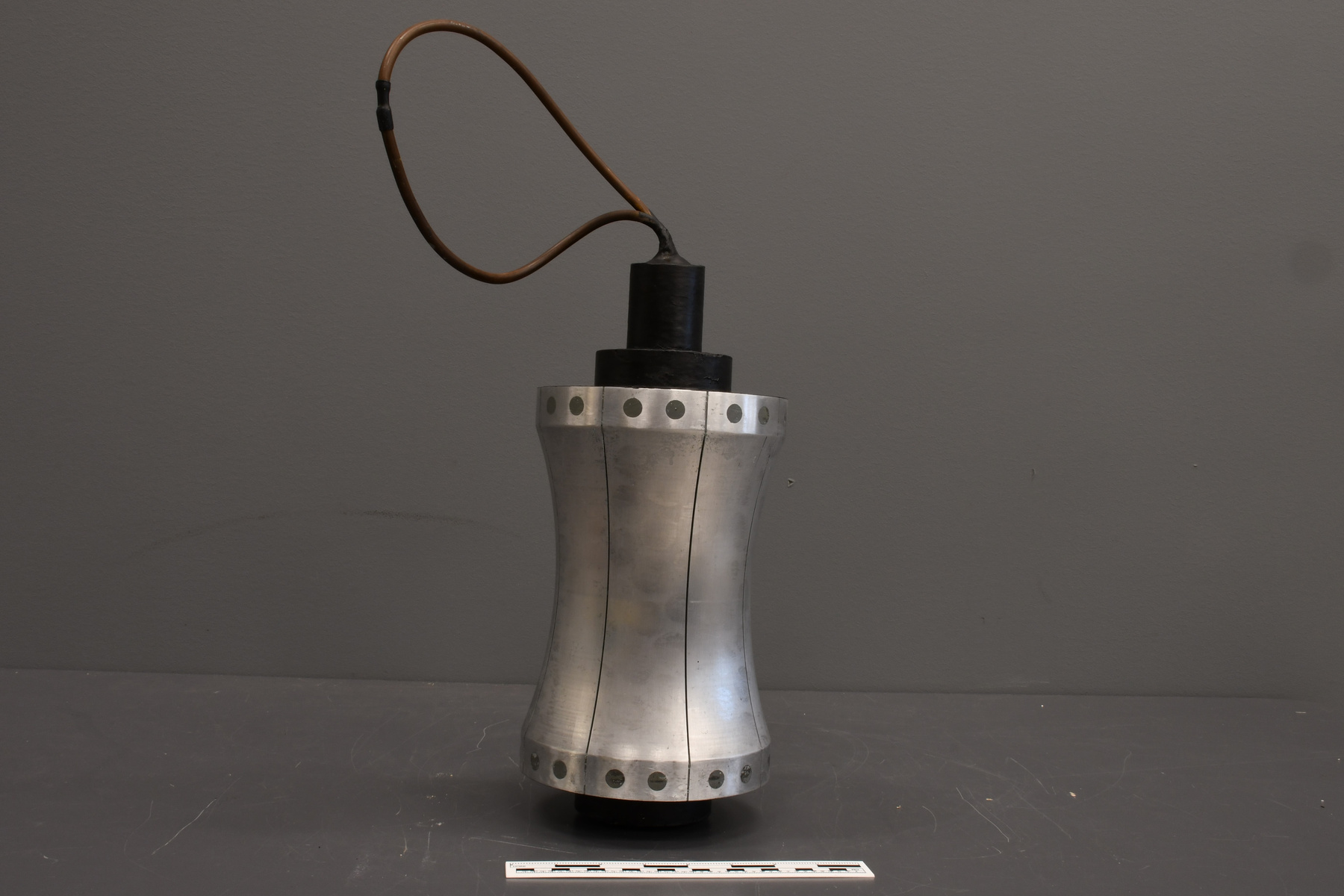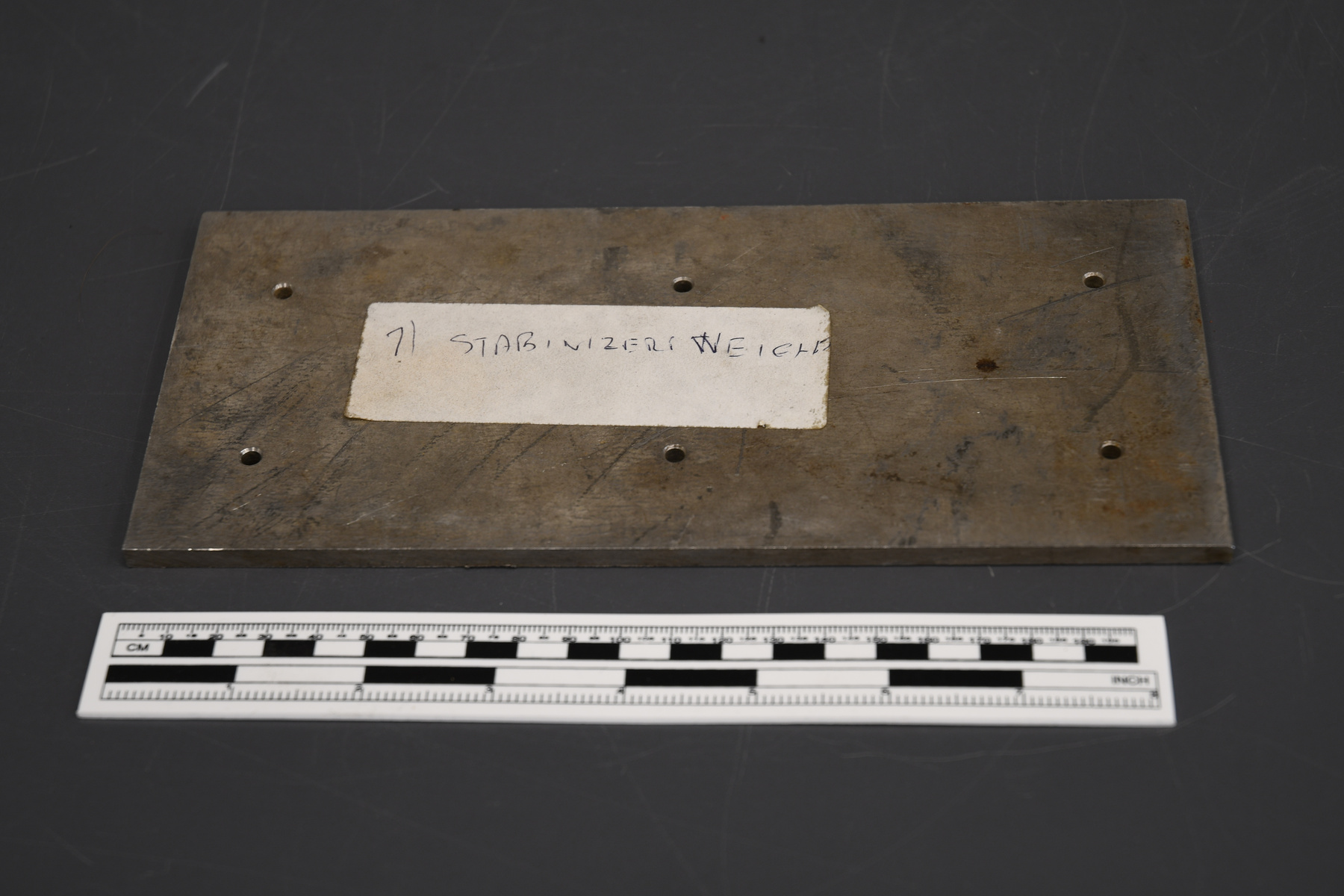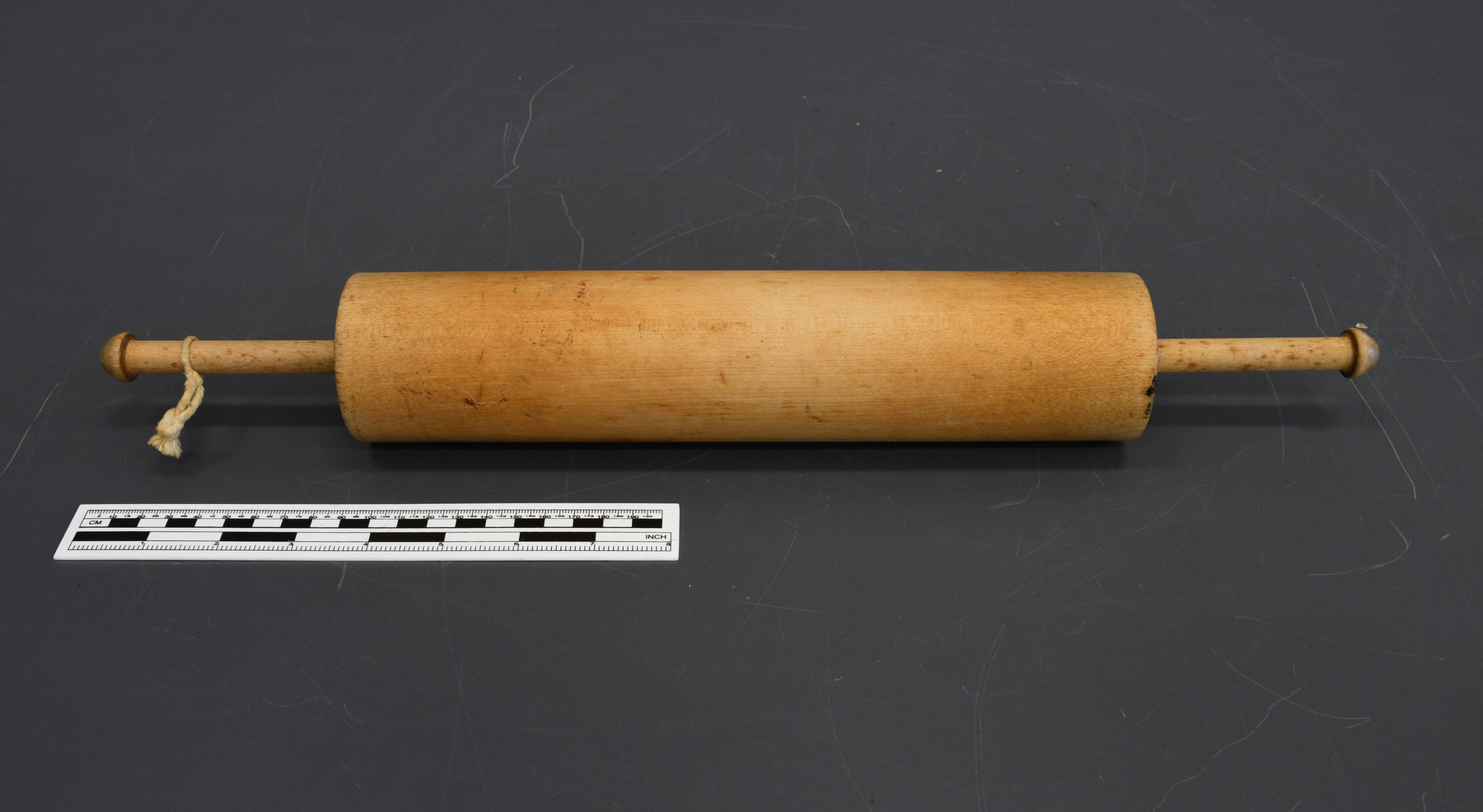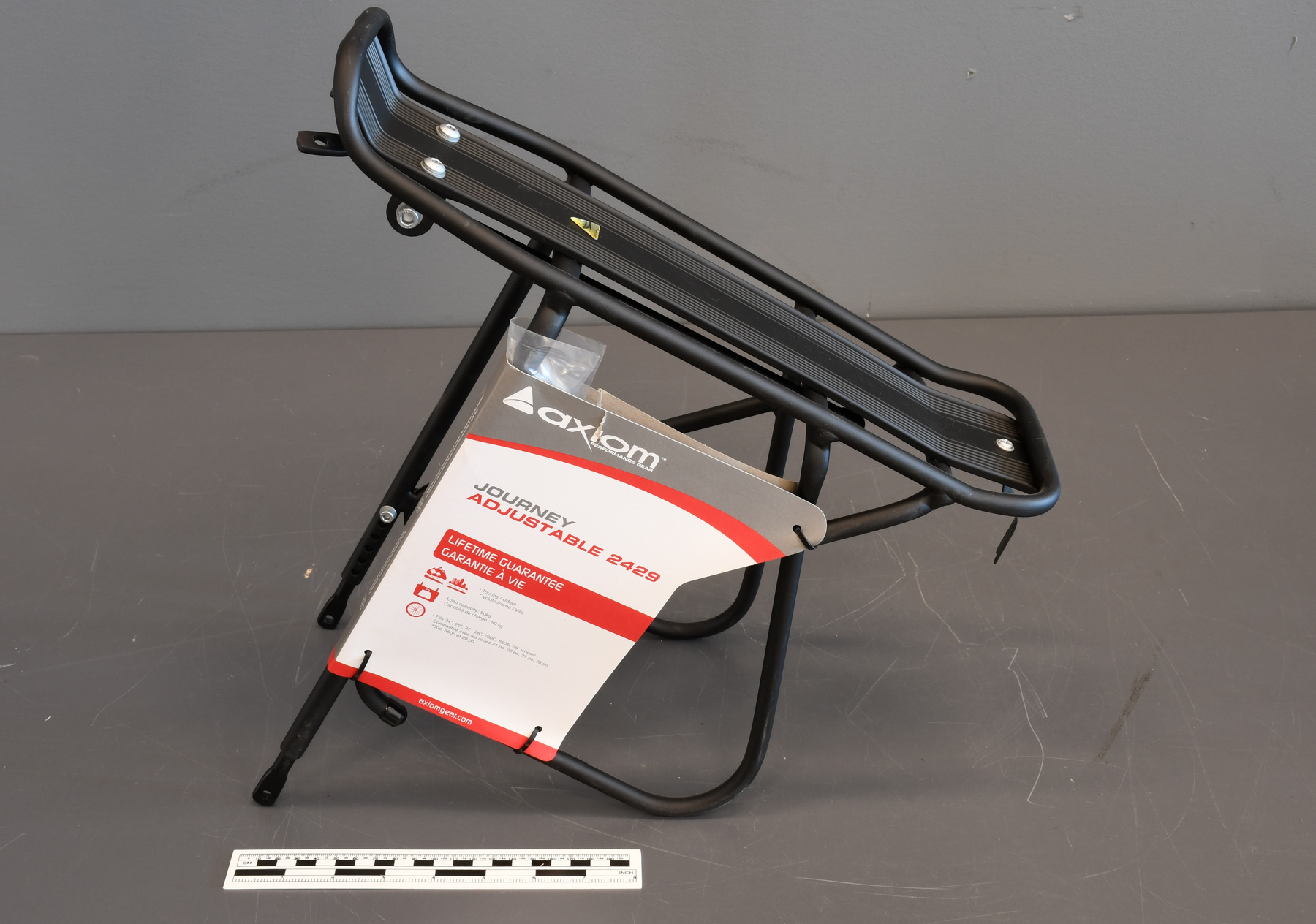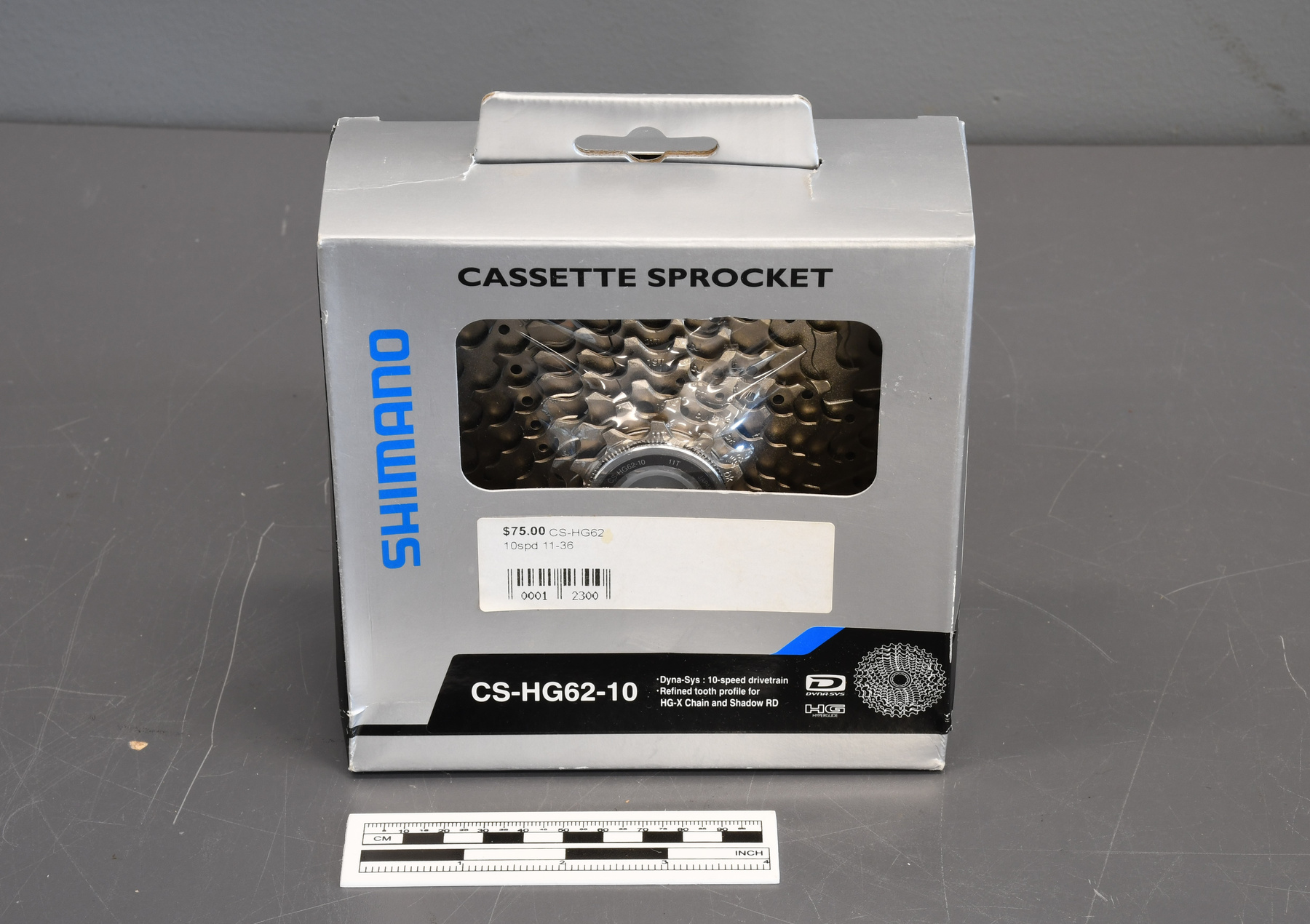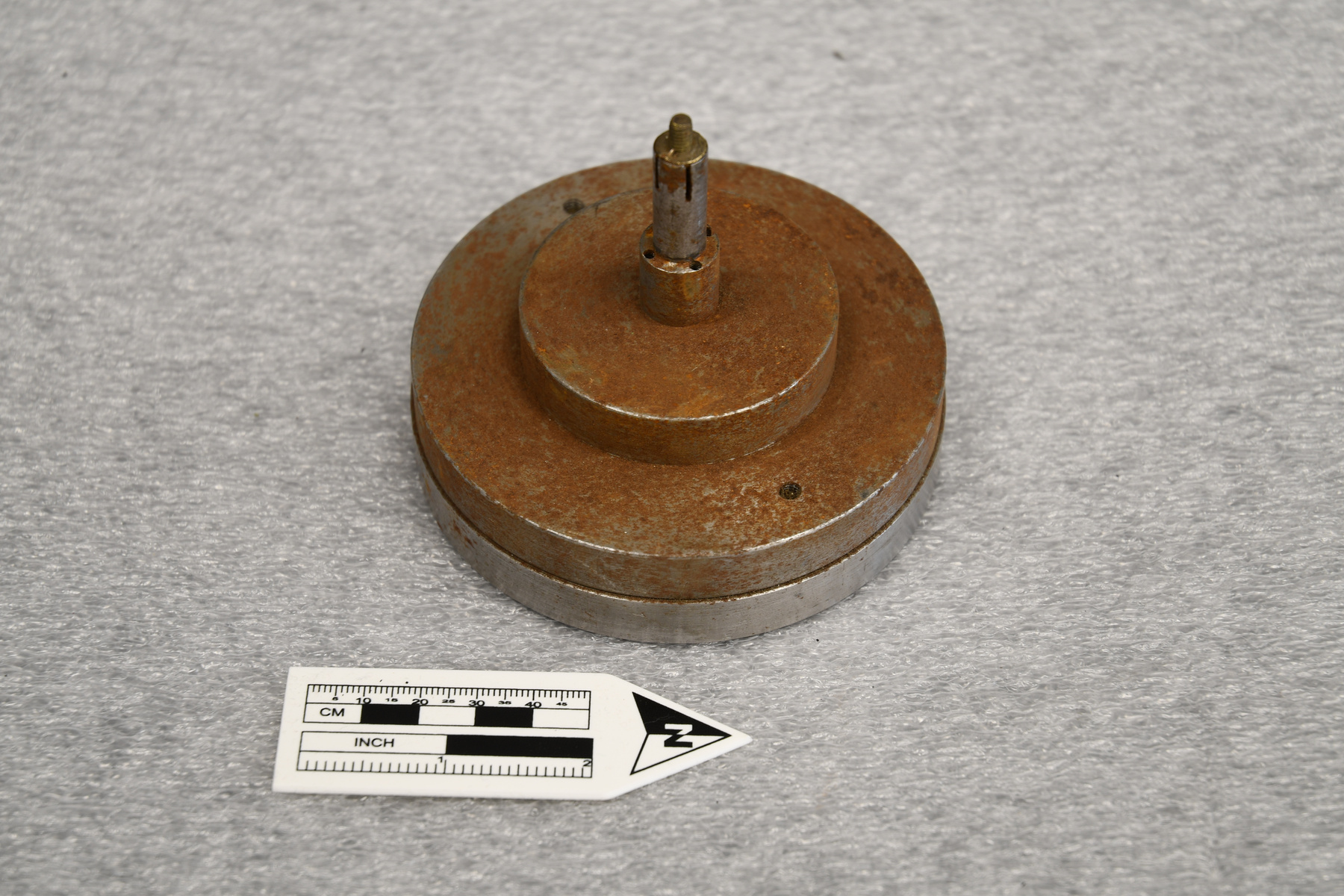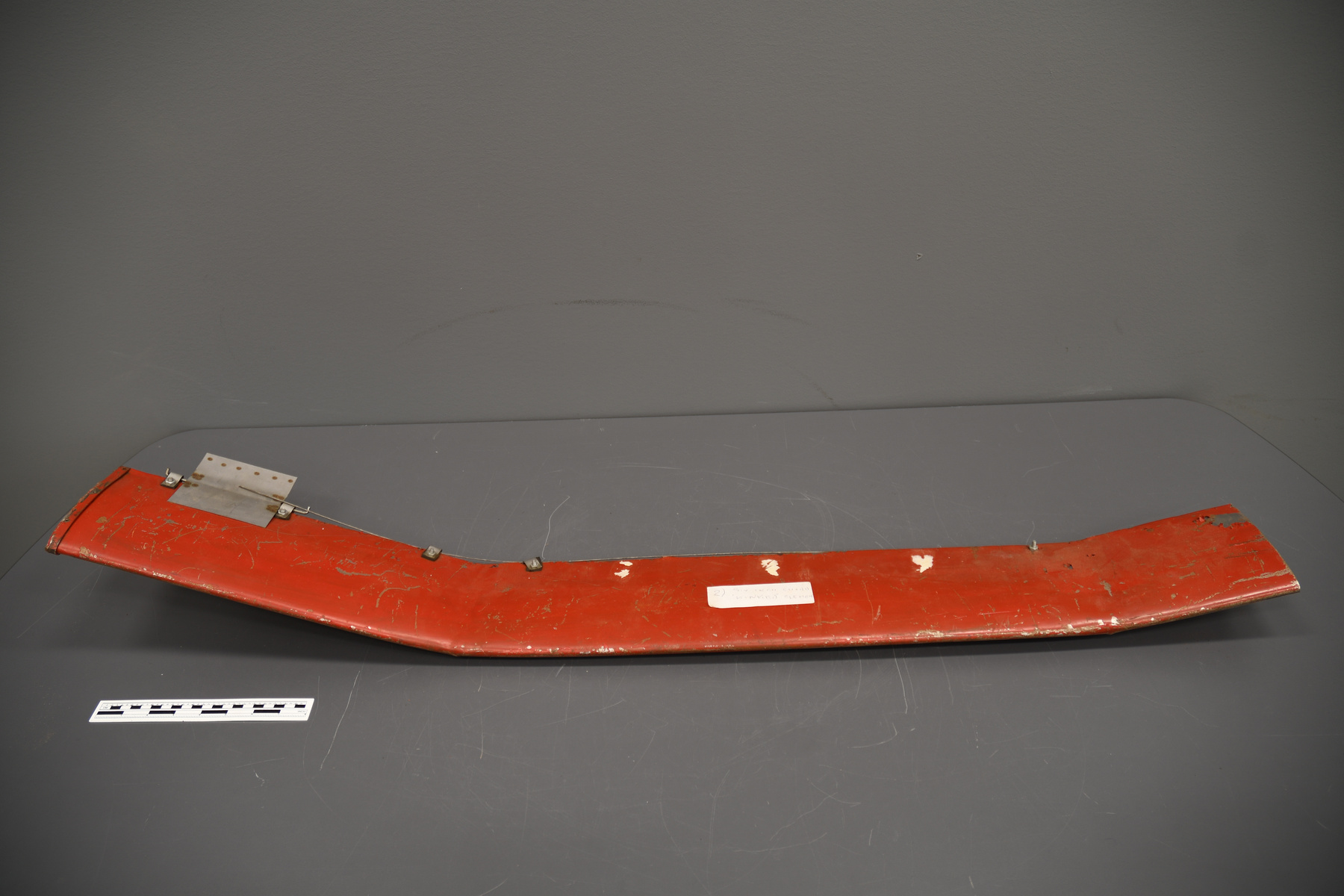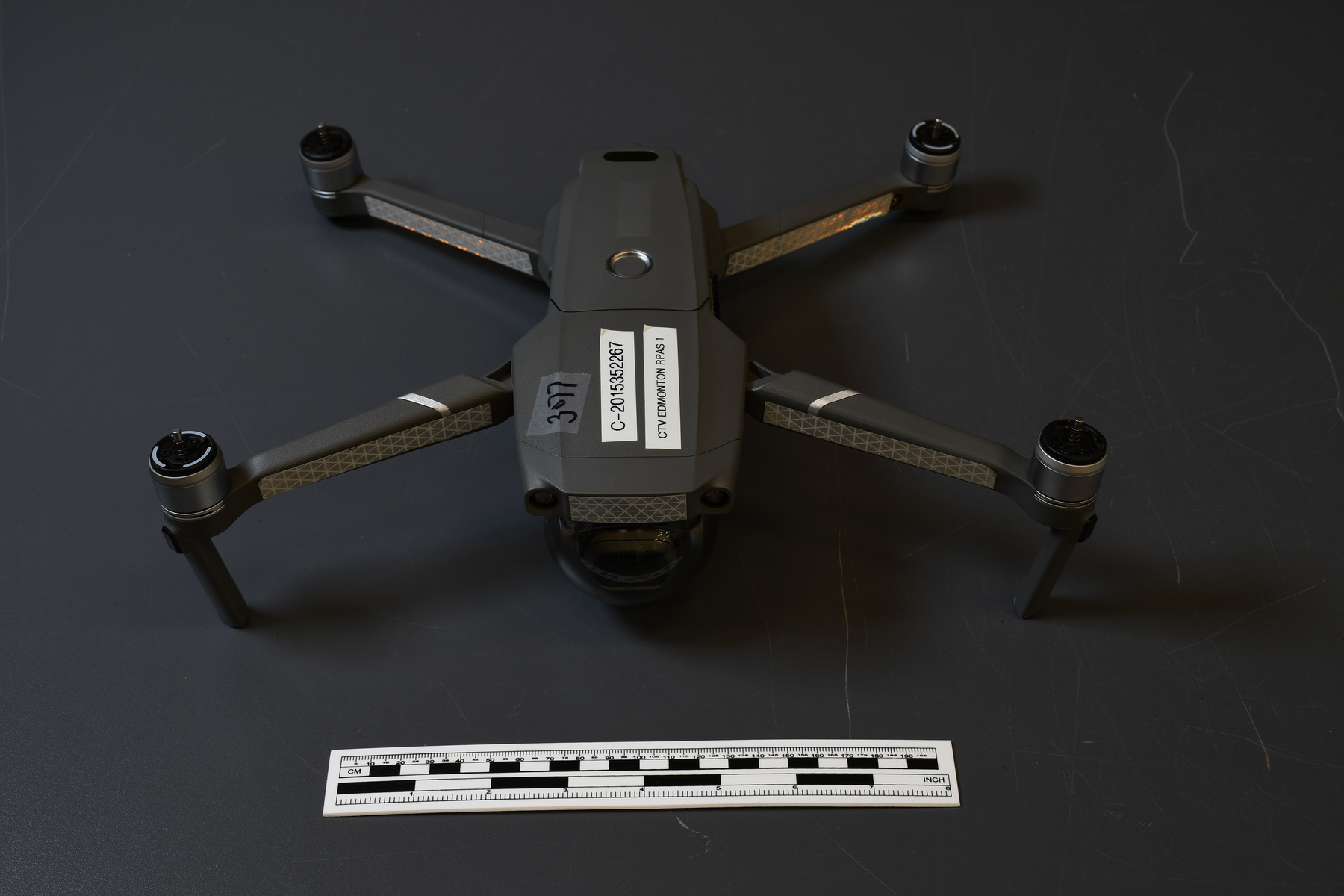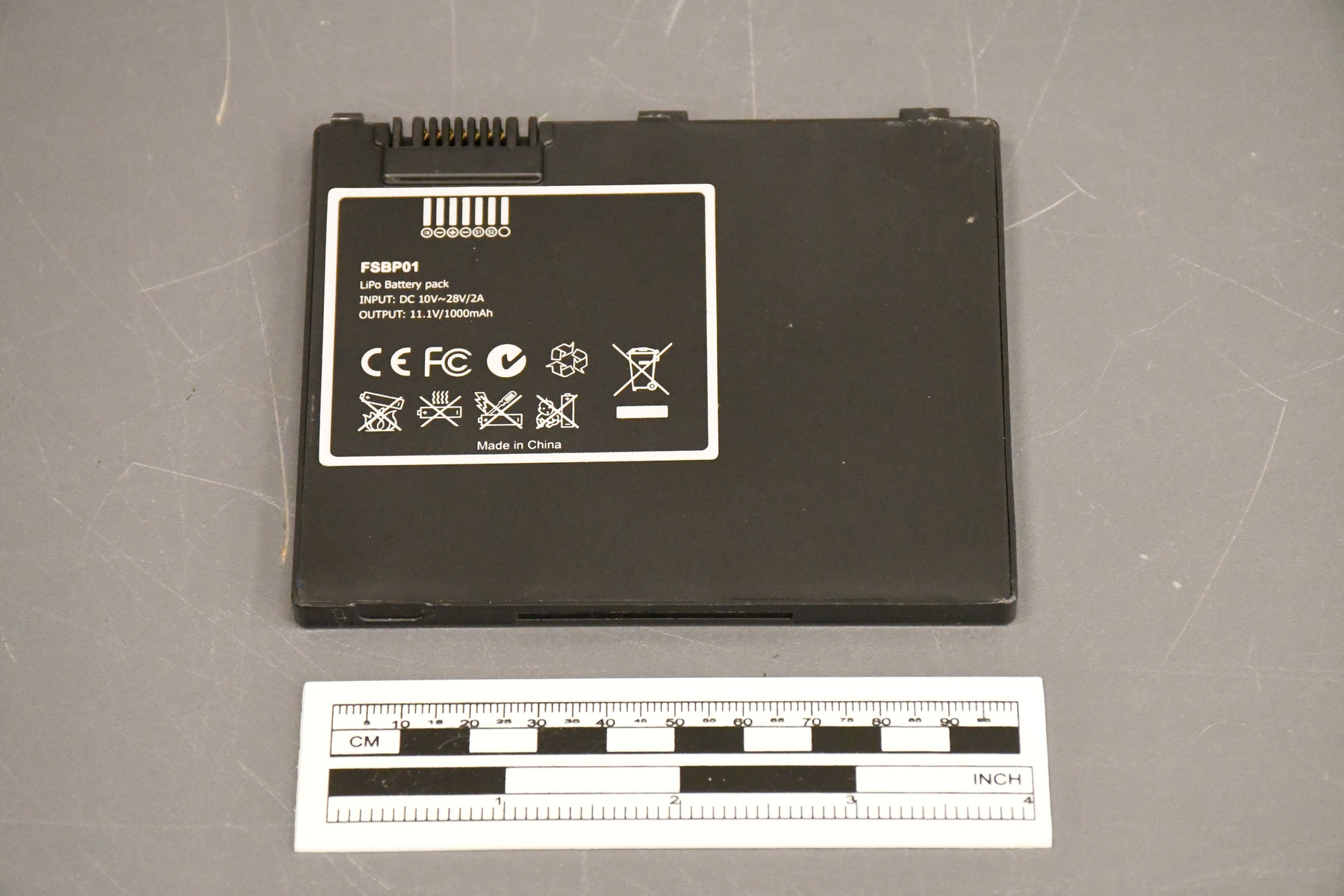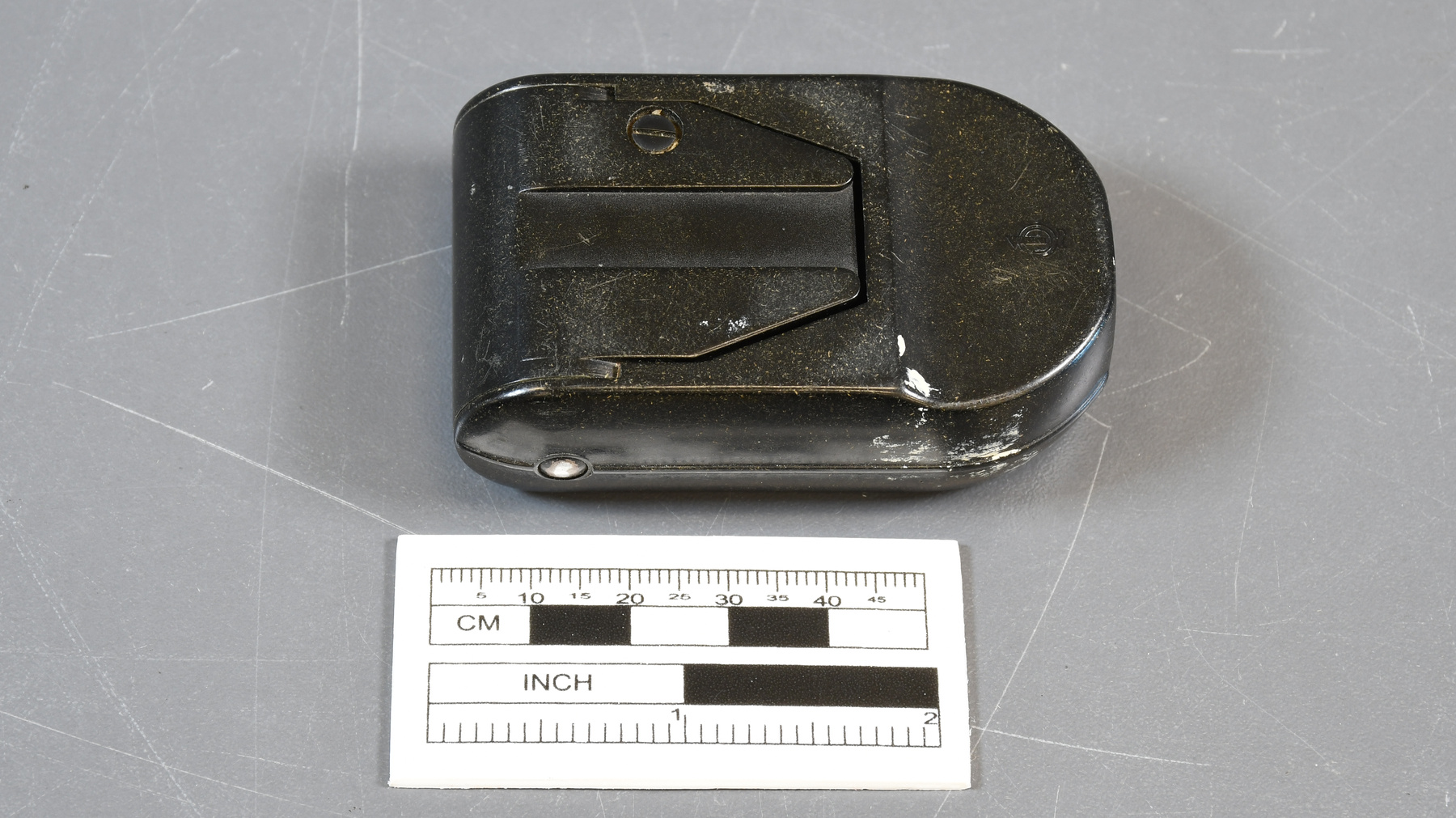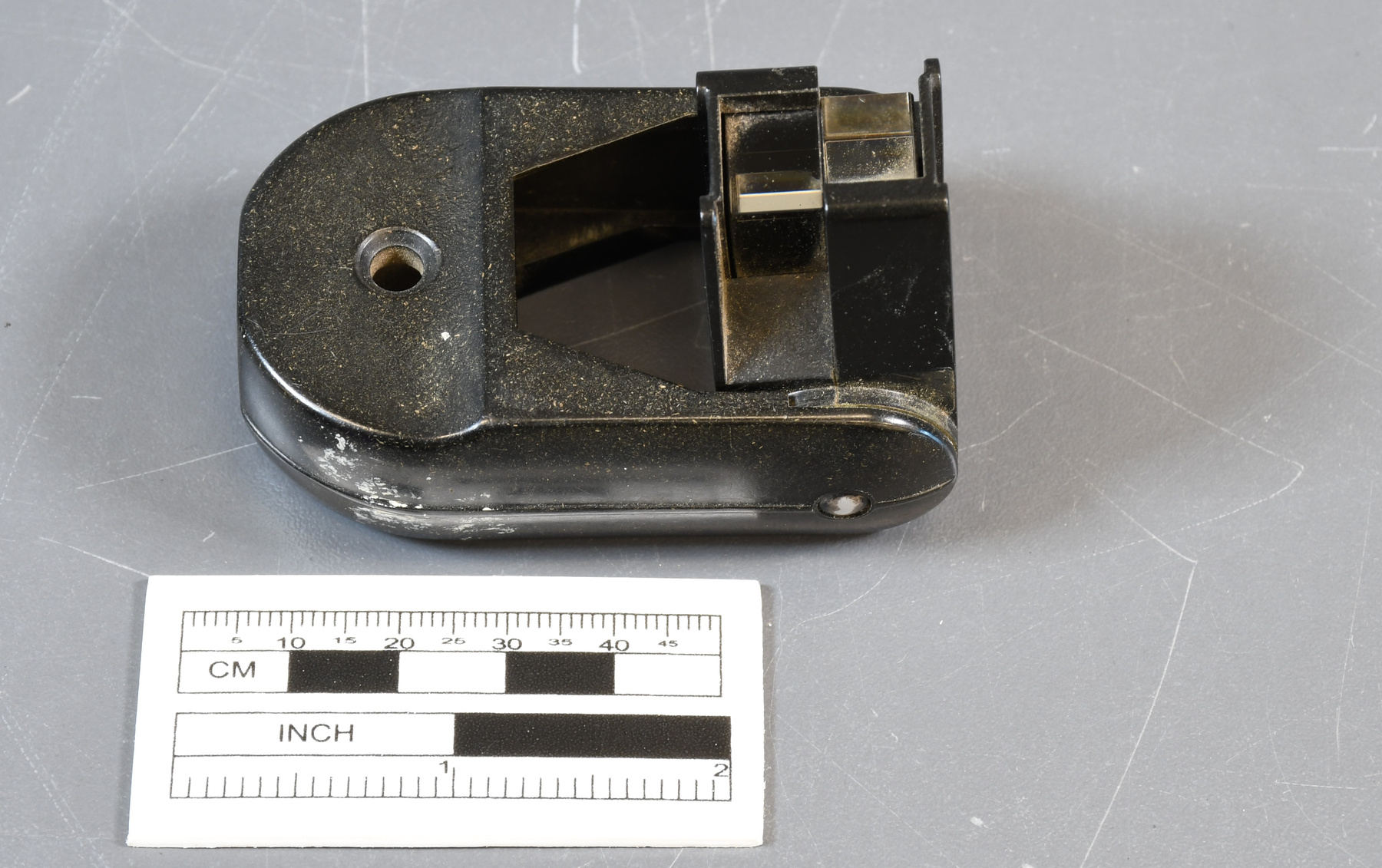Prism
Use this image
Can I reuse this image without permission? Yes
Object images on the Ingenium Collection’s portal have the following Creative Commons license:
Copyright Ingenium / CC BY-NC-ND (Attribution-NonCommercial 4.0 International (CC BY-NC 4.0)
ATTRIBUTE THIS IMAGE
Ingenium,
2010.1447.006
Permalink:
Ingenium is releasing this image under the Creative Commons licensing framework, and encourages downloading and reuse for non-commercial purposes. Please acknowledge Ingenium and cite the artifact number.
DOWNLOAD IMAGEPURCHASE THIS IMAGE
This image is free for non-commercial use.
For commercial use, please consult our Reproduction Fees and contact us to purchase the image.
- OBJECT TYPE
- geodimeter
- DATE
- 1969
- ARTIFACT NUMBER
- 2010.1447.006
- MANUFACTURER
- Unknown
- MODEL
- Unknown
- LOCATION
- Unknown
More Information
General Information
- Serial #
- N/A
- Part Number
- 6
- Total Parts
- 13
- AKA
- N/A
- Patents
- N/A
- General Description
- An object comprised of synthetic, metal and glass material/Un objet fait avec des éléments synthétiques, en métal et en verre.
Dimensions
Note: These reflect the general size for storage and are not necessarily representative of the object's true dimensions.
- Length
- 6.0 cm
- Width
- 4.0 cm
- Height
- 2.5 cm
- Thickness
- N/A
- Weight
- N/A
- Diameter
- N/A
- Volume
- N/A
Lexicon
- Group
- Exploration and Survey
- Category
- Measurement-distance
- Sub-Category
- N/A
Manufacturer
- AKA
- Unknown
- Country
- Unknown
- State/Province
- Unknown
- City
- Unknown
Context
- Country
- Canada
- State/Province
- British Columbia
- Period
- 1969-1978
- Canada
-
This geodimeter was acquired from a Canadian branch of the manufacturer known as AGAtronics. Surveying Canada’s extensive and rugged territory has demanded sophisticated science and played a crucial role in the assessment and exploitation of our natural resources. The donor and his family immigrated to Canada in 1952 and moved to British Columbia in 1964. He was commissioned a British Columbia Land Surveyor in 1969 and the artifact was used extensively by him in the province’s Cariboo area until 1978 when he acquired a newer model to replace it. Ce géodimètre était acquis d'une branche du manufacturier canadien soue le nom AGAtronics. L'arpentage du Canada demande l'utilisation d'une science précise pour l'exploitation de nos ressources naturelles. Le donateur et sa famille ont immigré au Canada en 1952 et ont déménagé en Colombie-Britannique en 1964. Il est devenu un arpenteur-géomètre breveté de la province en 1969. L'artefact était utilisé dans la région Cariboo jusqu'à 1978 quand le donateur la remplacer par un modèle plus récent. - Function
-
This prism was used with a geodimeter. It could have possibly been used to help the geodimeter determine the mineral composition of rocks by measuring their reflective properties as well as the location. Ce prisme était utilisé avec un géodimètre. Il est probable que le prisme était utilisé pour aider le géodimètre a déterminé la composition des minéraux des roches en mesurant leur caractéristique rétroréfléchissant ainsi que pour déterminer leur endroit. - Technical
-
Model 6B likely came out around 1969 and was the first one with an orange finish rather than the earlier gray. This artifact represents a shift away from earlier instruments characterized by their mass and heft towards later ones that were so light they inspired the concept of the “total station”: a group of instruments mounted on a single tripod capable of making all of the usual surveying measurements. It was part of the first wave of lighter instruments using transistors. It also made use of of tungsten/mercury vapour lamps but they too would soon be superseded by the introduction of the laser, and then both microwave and infrared technology. Le Modèle 6B a probablement été conçus autour de l'année 1969 et il était le premier à avoir une finition orange au lieu du gris typique. L'artefact représente un changement ou un éloignement des instruments plus vieux qui était caractérisé par leur masse et grandeur. Le Modèle 6B étais non seulement plus léger, mais aussi une station complète sur un trépied capable de faire tout le mesurage nécessaire pour l'arpentage. L'objet faisait partie de la première vague à utiliser des transistors et des lampes à vapeur de tungstène/mercure, mais ils ont été remplacés par le laser et après par des micro-ondes et la technologie de l'infrarouge. - Area Notes
-
Unknown
Details
- Markings
- On the base of the prism/Sur la base du prisme: "1".
- Missing
- Appears complete/L'objet a toutes ces pièces.
- Finish
- An artifact the is rectangular in shape and has a black synthetic body. A metal bar travels through the base of the object and allows a glass prism with a black synthetic base to swivel up and down. Un objet fait en forme rectangulaire qui a une coquille faite avec du matériel synthétique de couleur noire. Il y a une tige en métal qui traverse la base de l'objet et ça permet à un prisme avec une lentille en verre de pivoter. Le prisme a une base faite avec le même matériel que la coquille du restant de l'objet.
- Decoration
- N/A
CITE THIS OBJECT
If you choose to share our information about this collection object, please cite:
Unknown Manufacturer, Prism, circa 1969, Artifact no. 2010.1447, Ingenium – Canada’s Museums of Science and Innovation, http://collection.ingeniumcanada.org/en/id/2010.1447.006/
FEEDBACK
Submit a question or comment about this artifact.
More Like This
